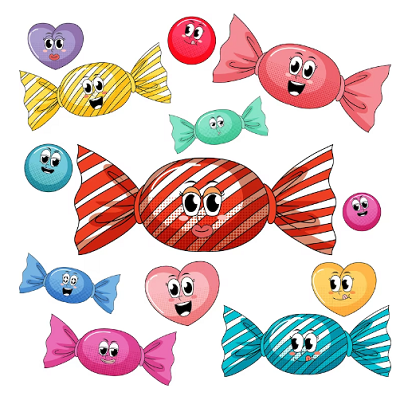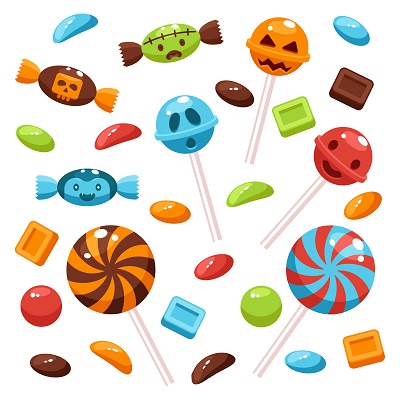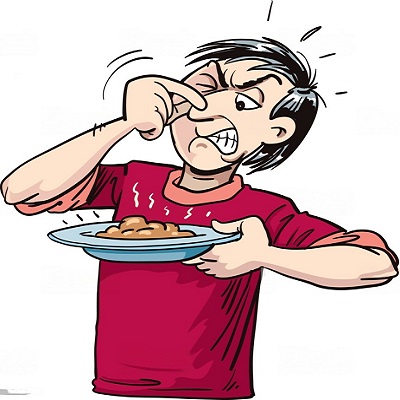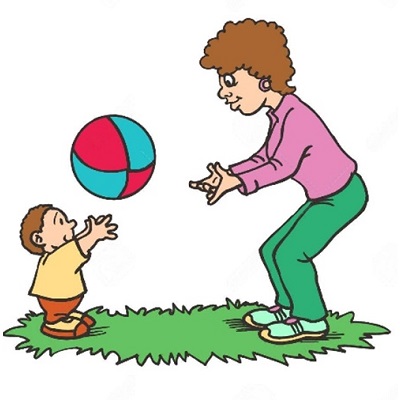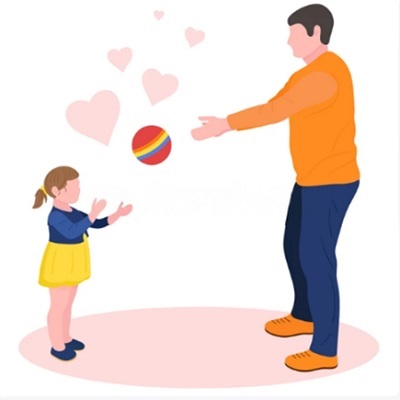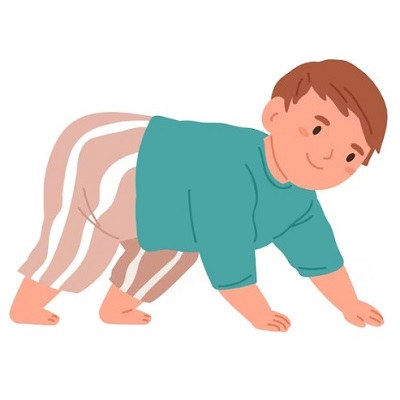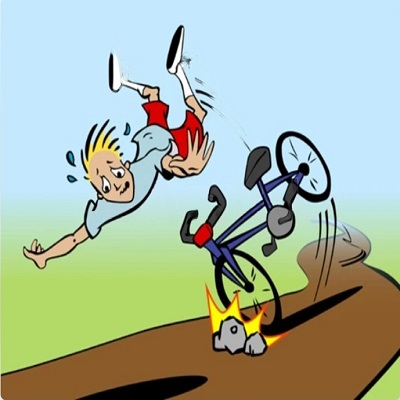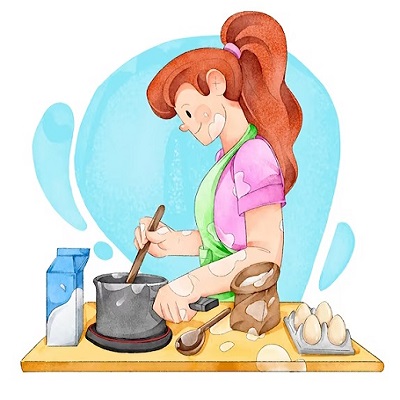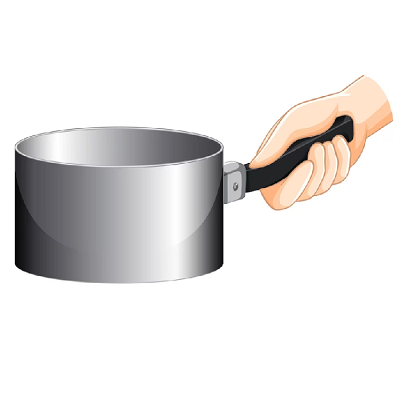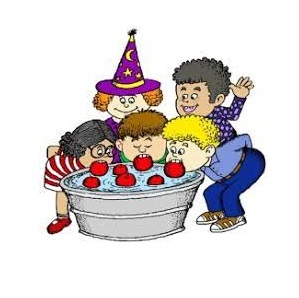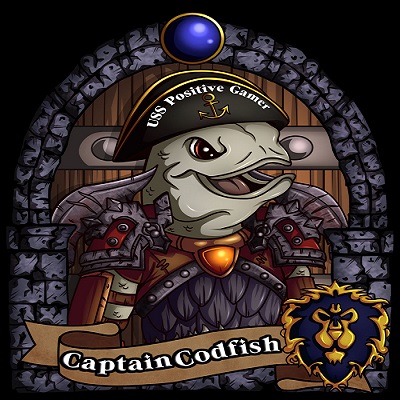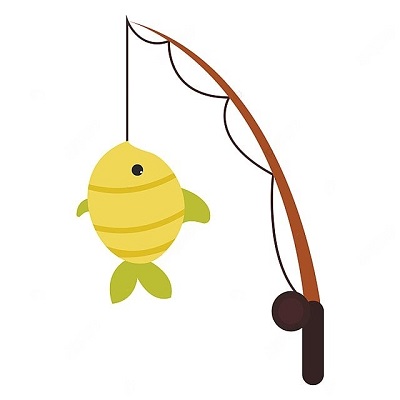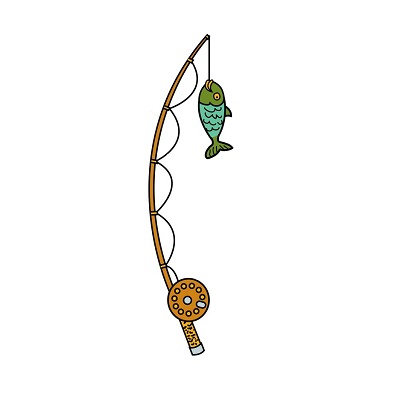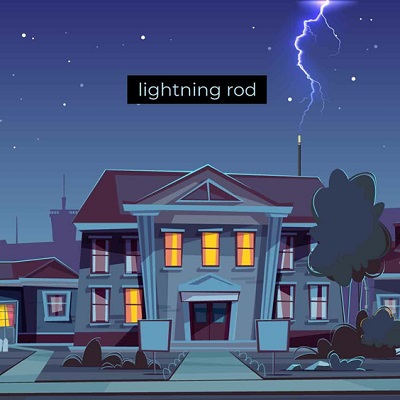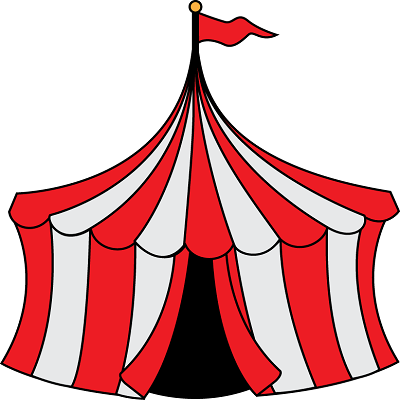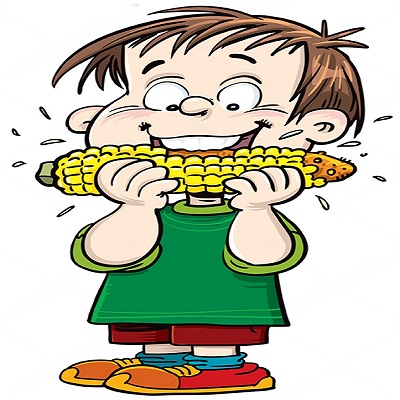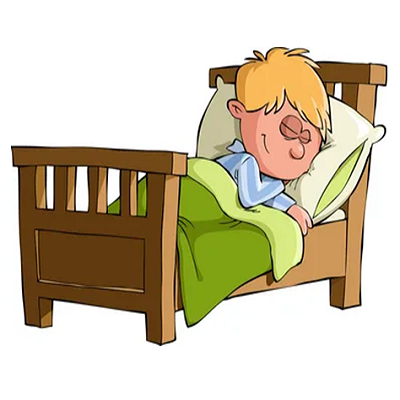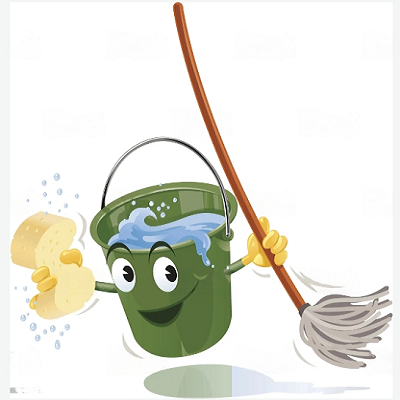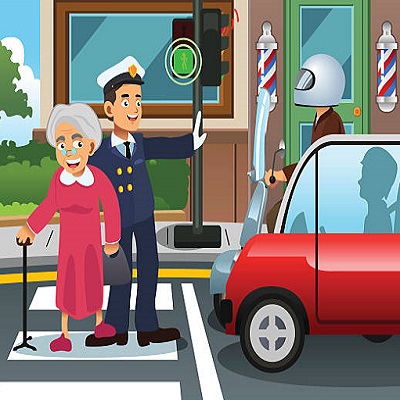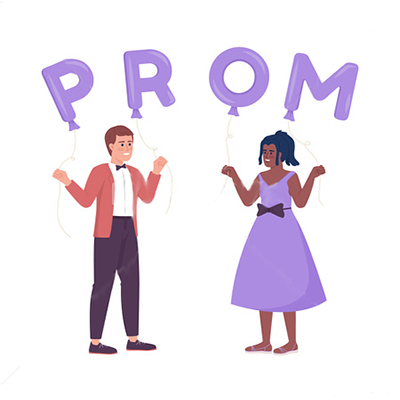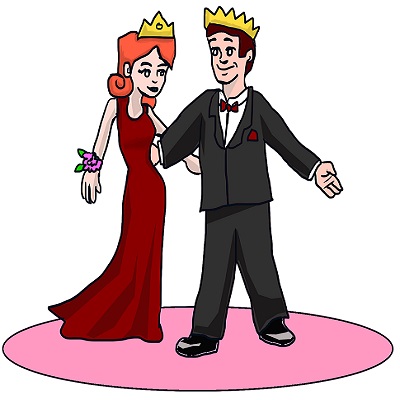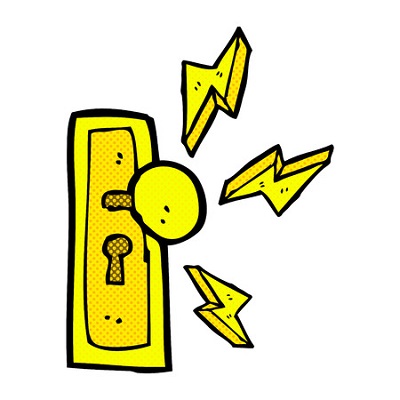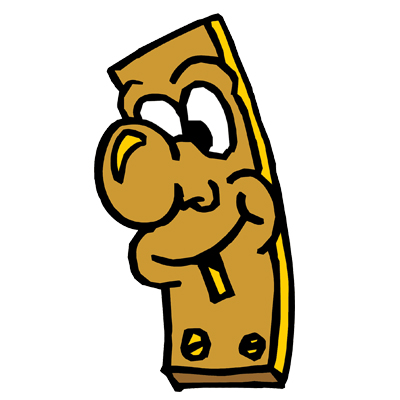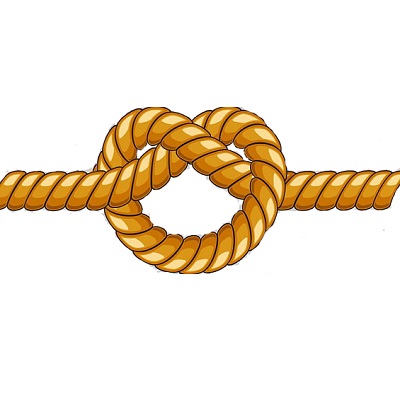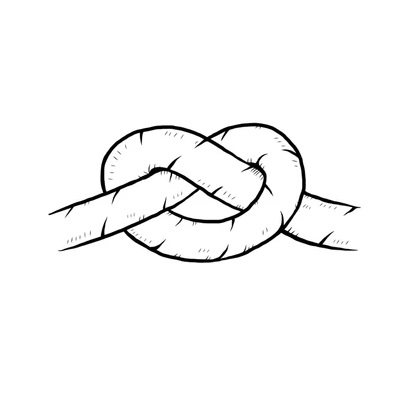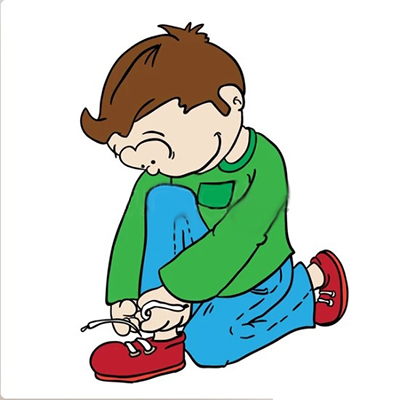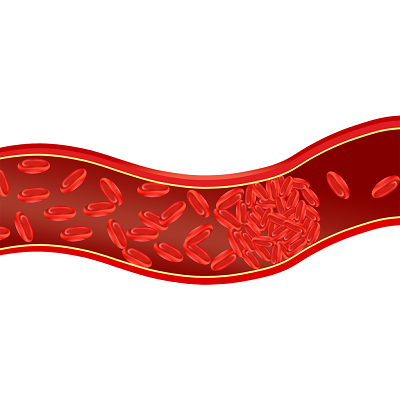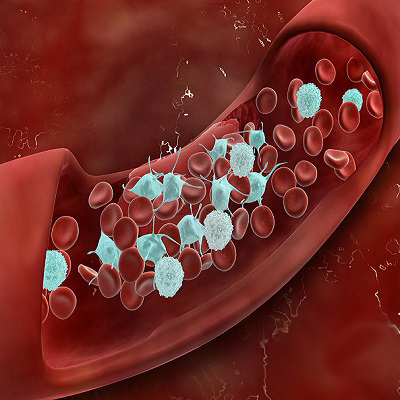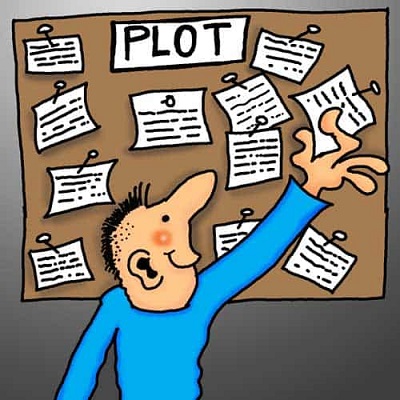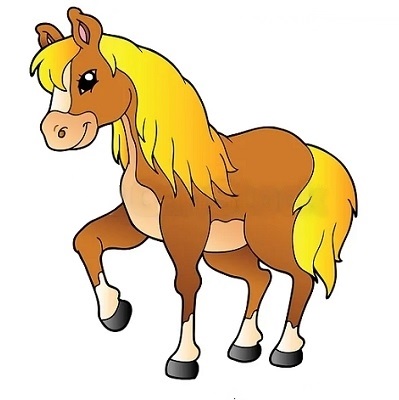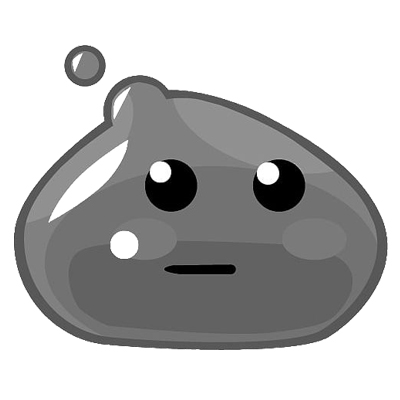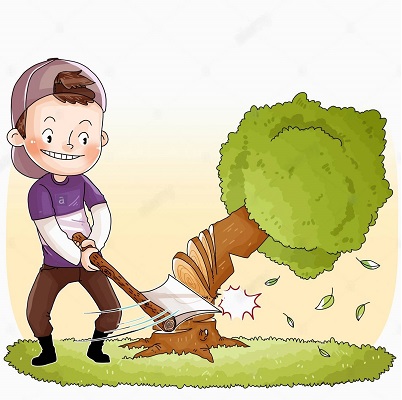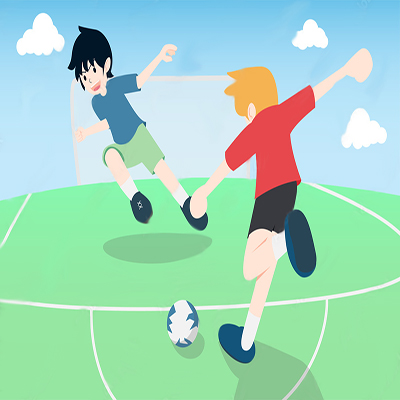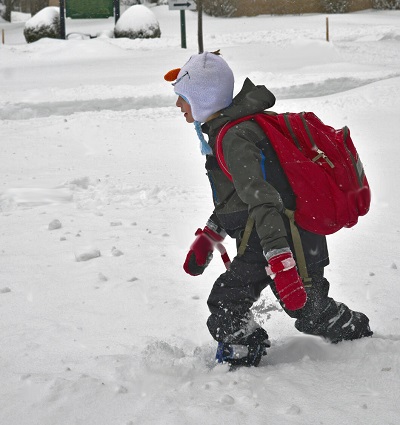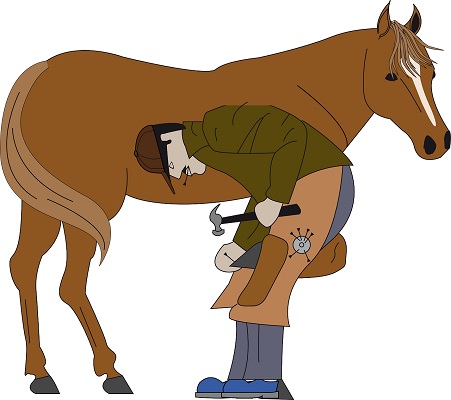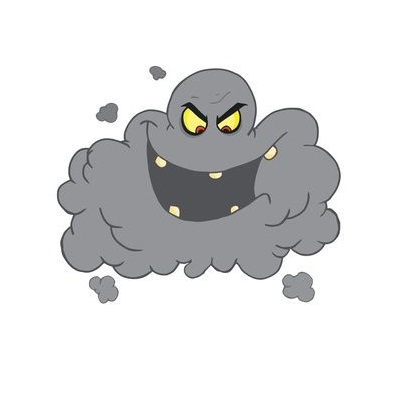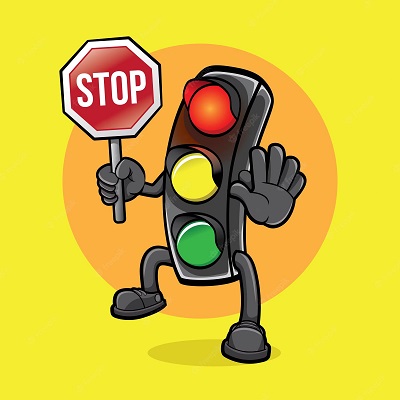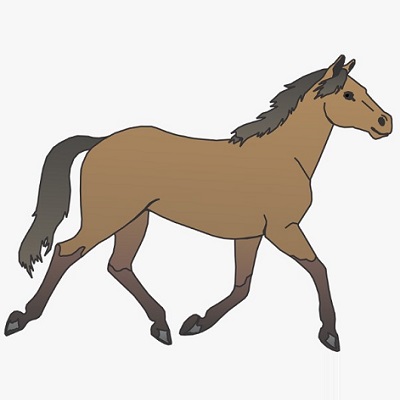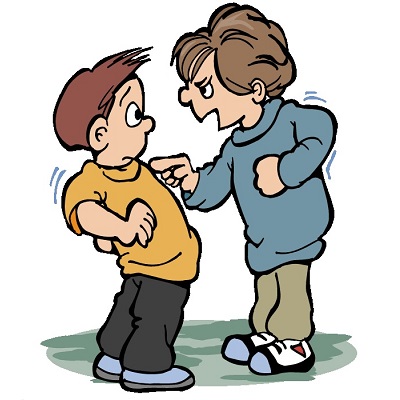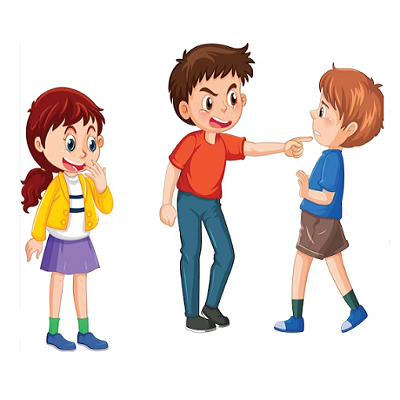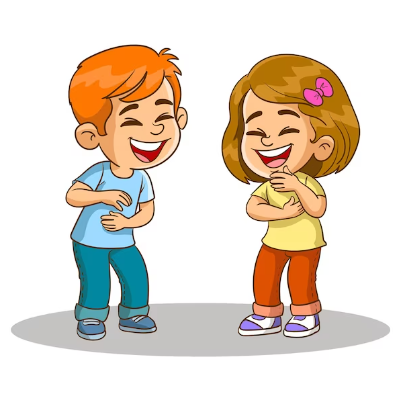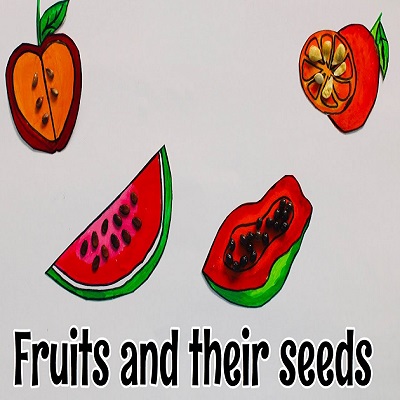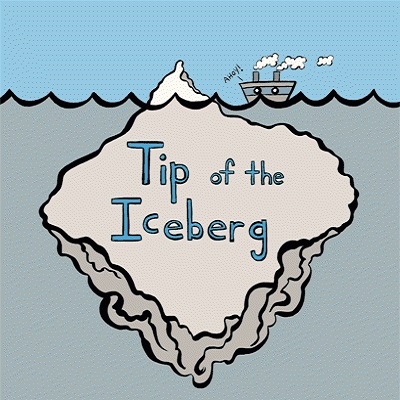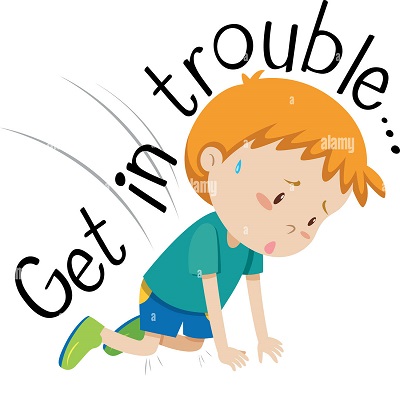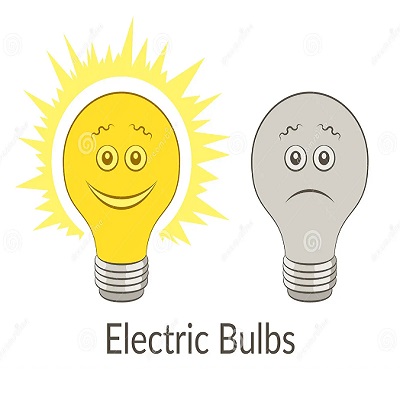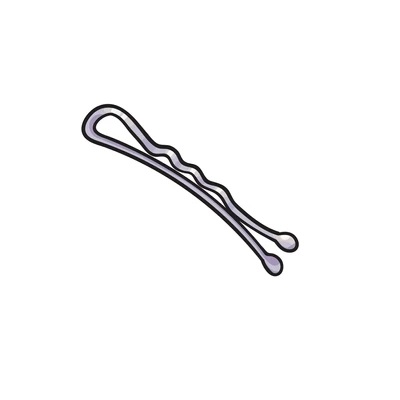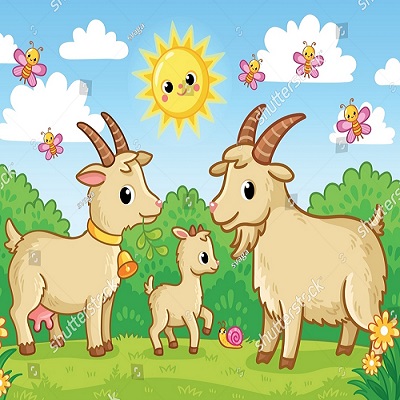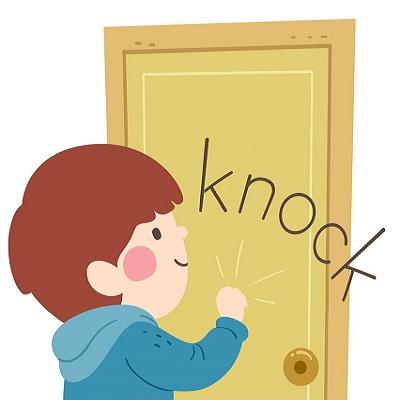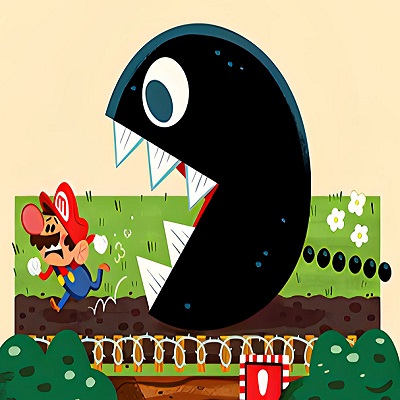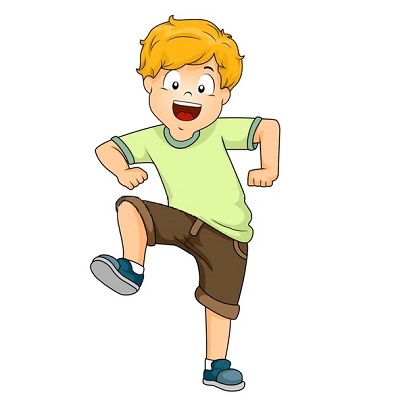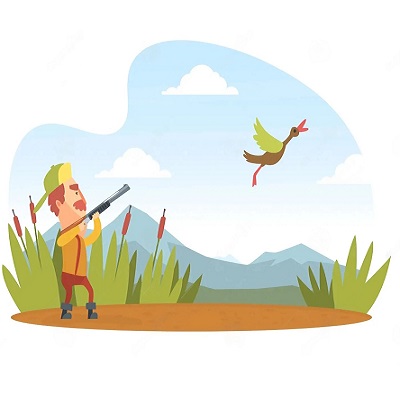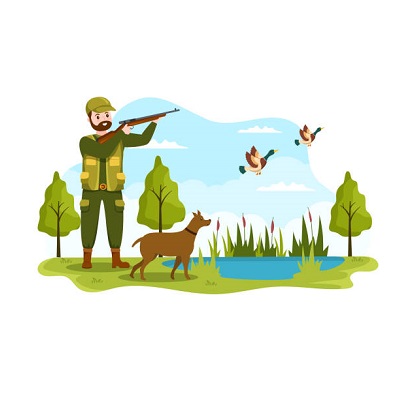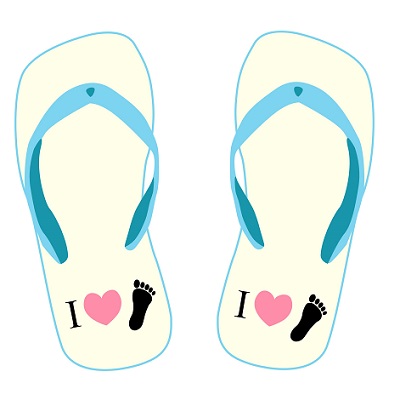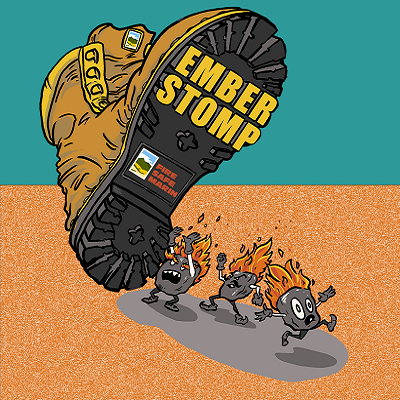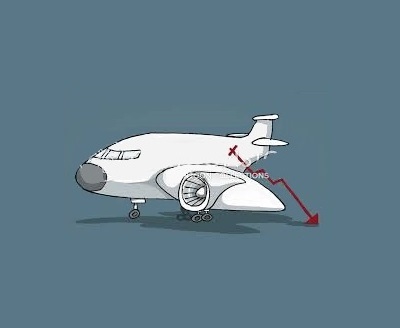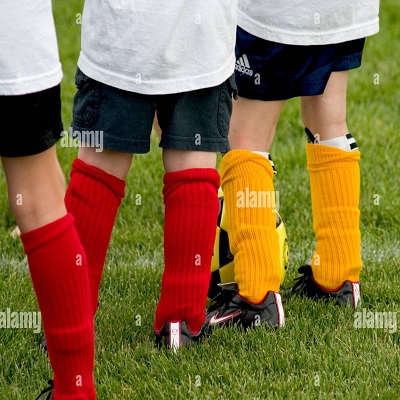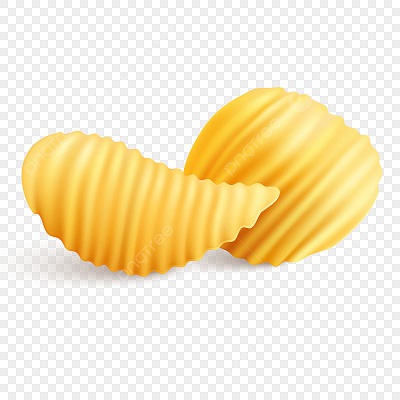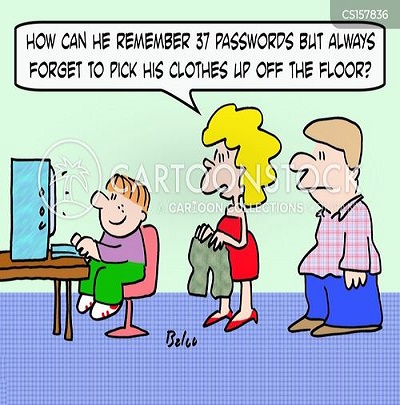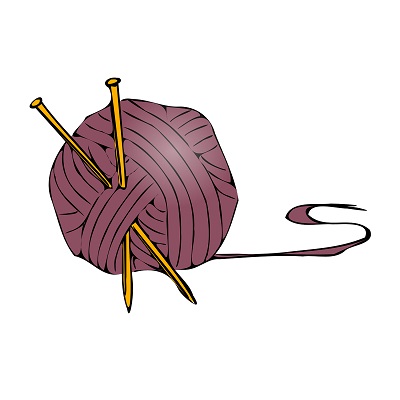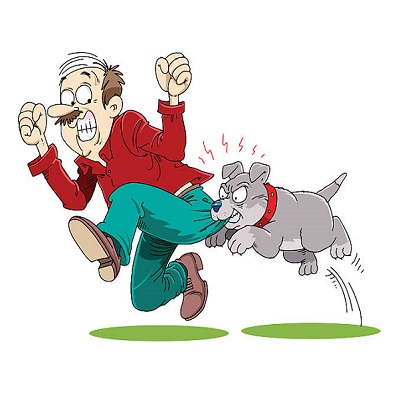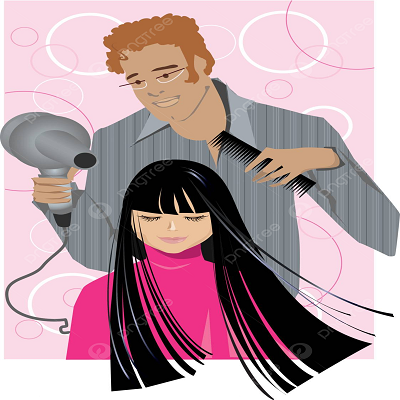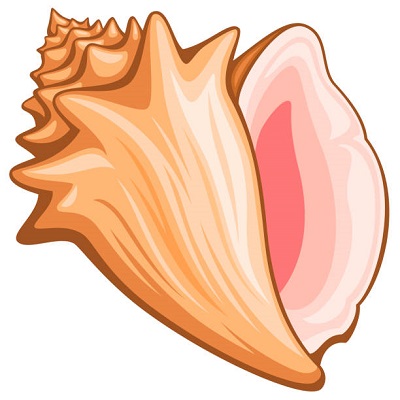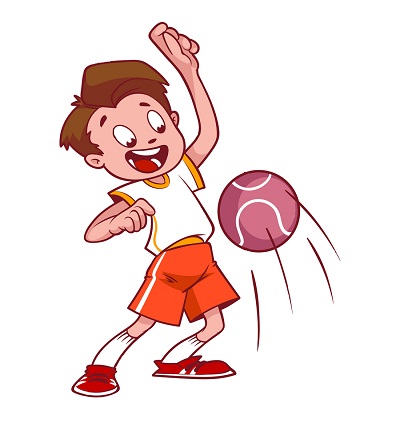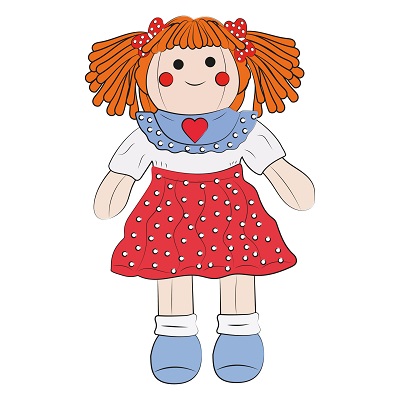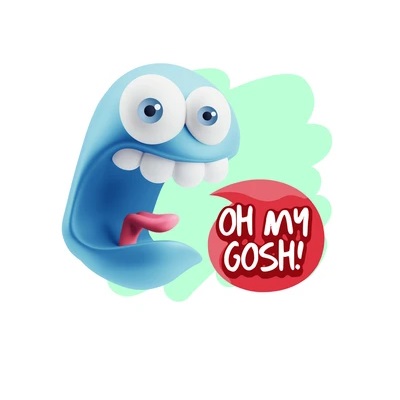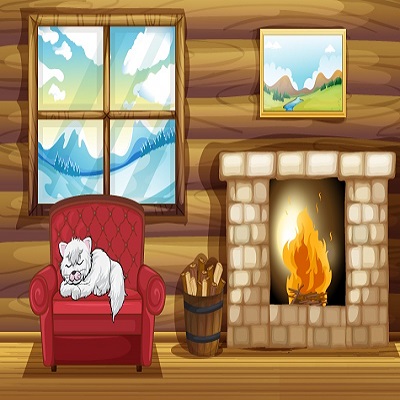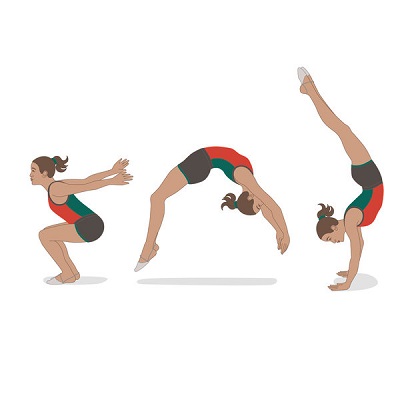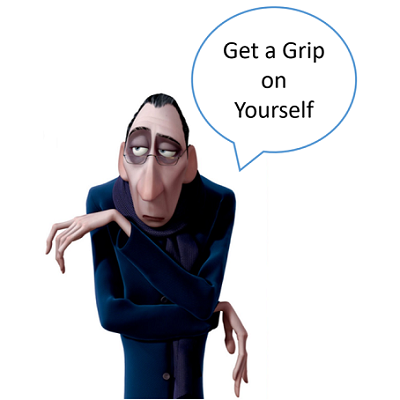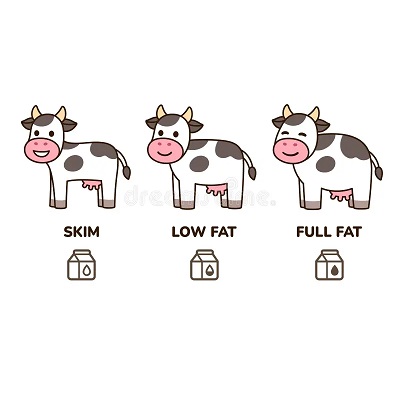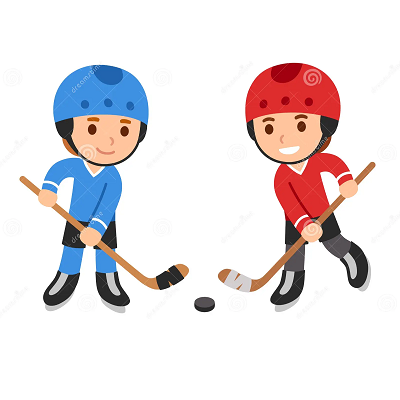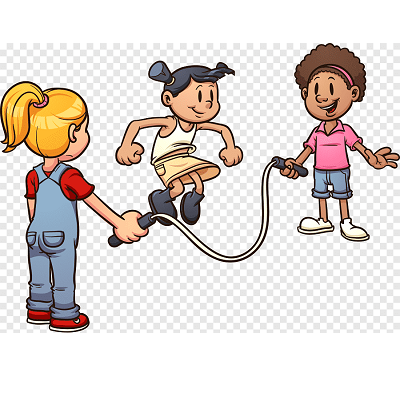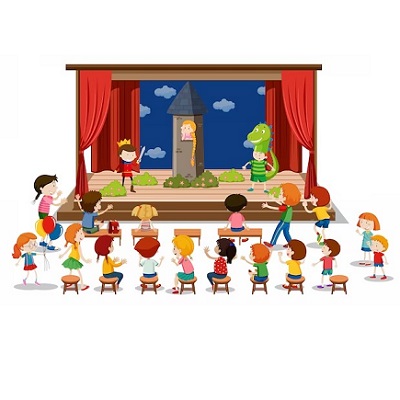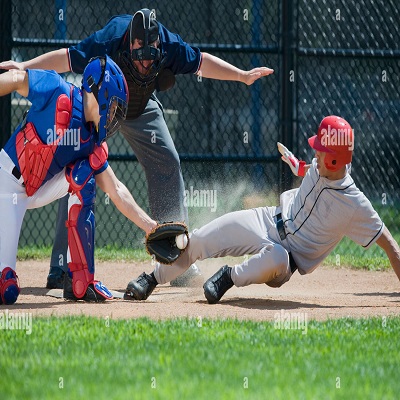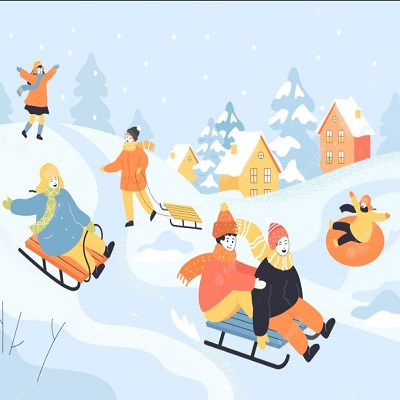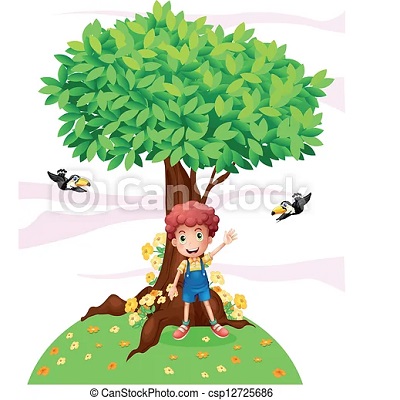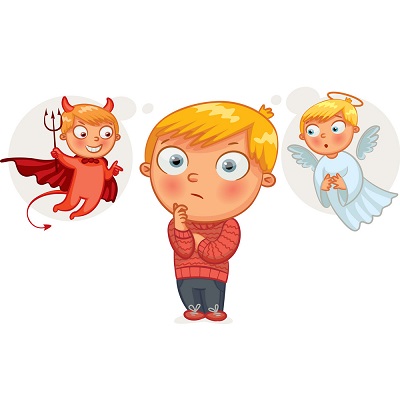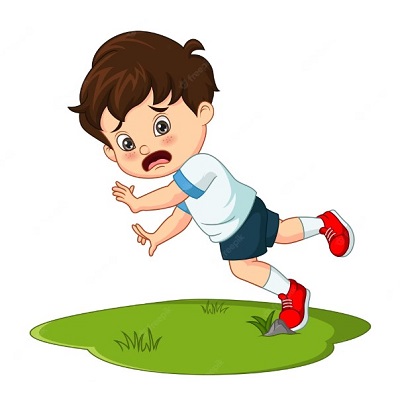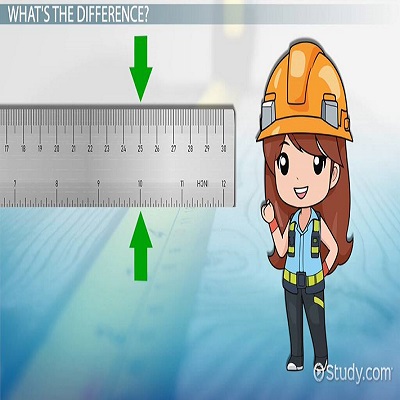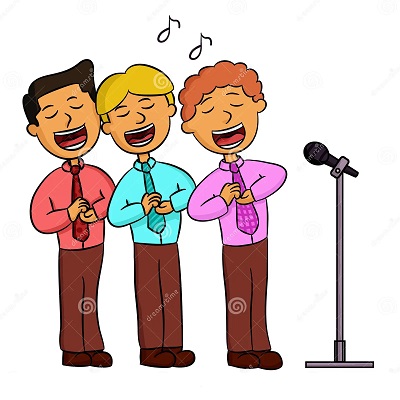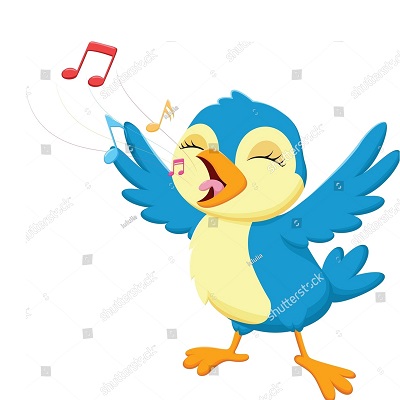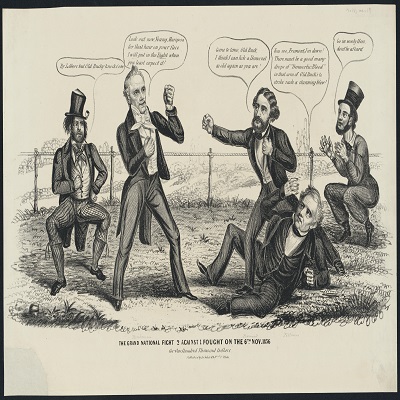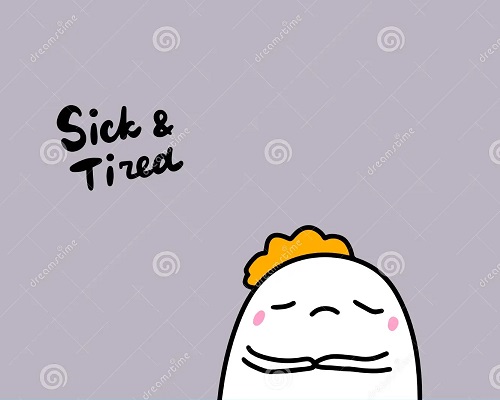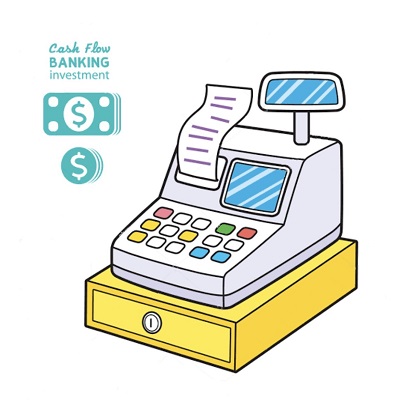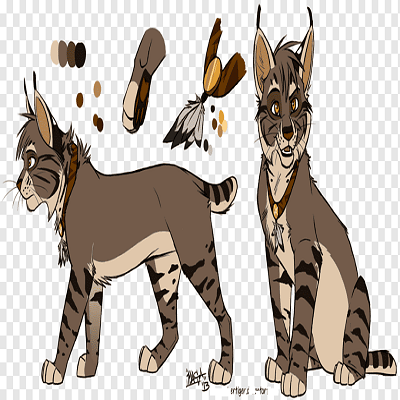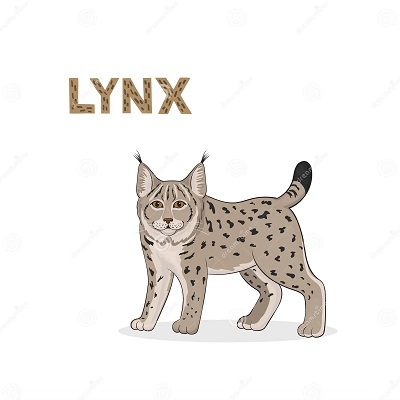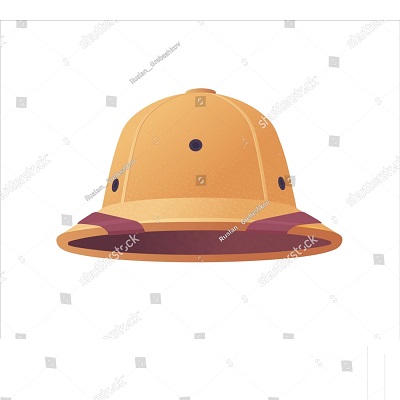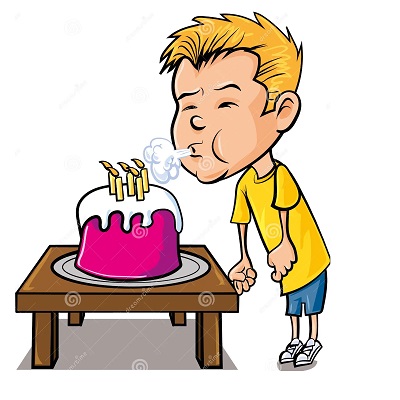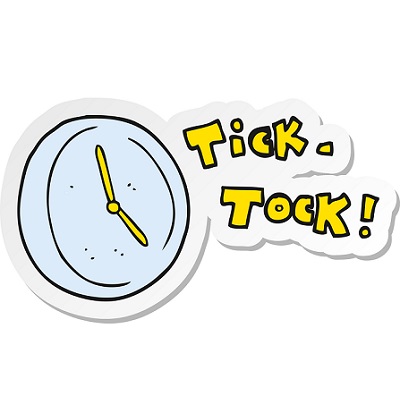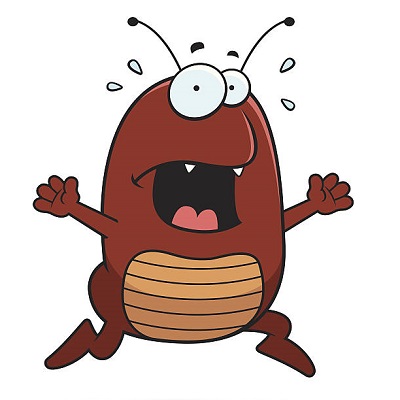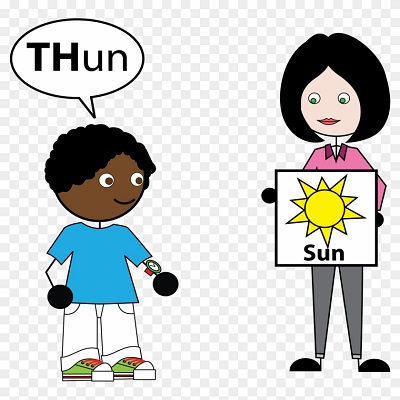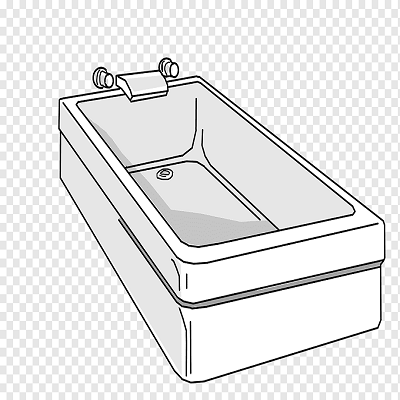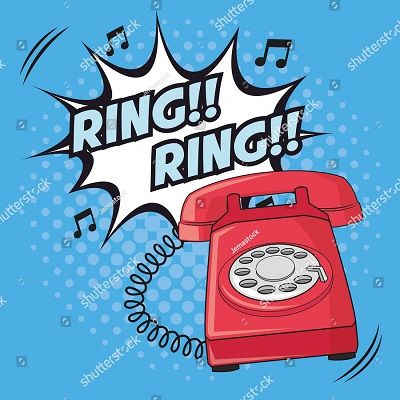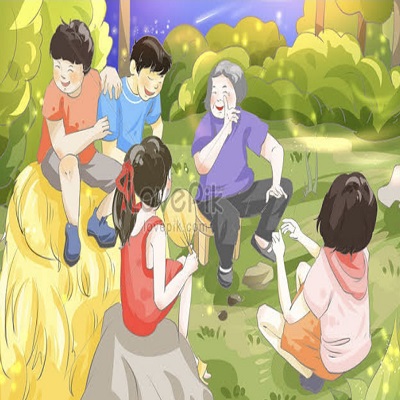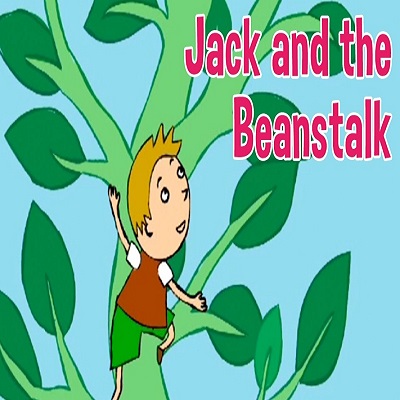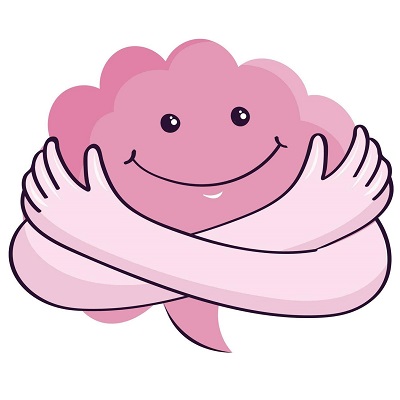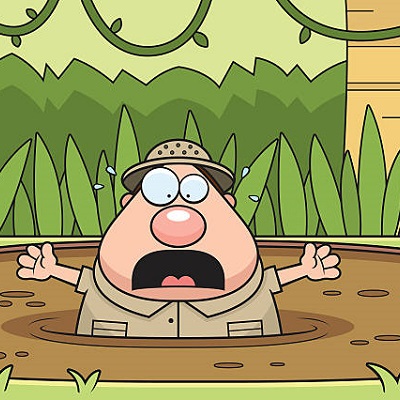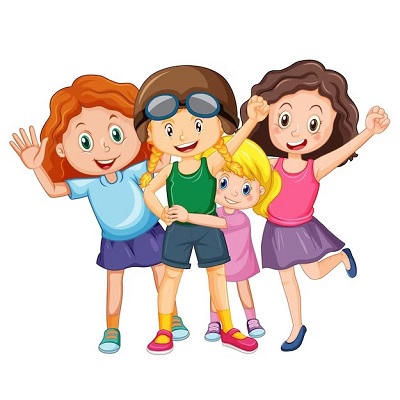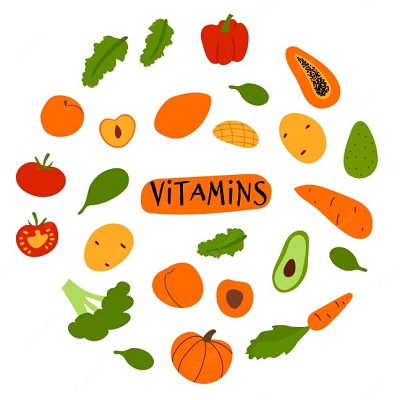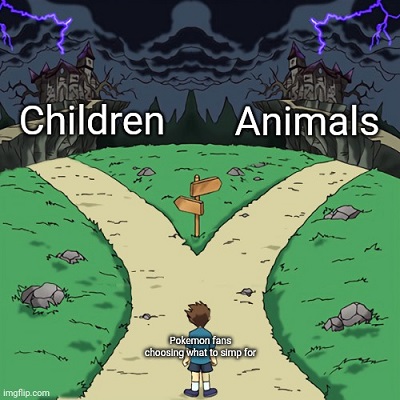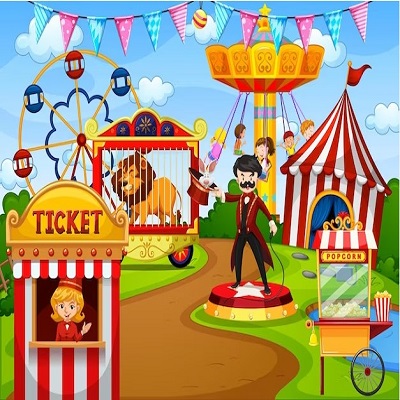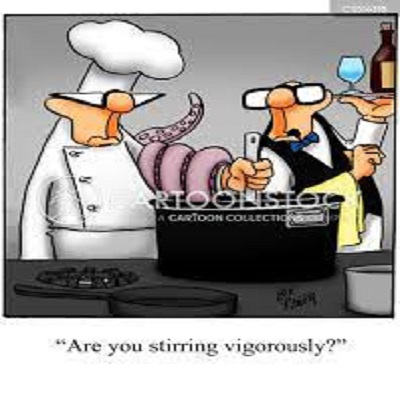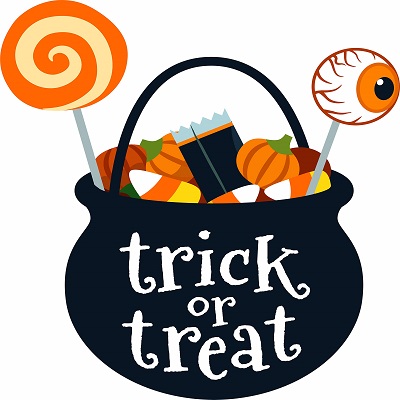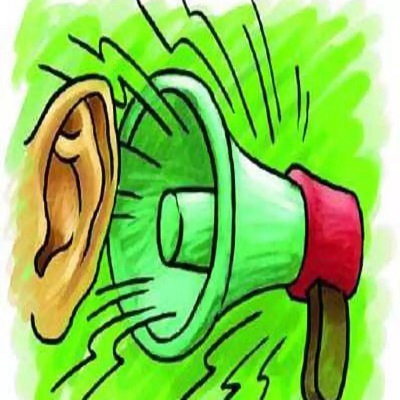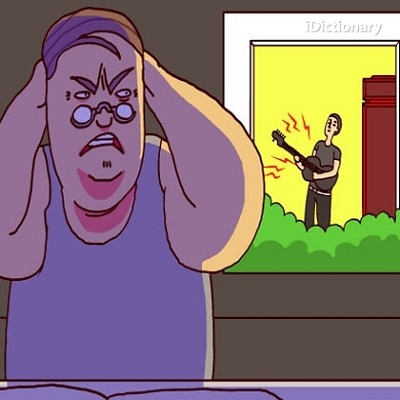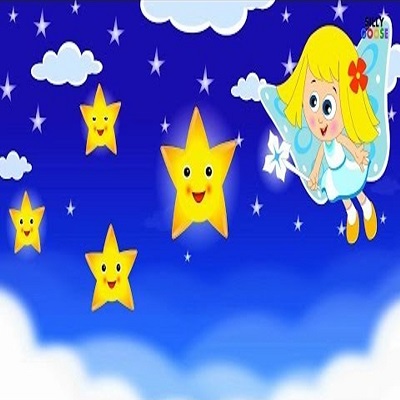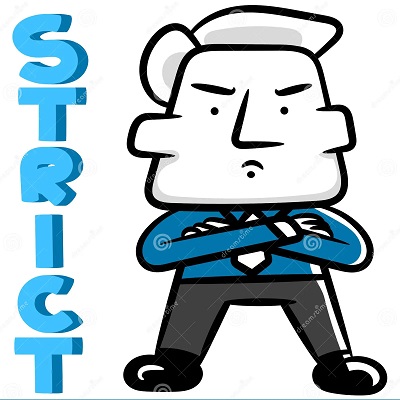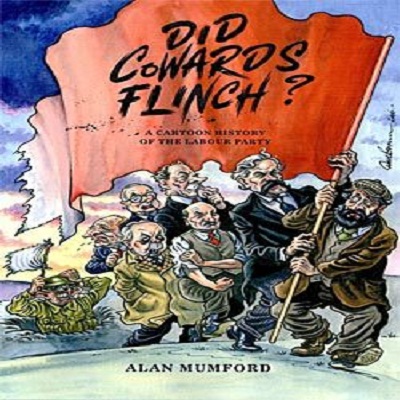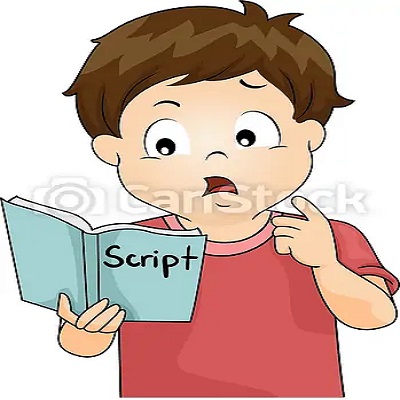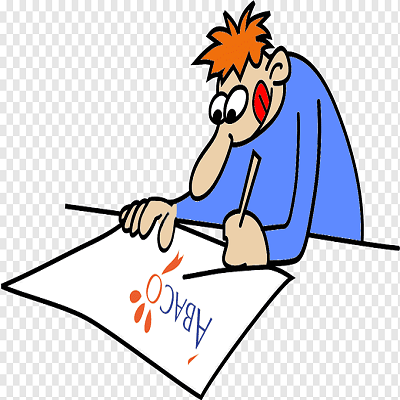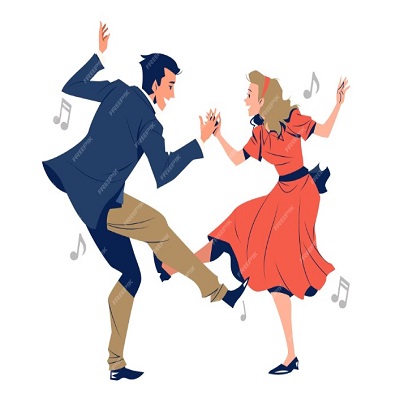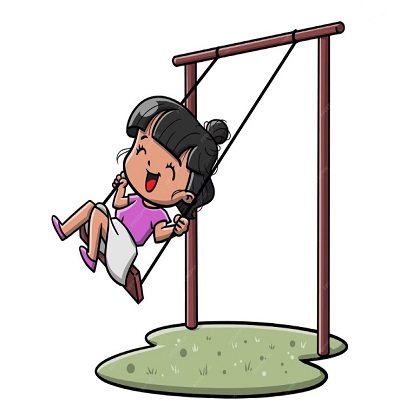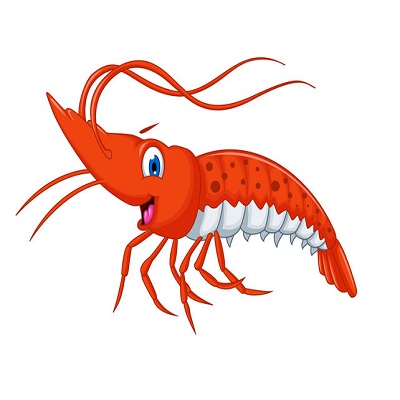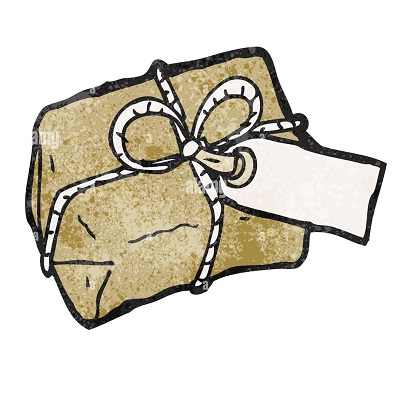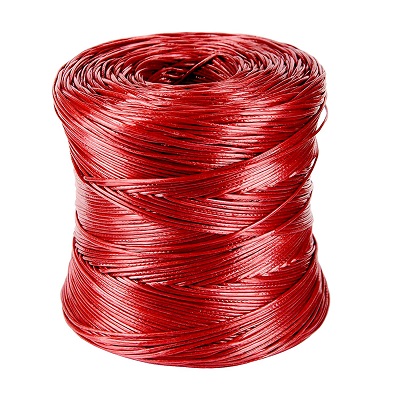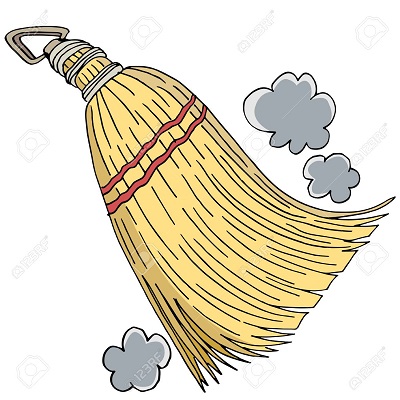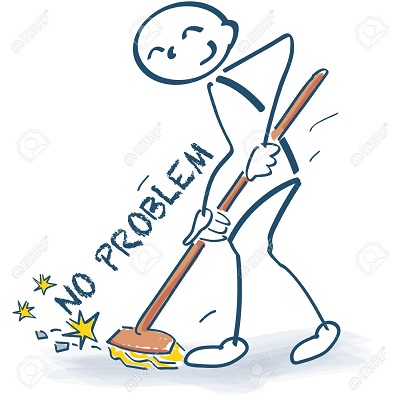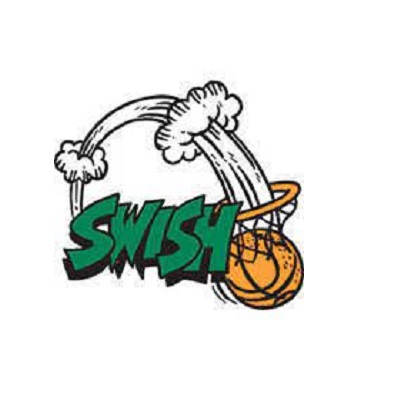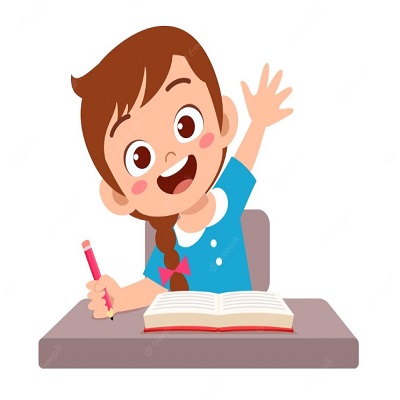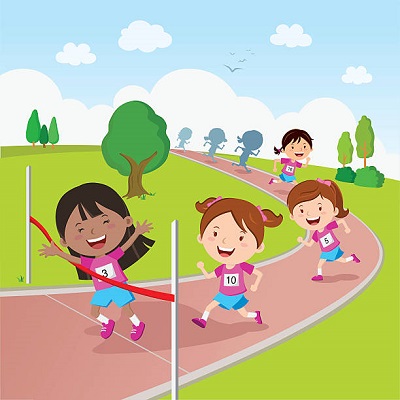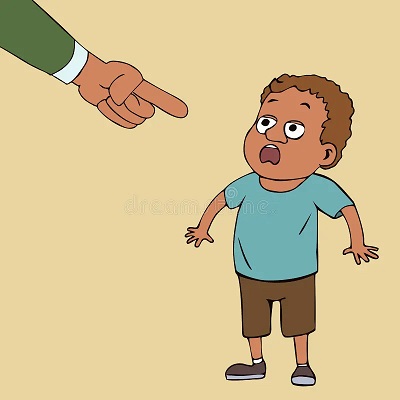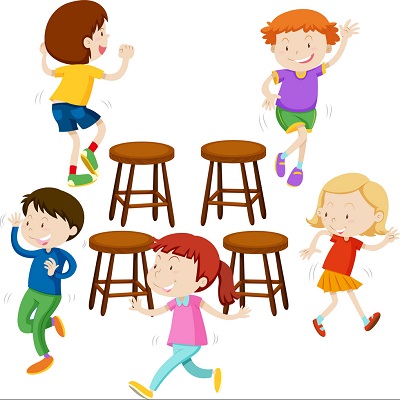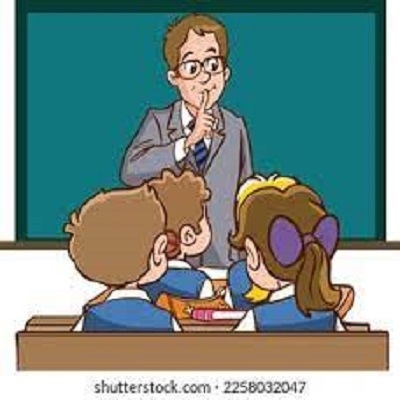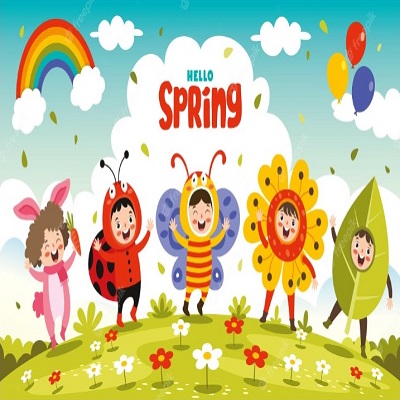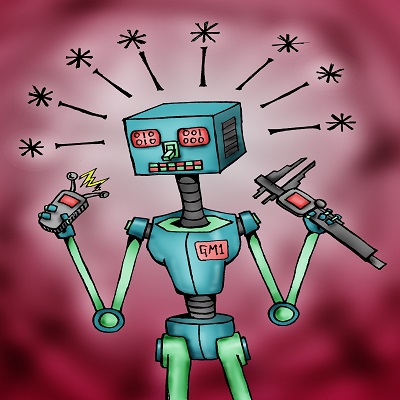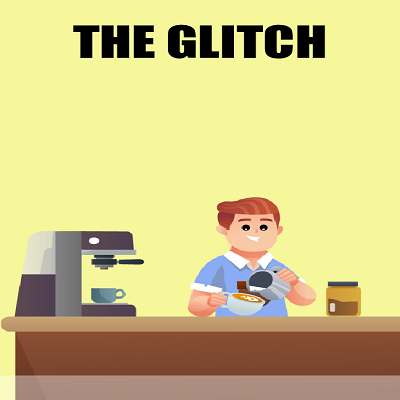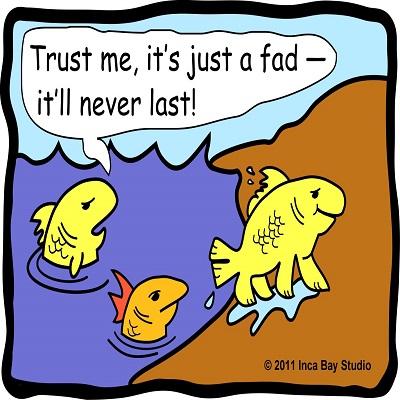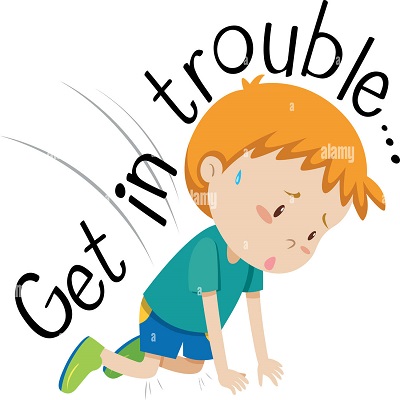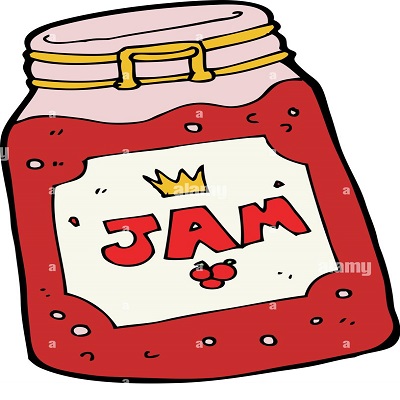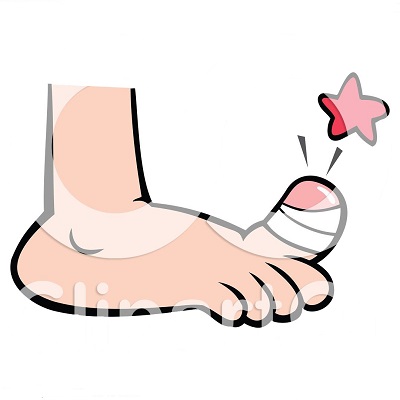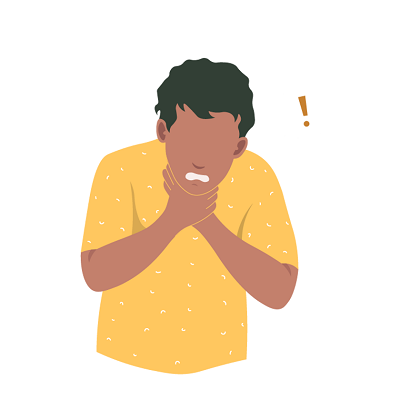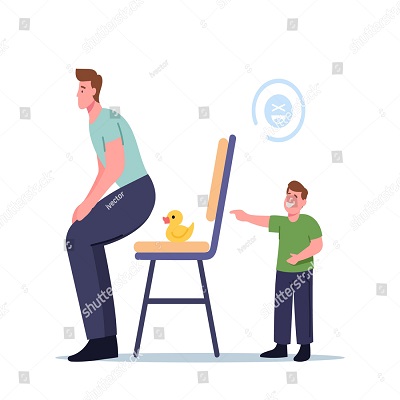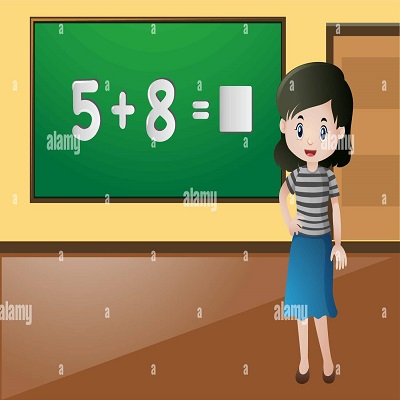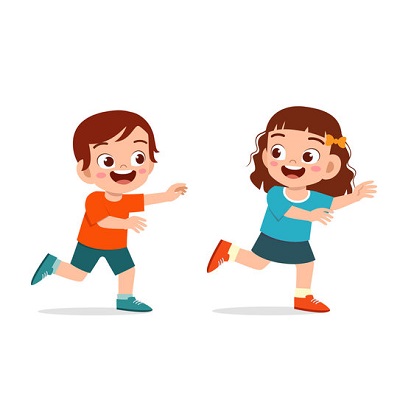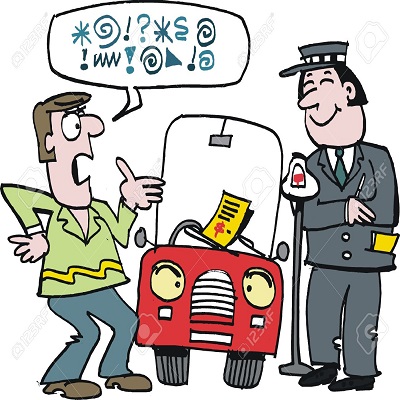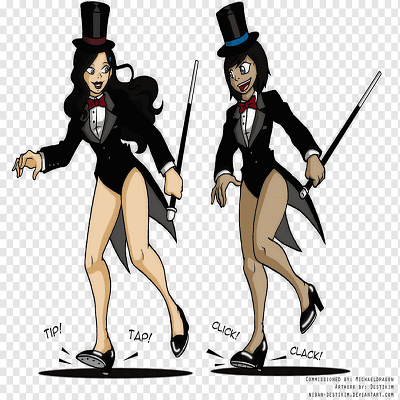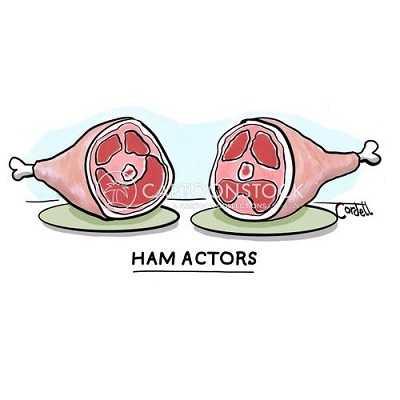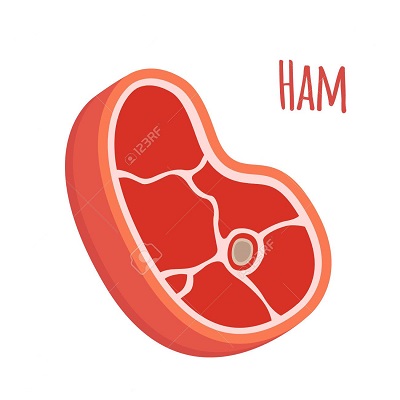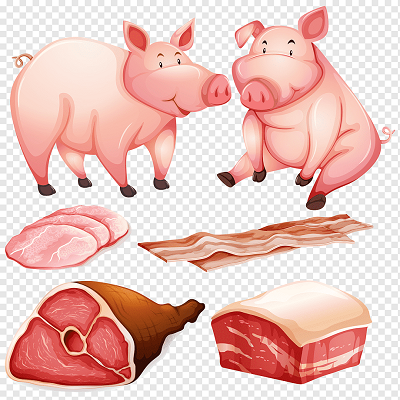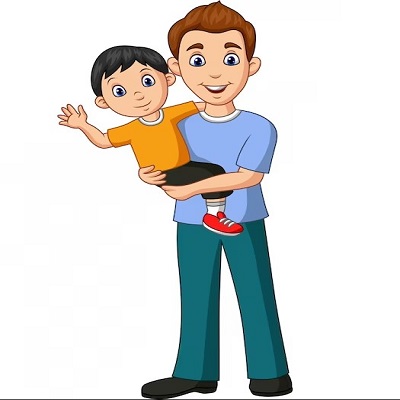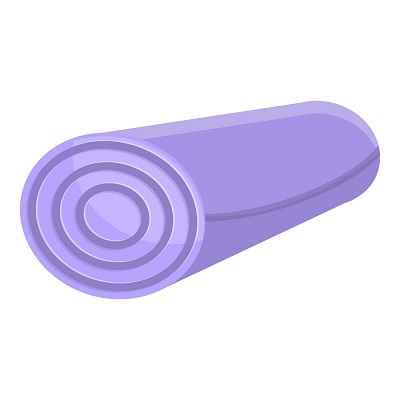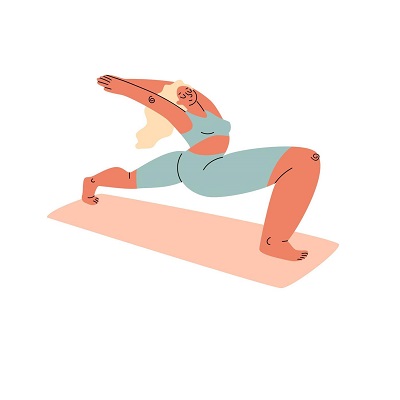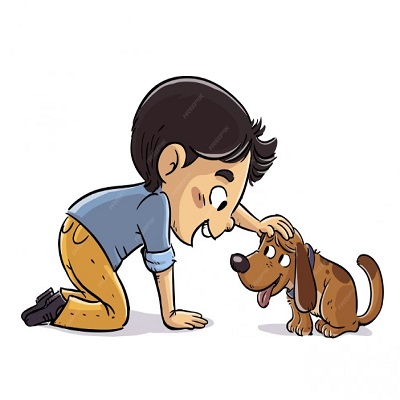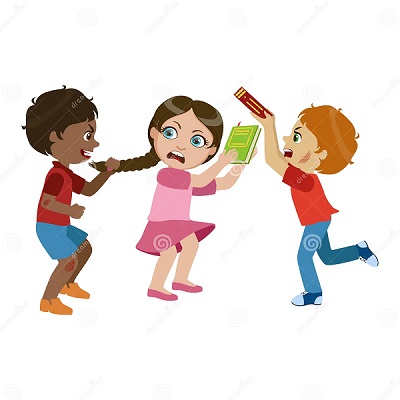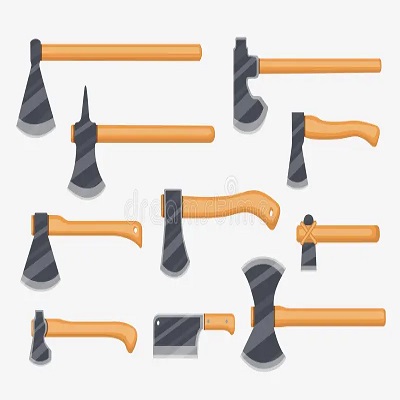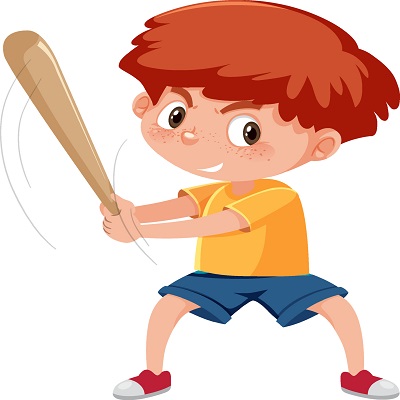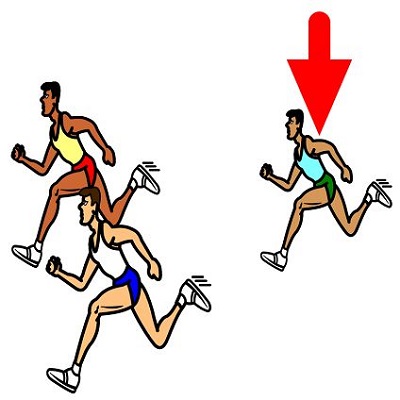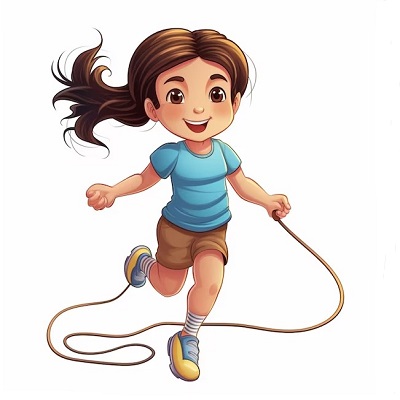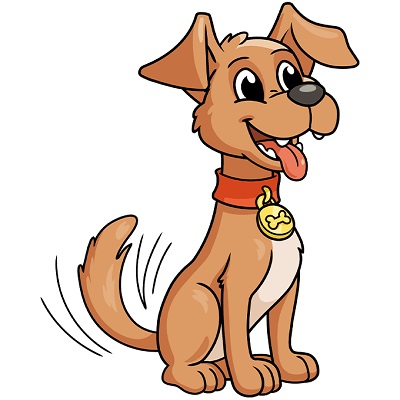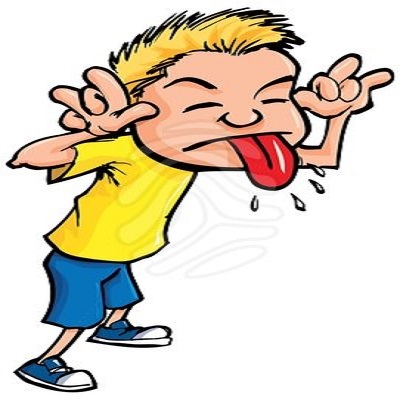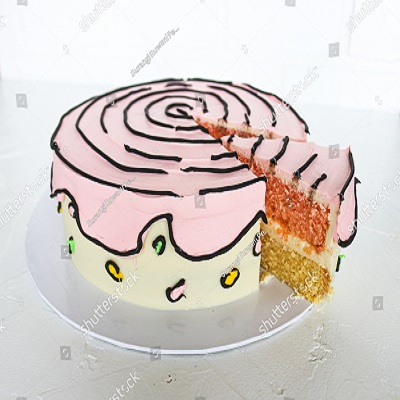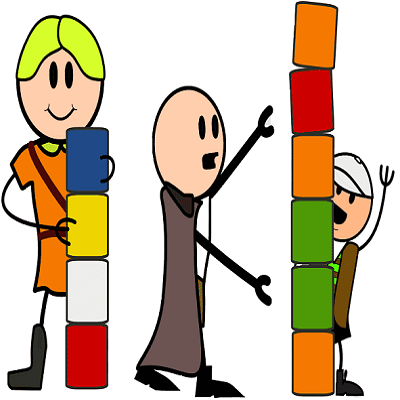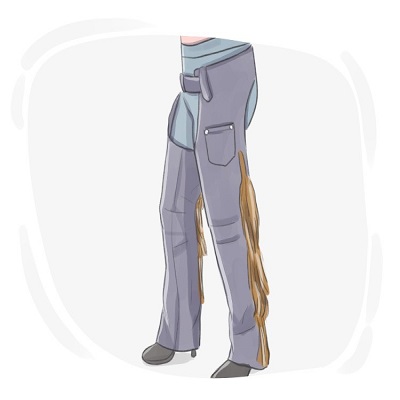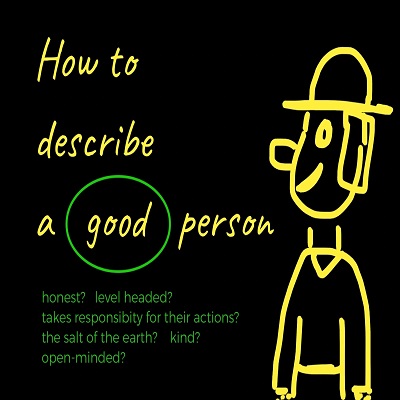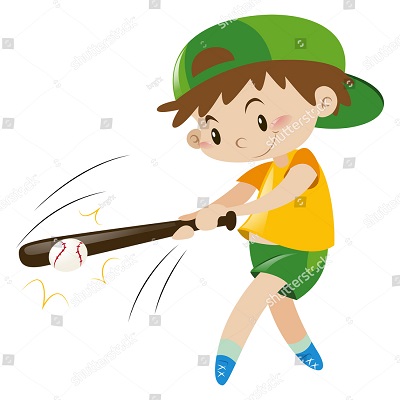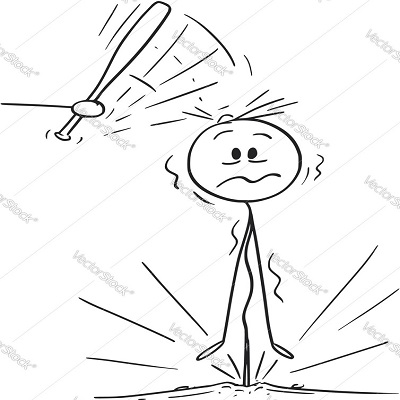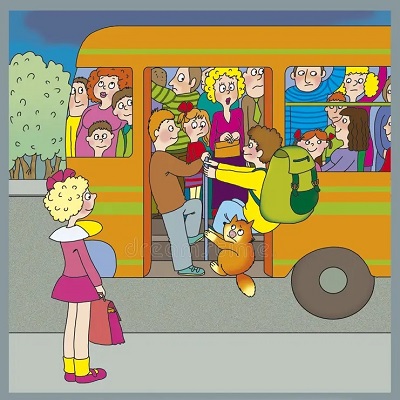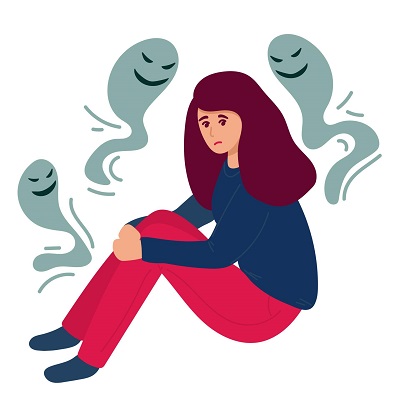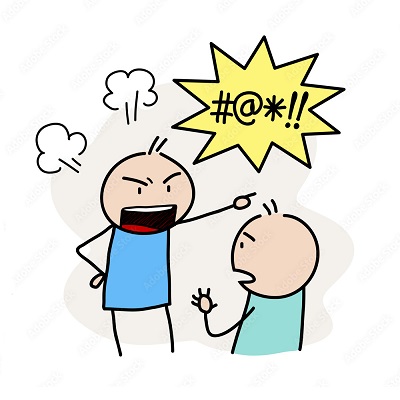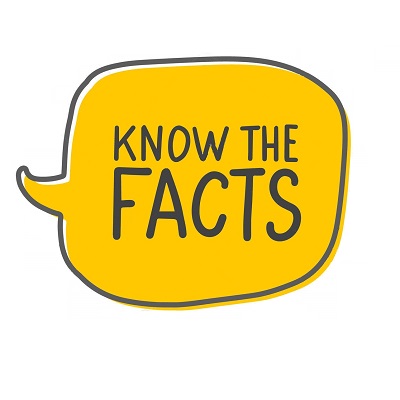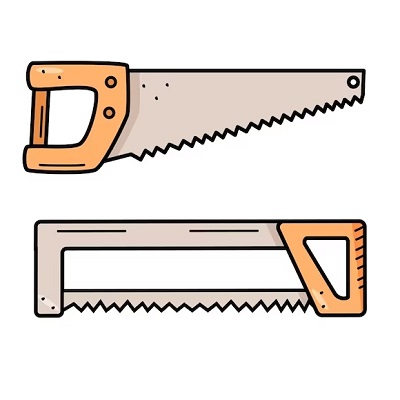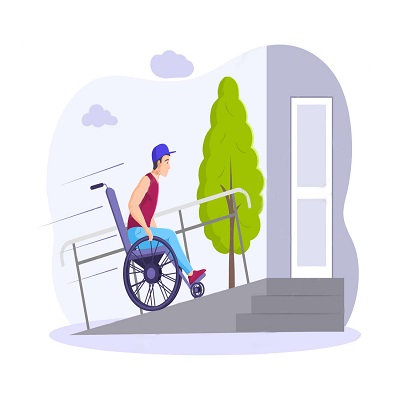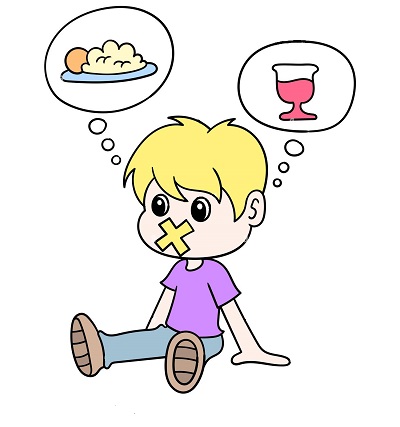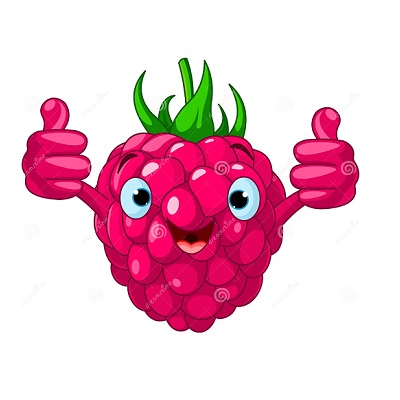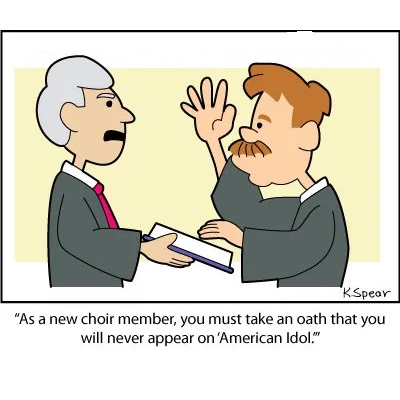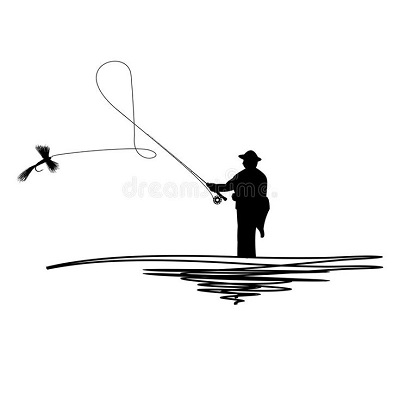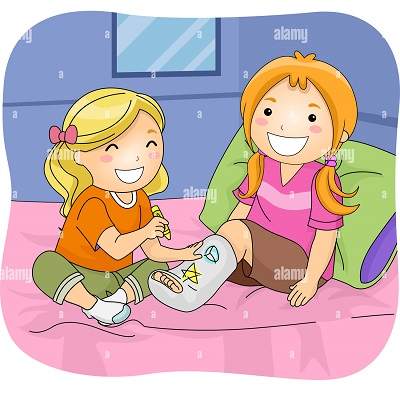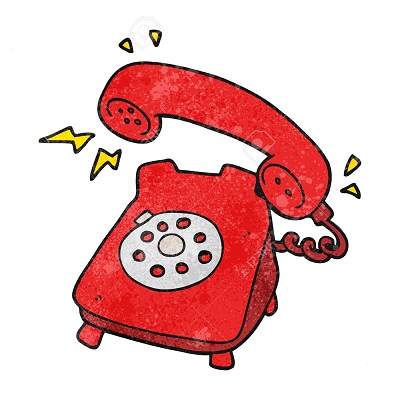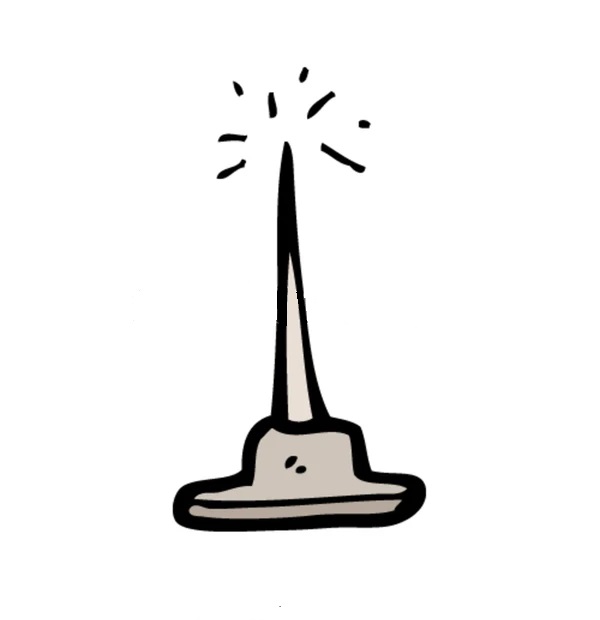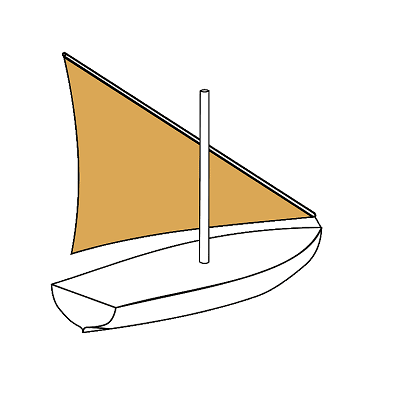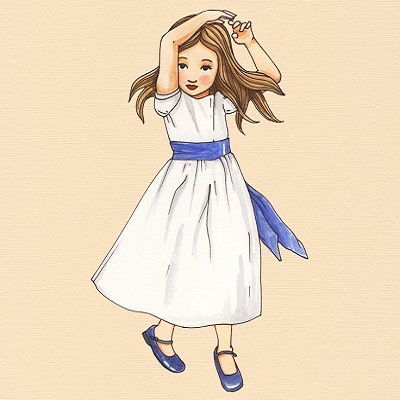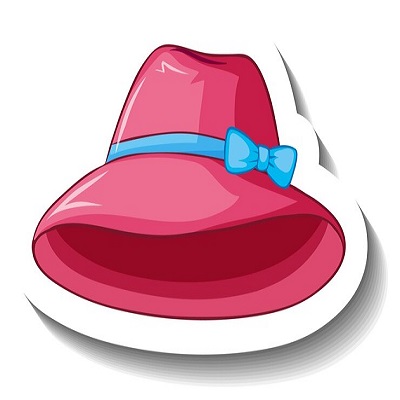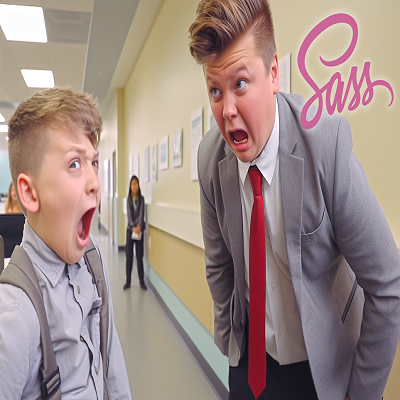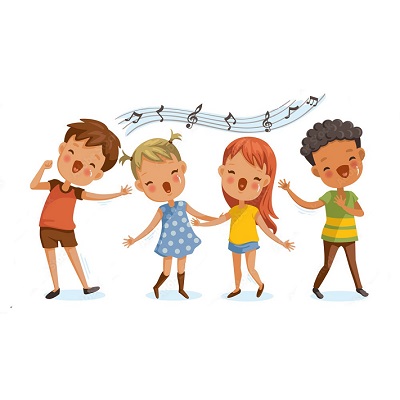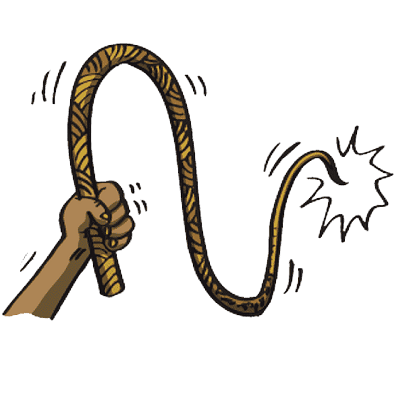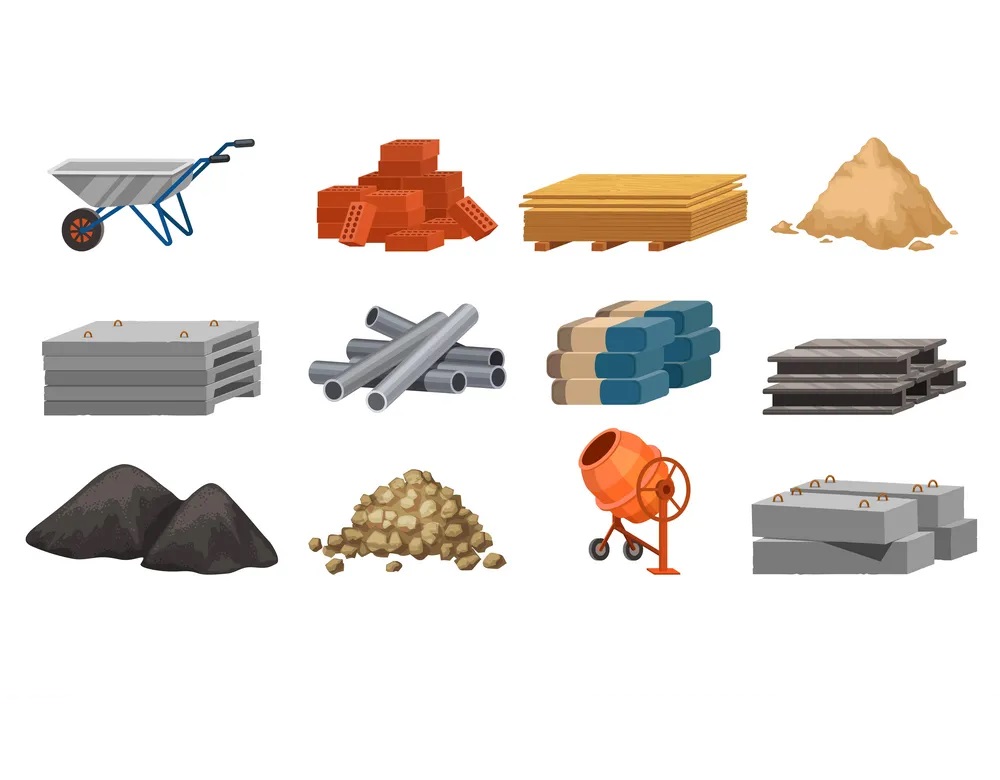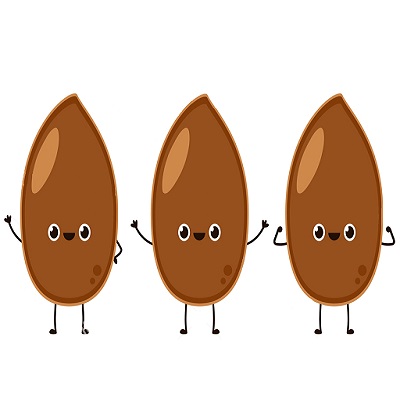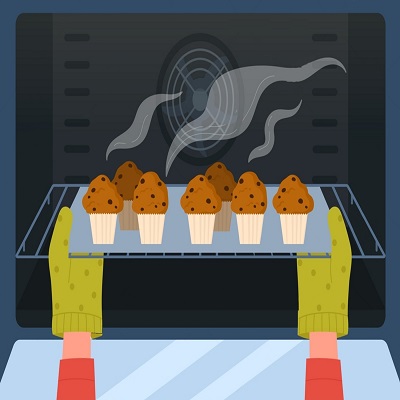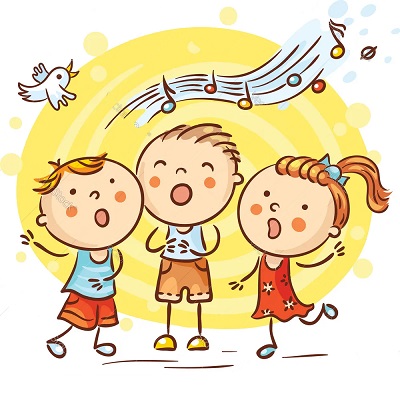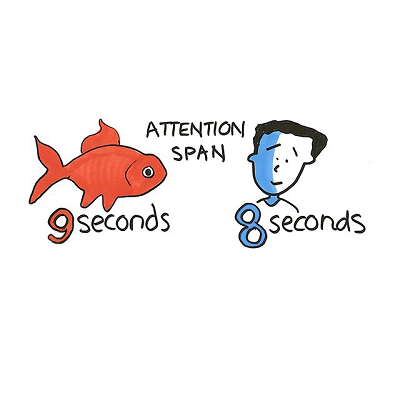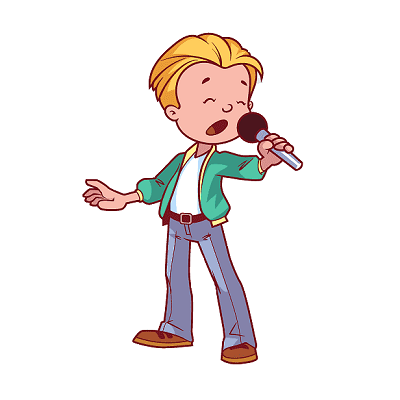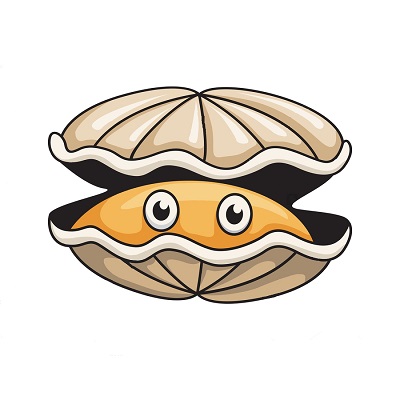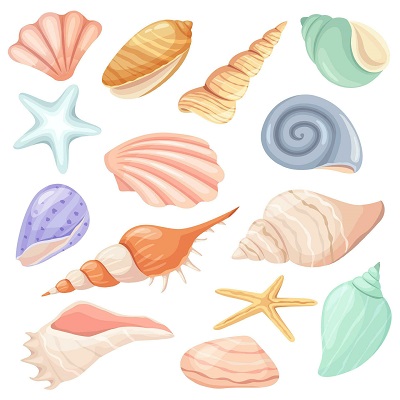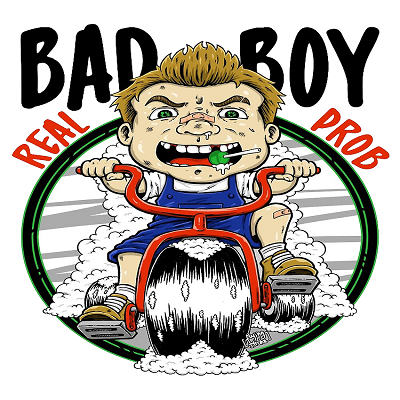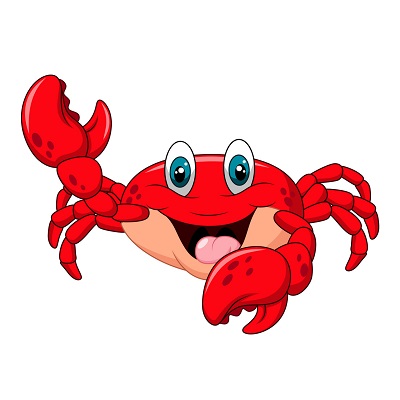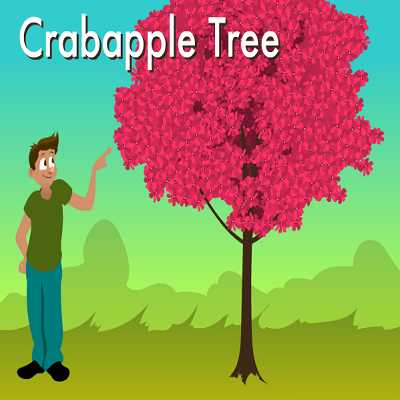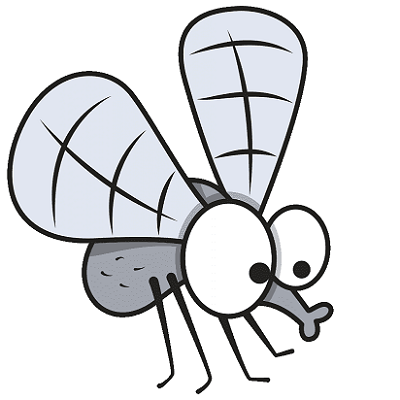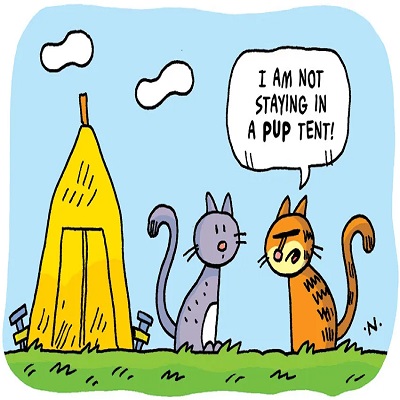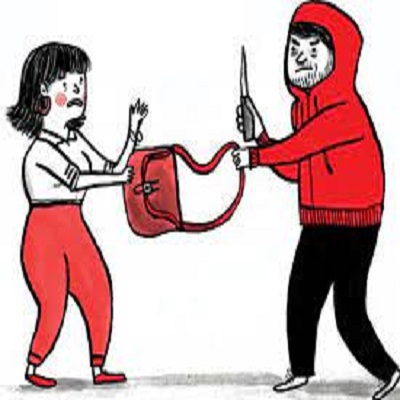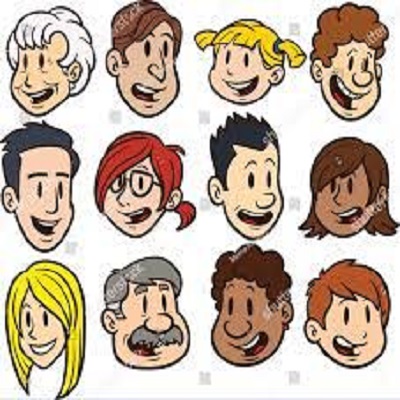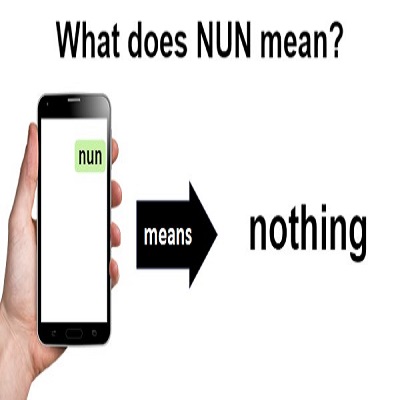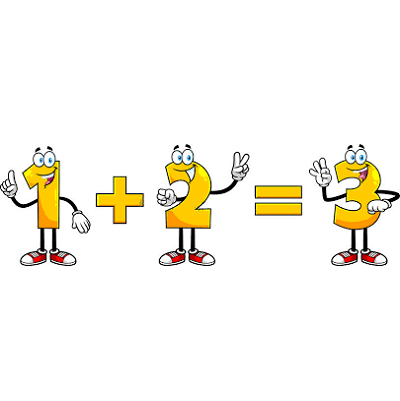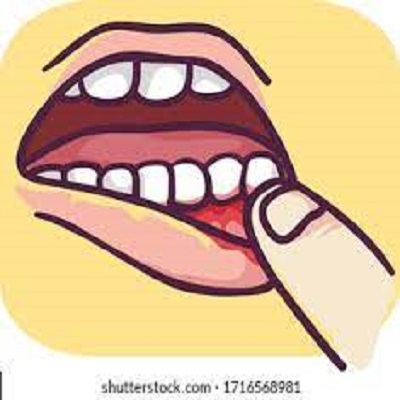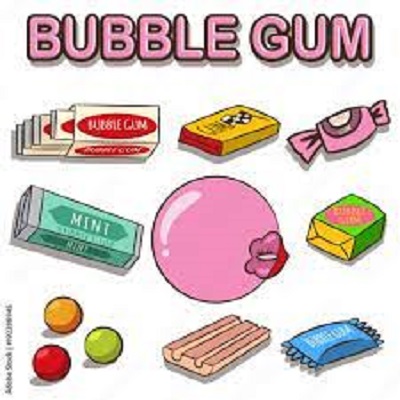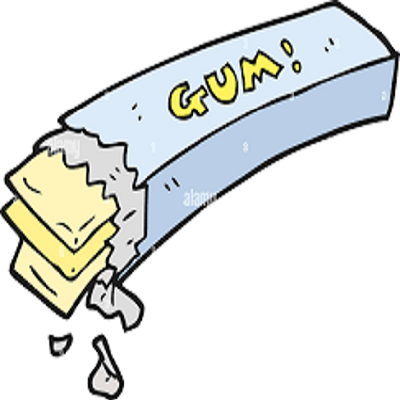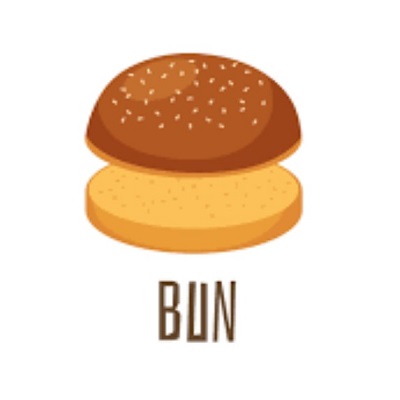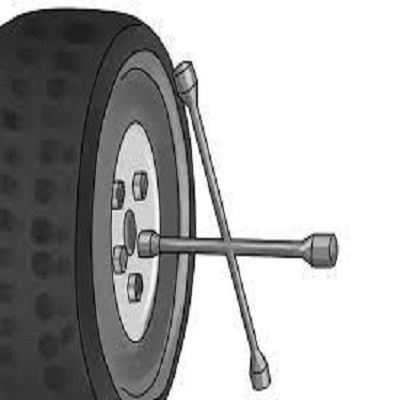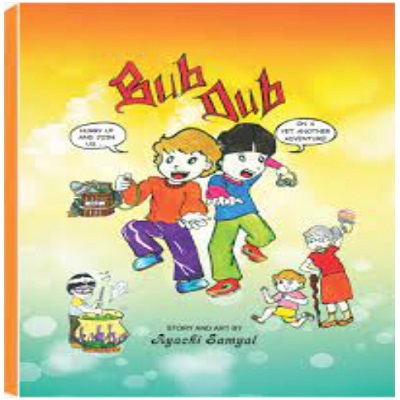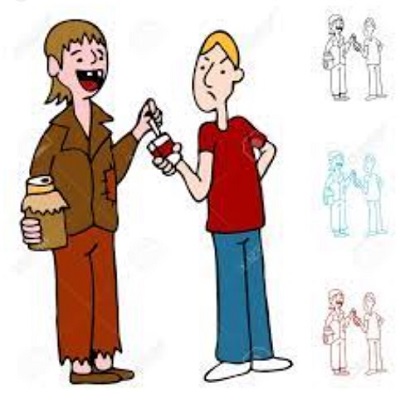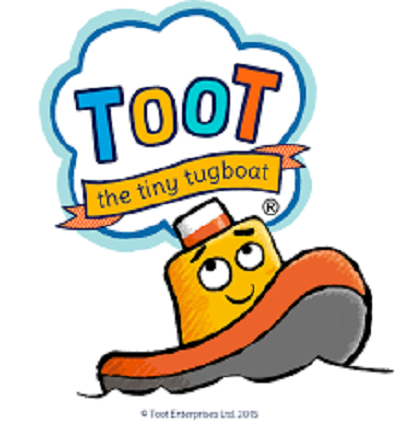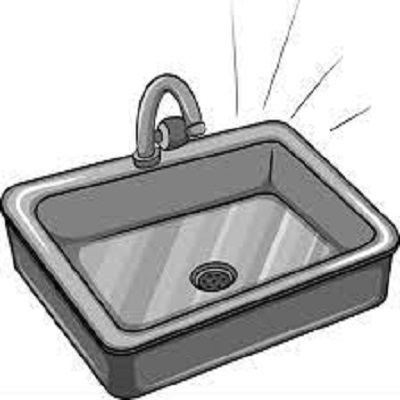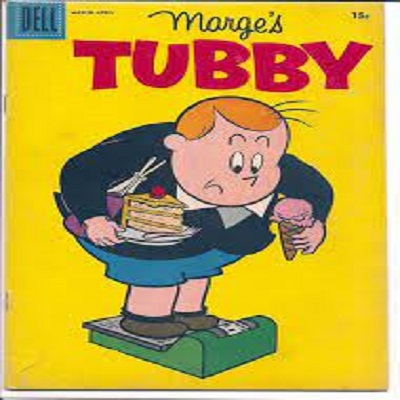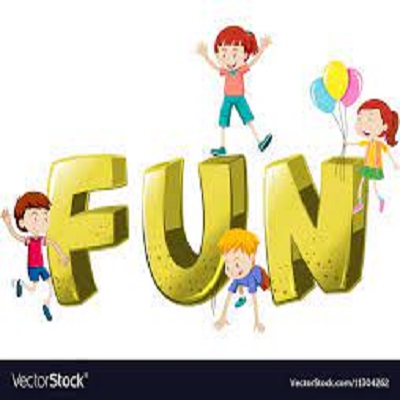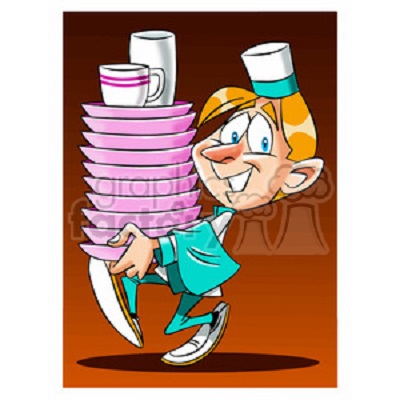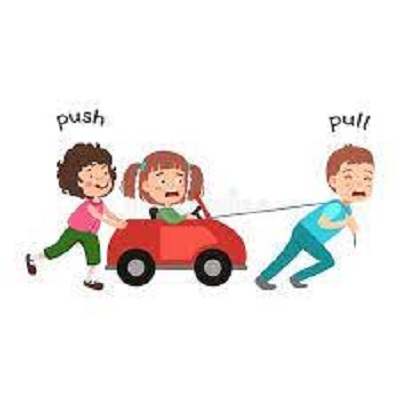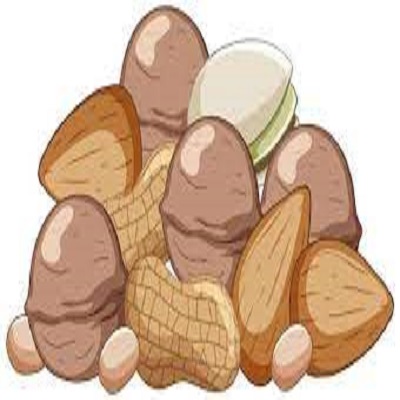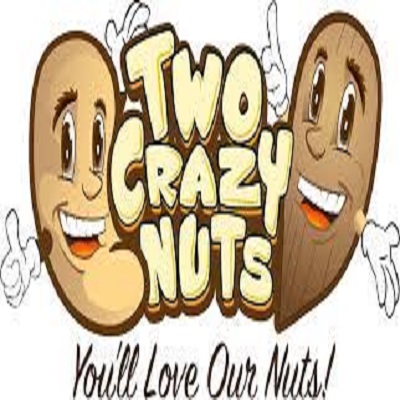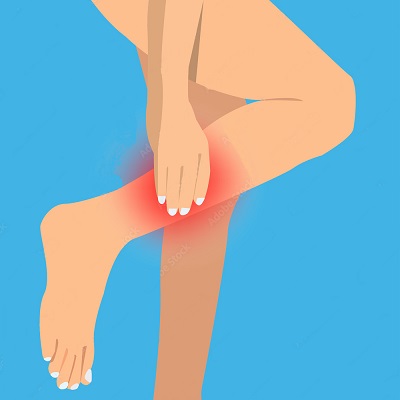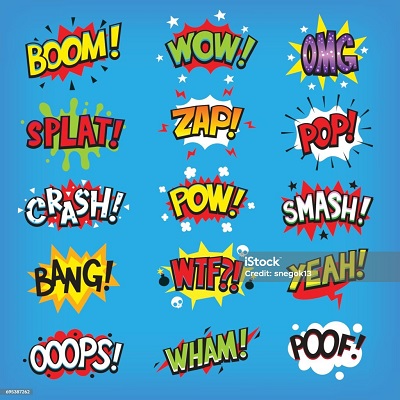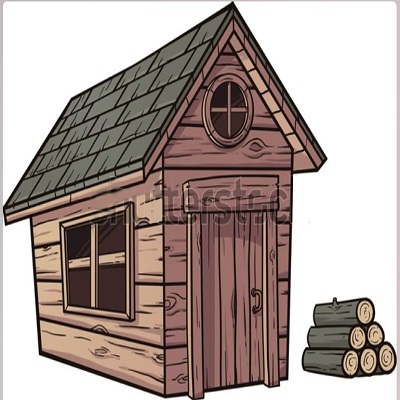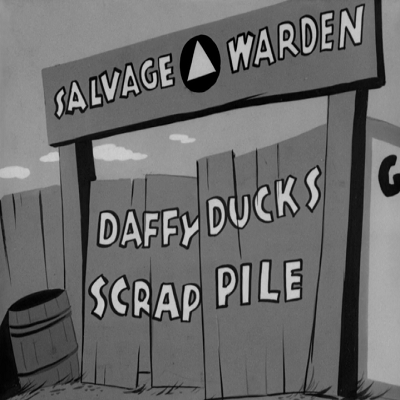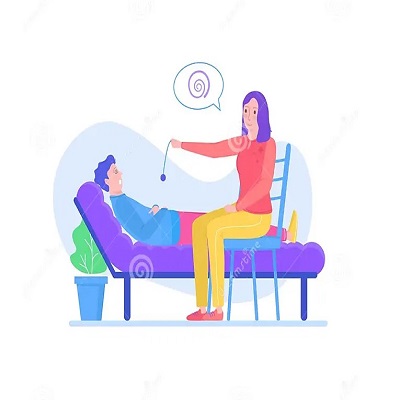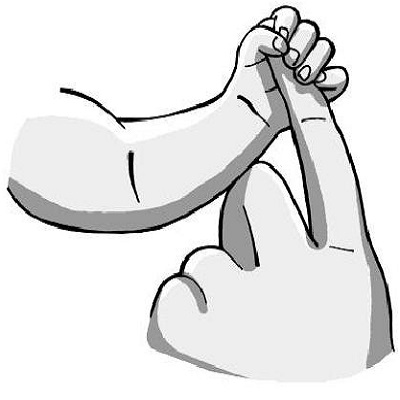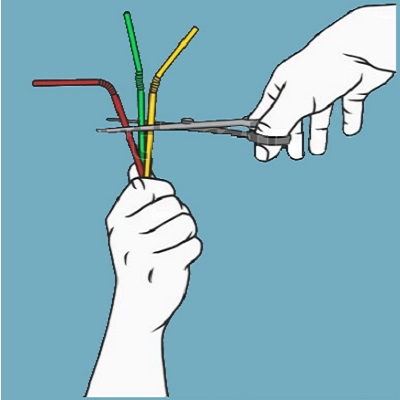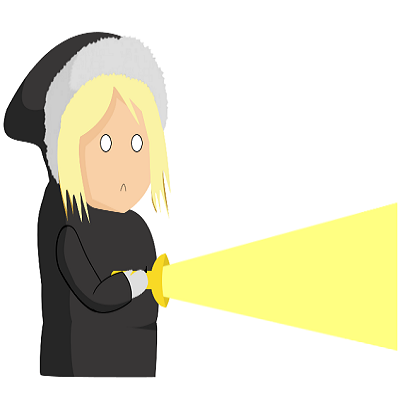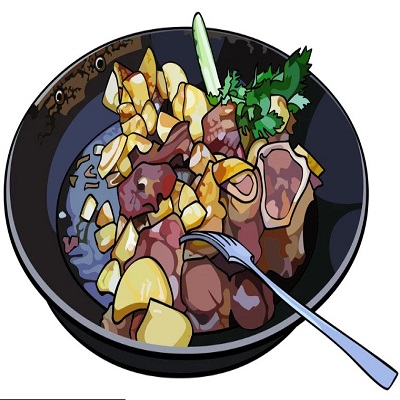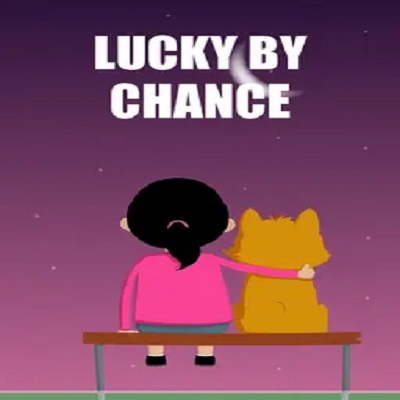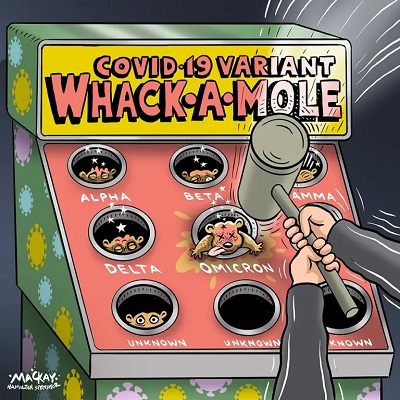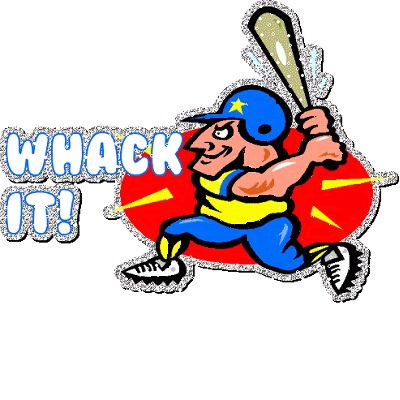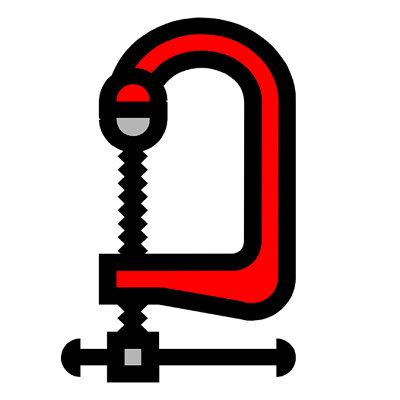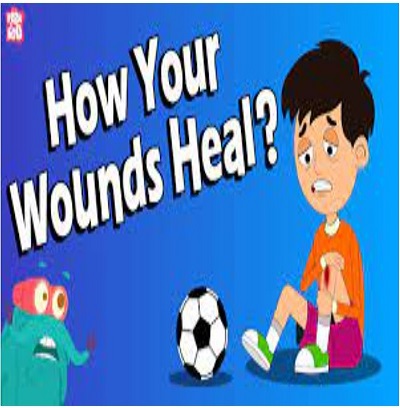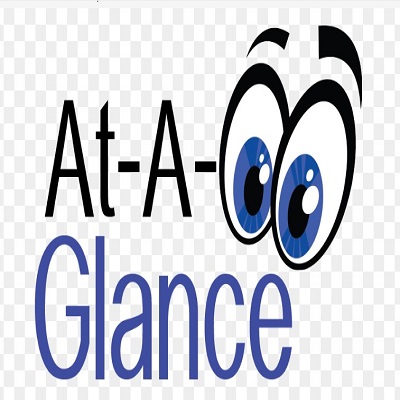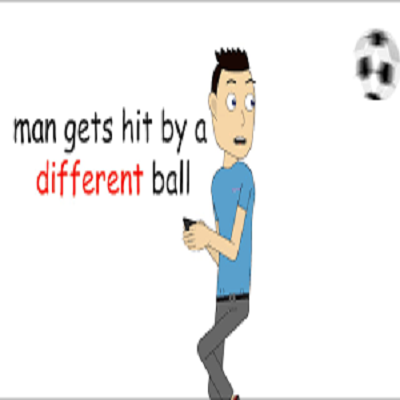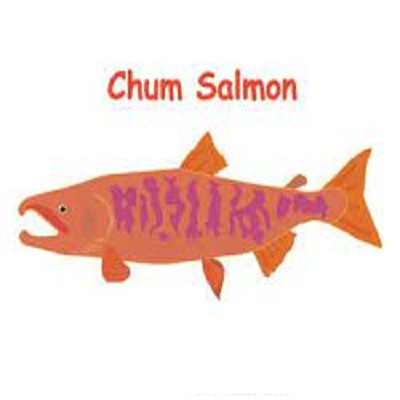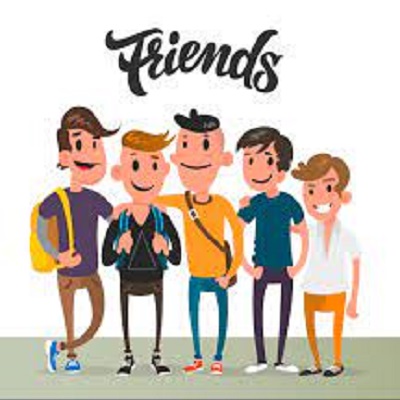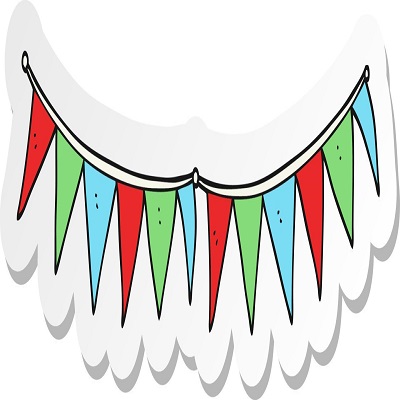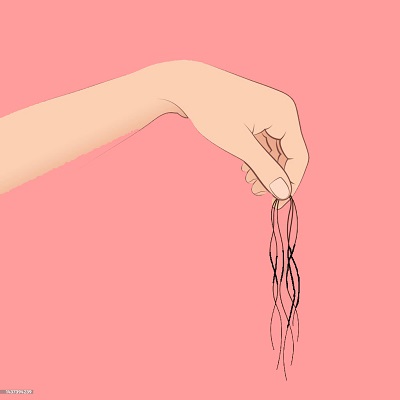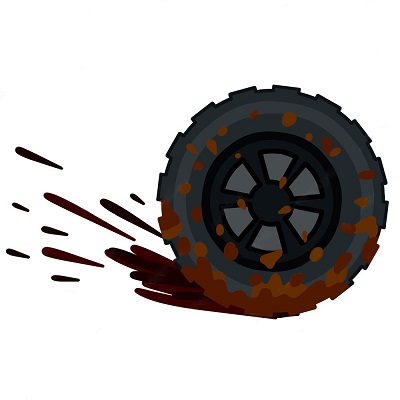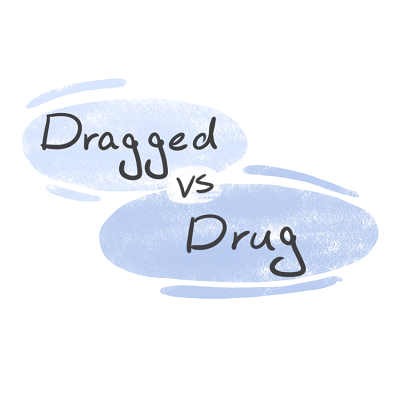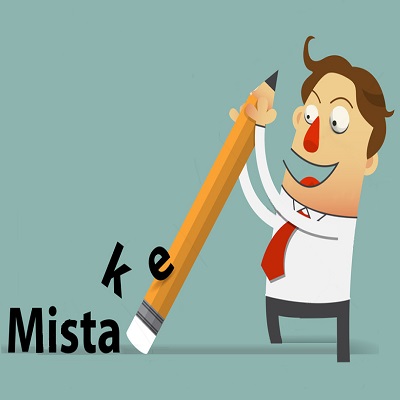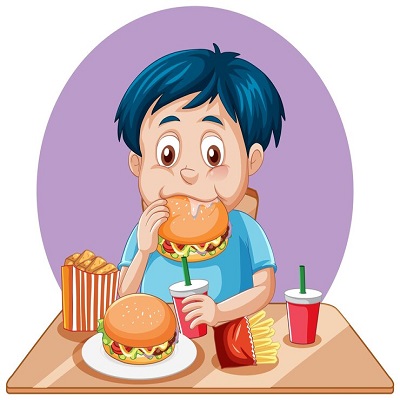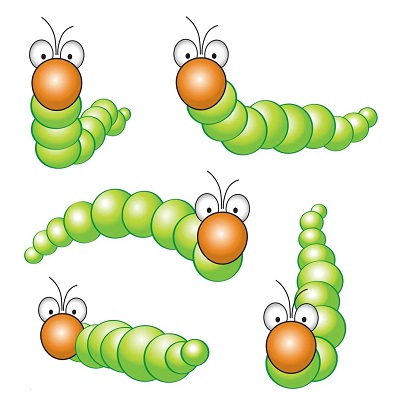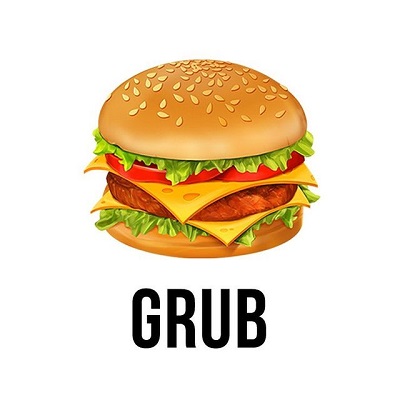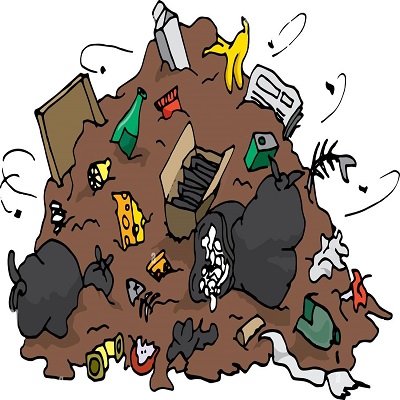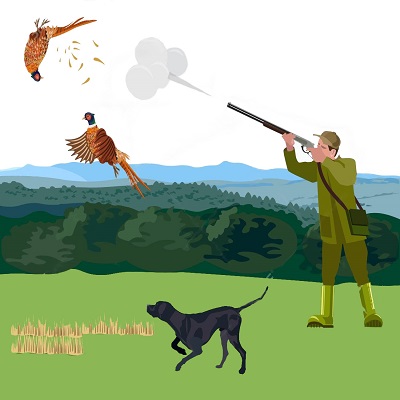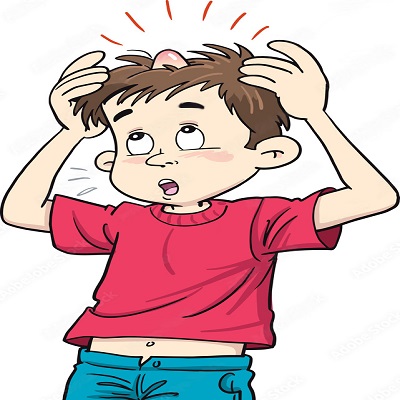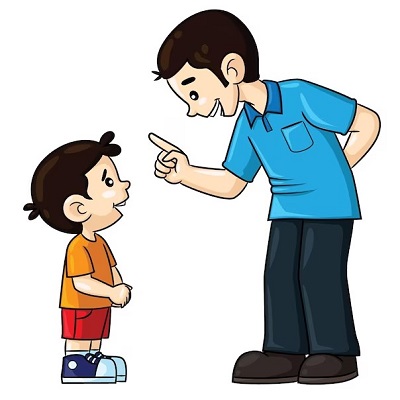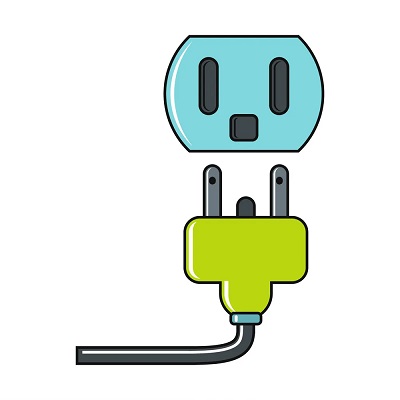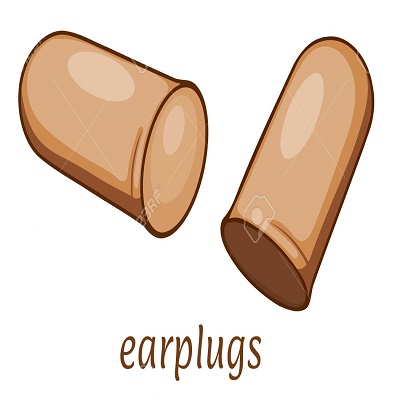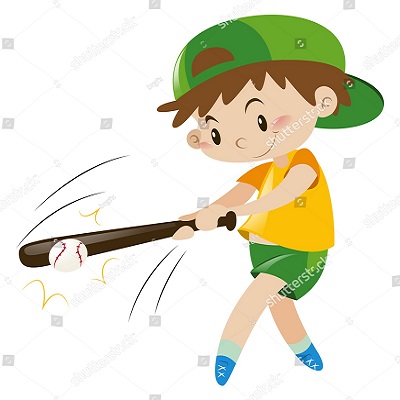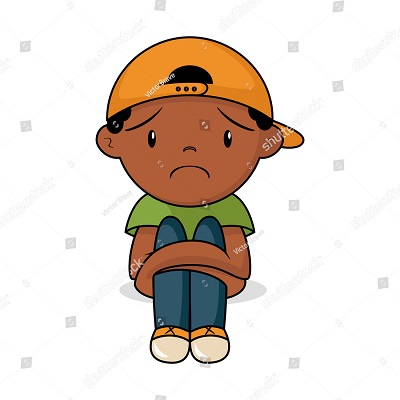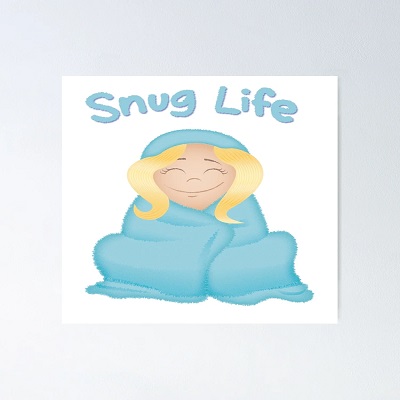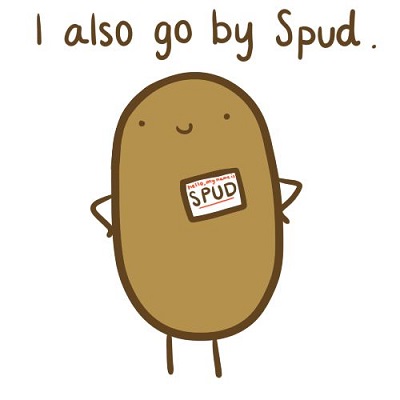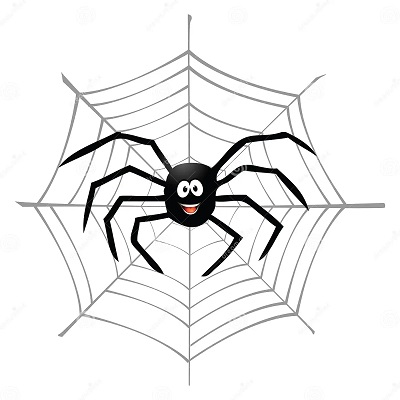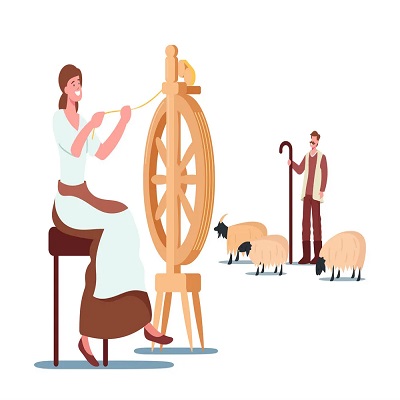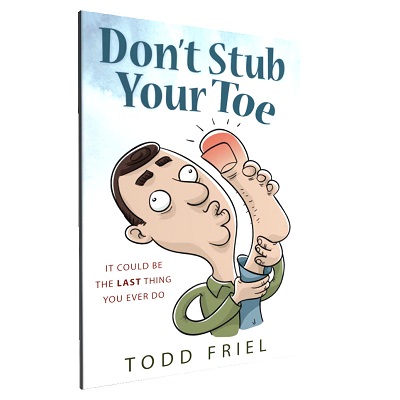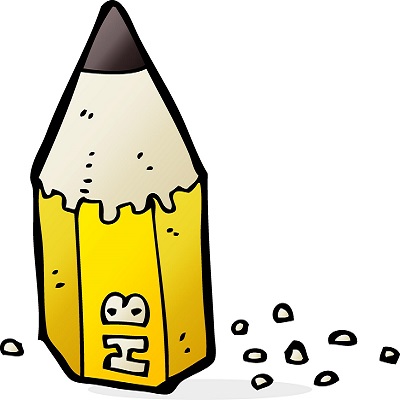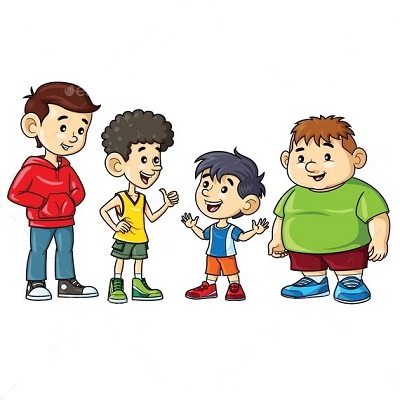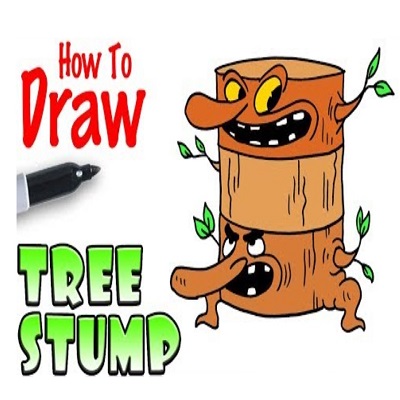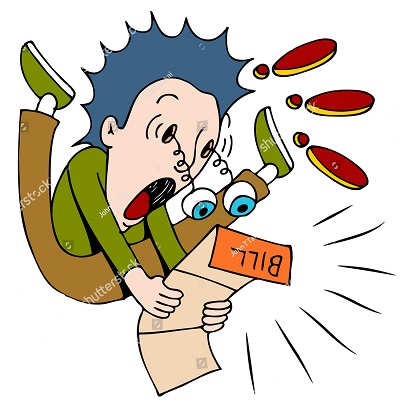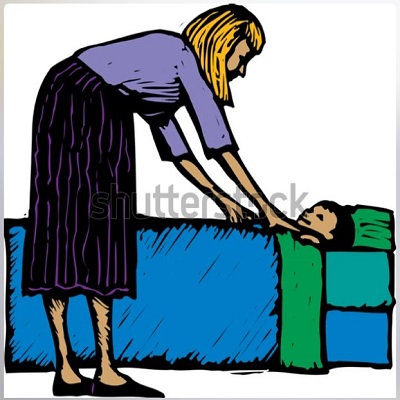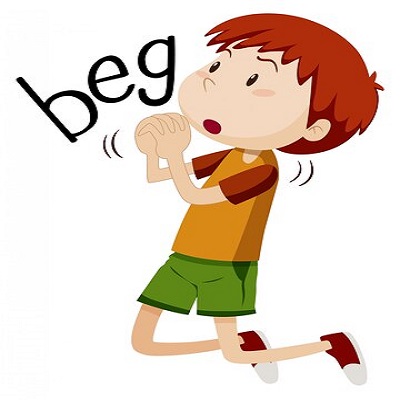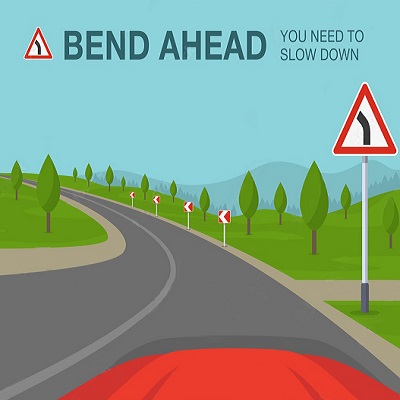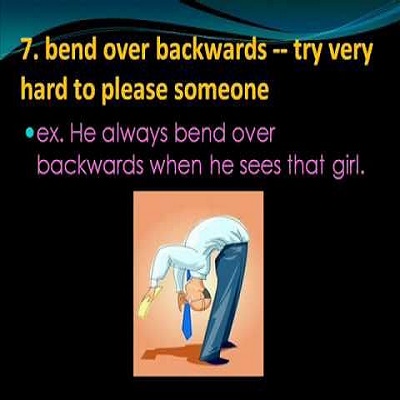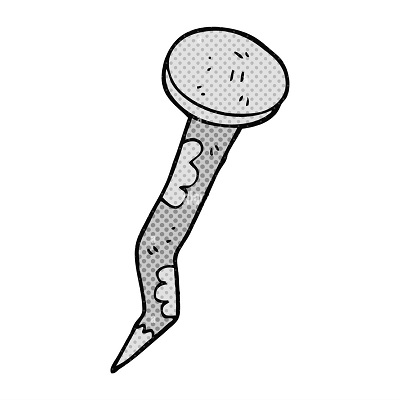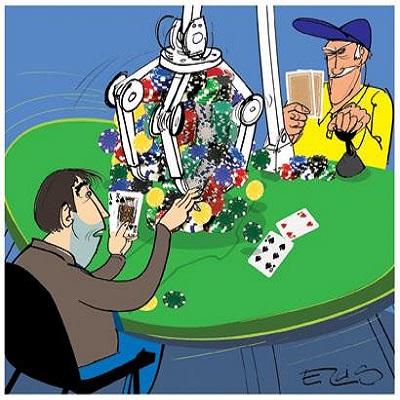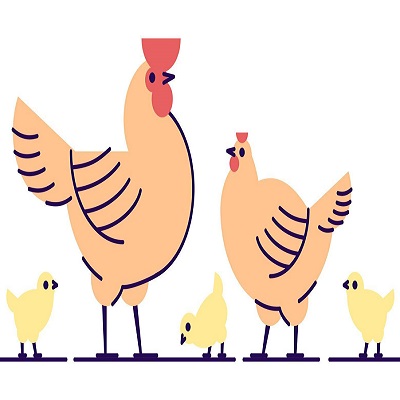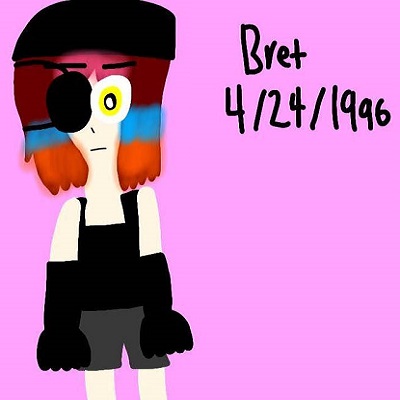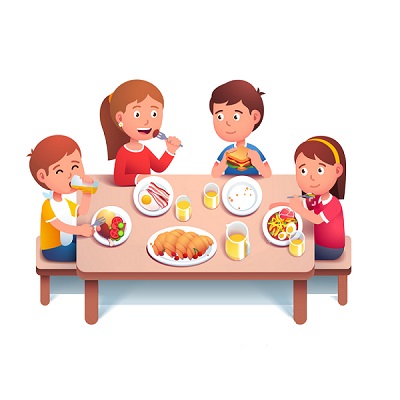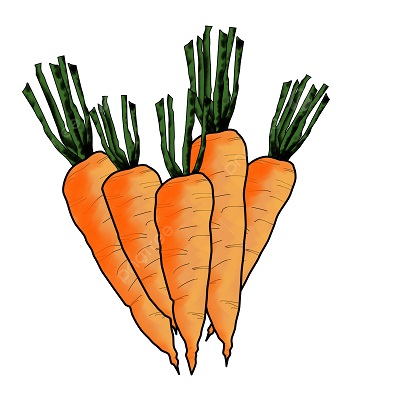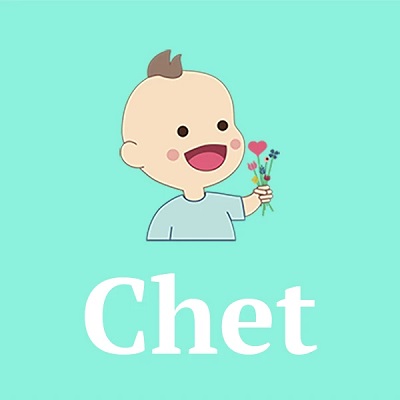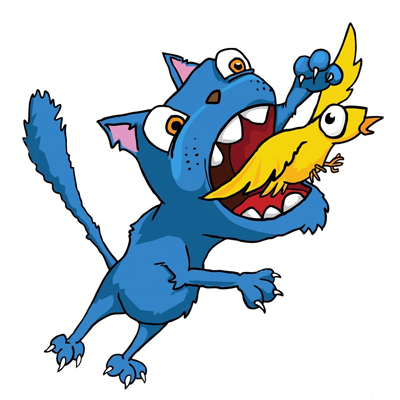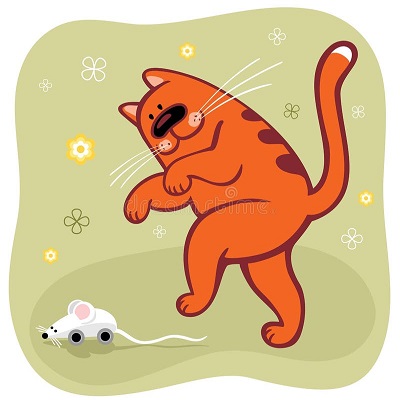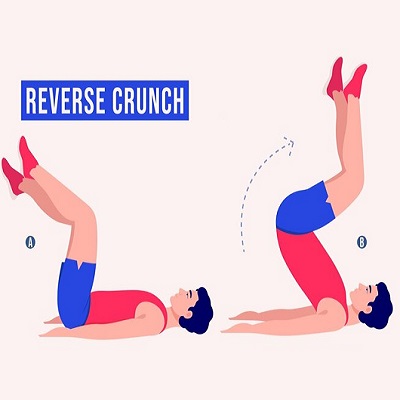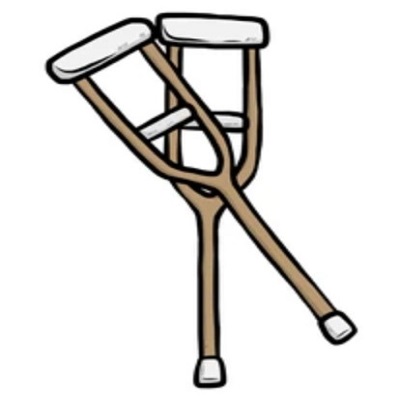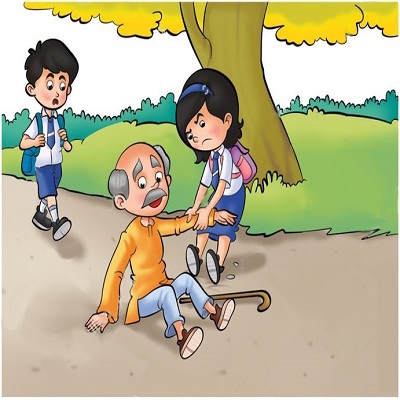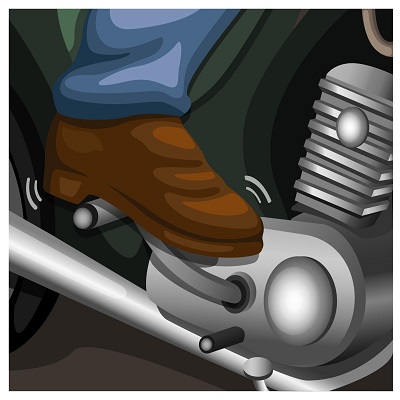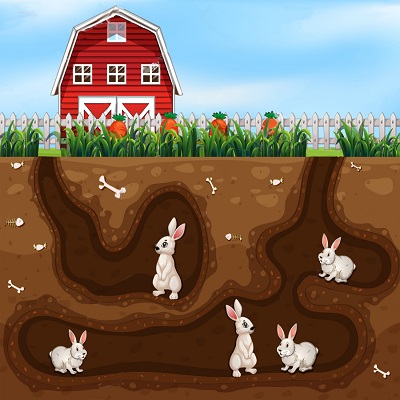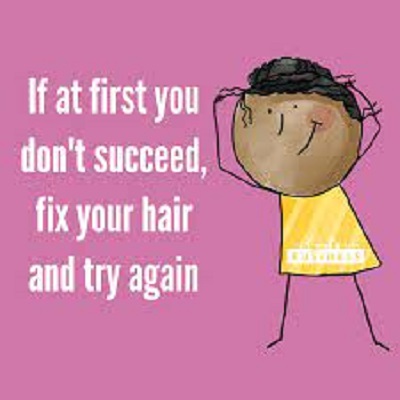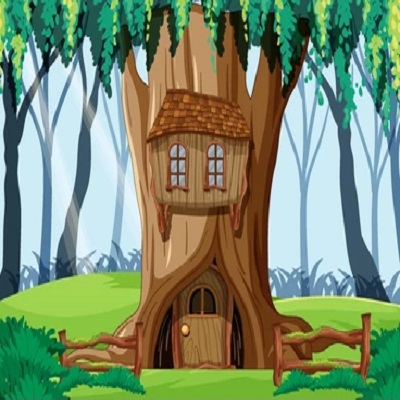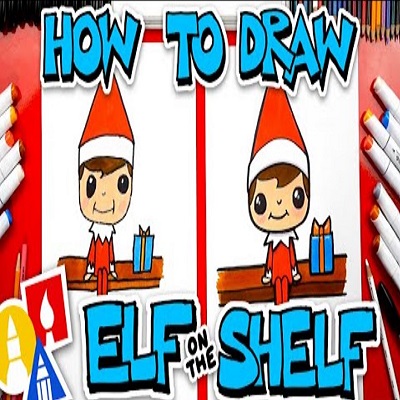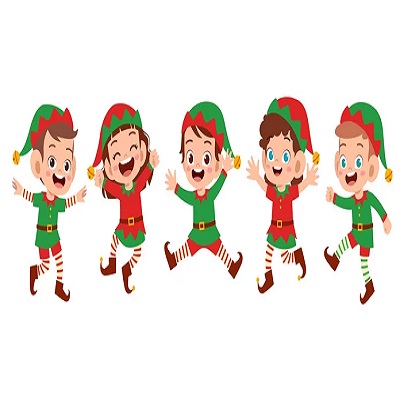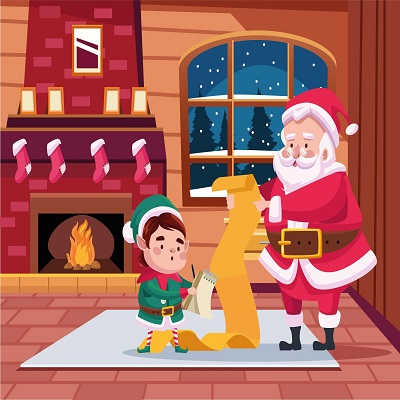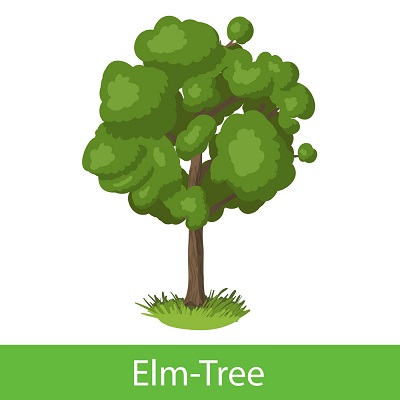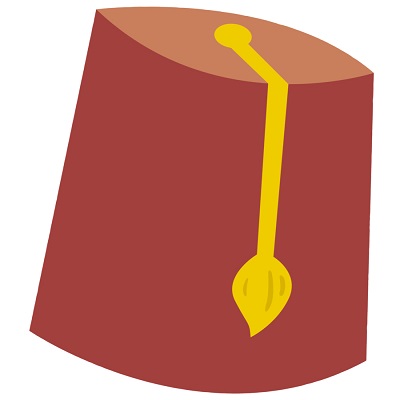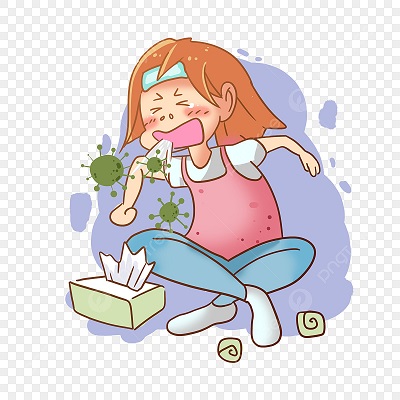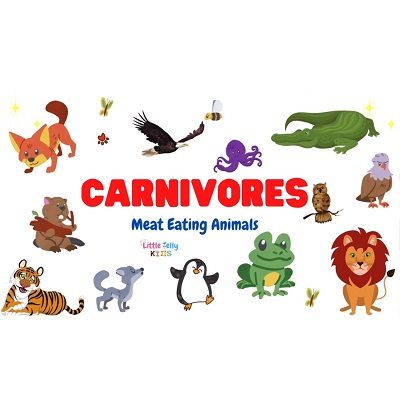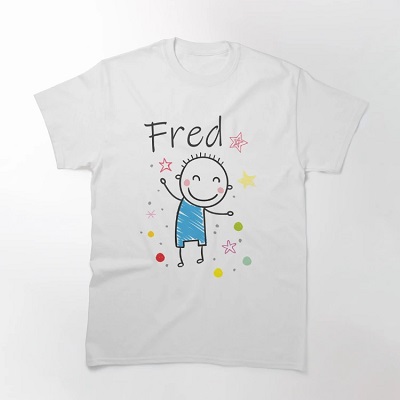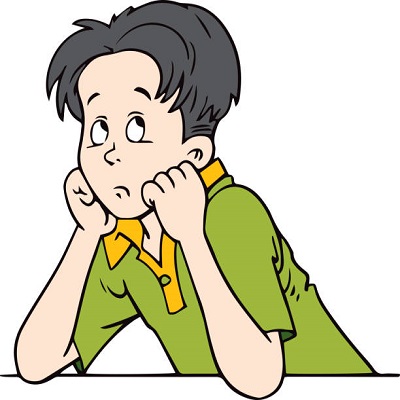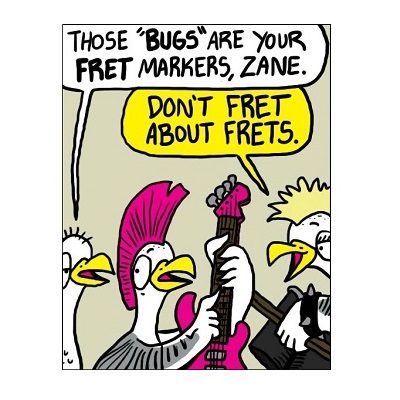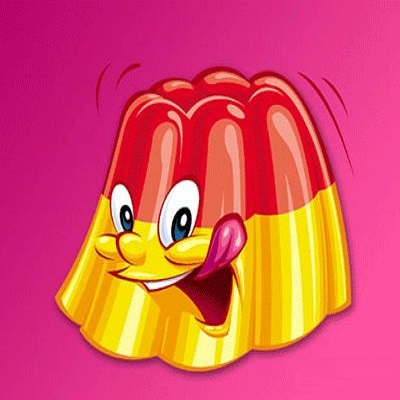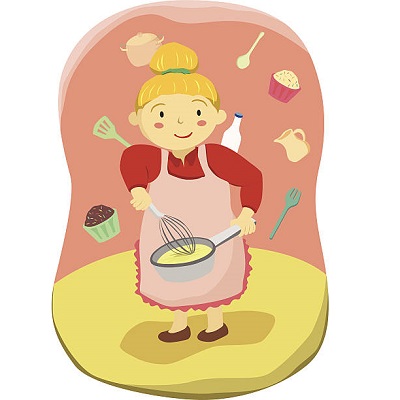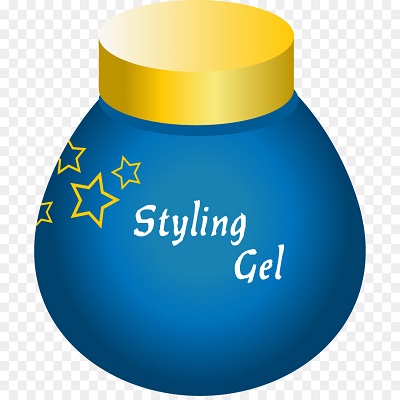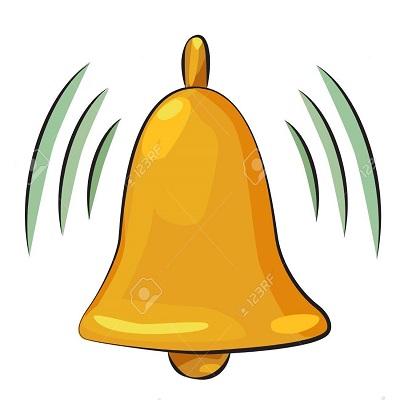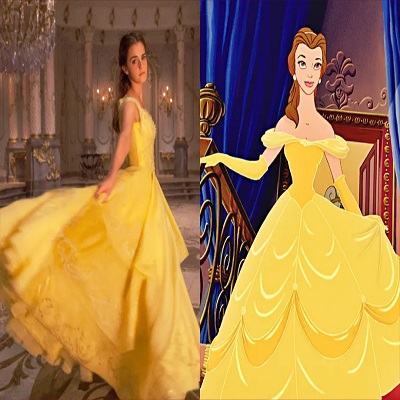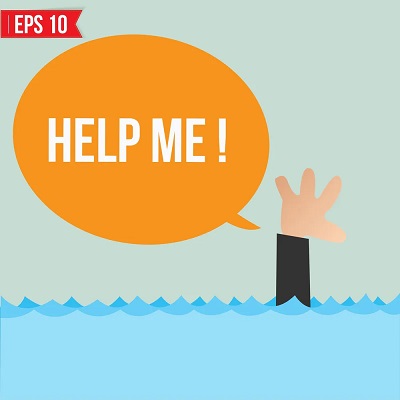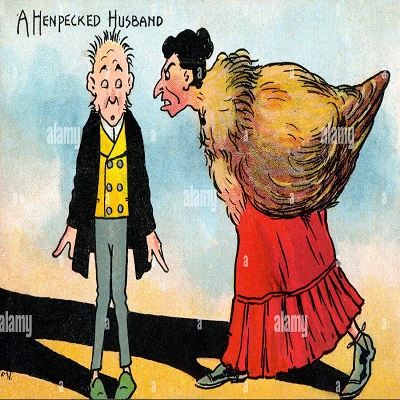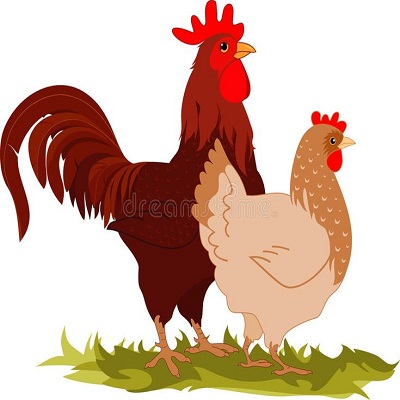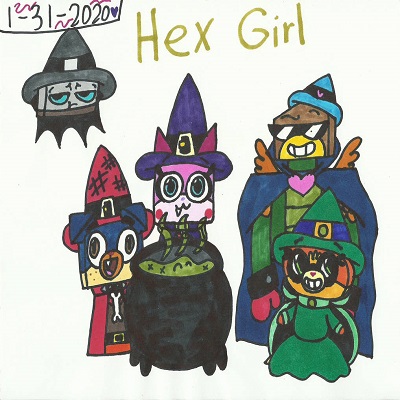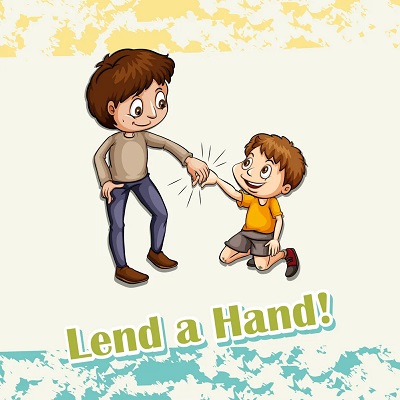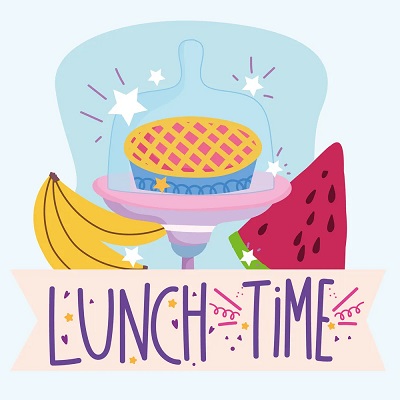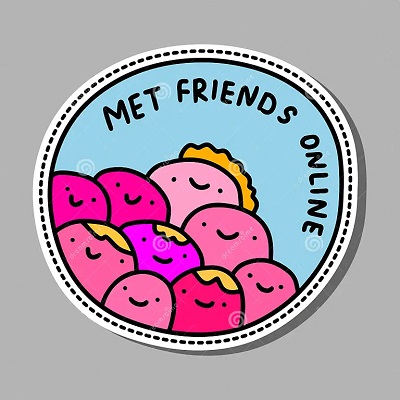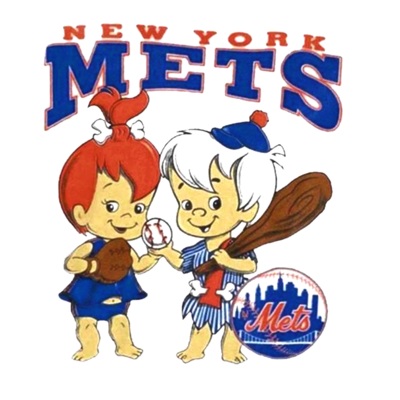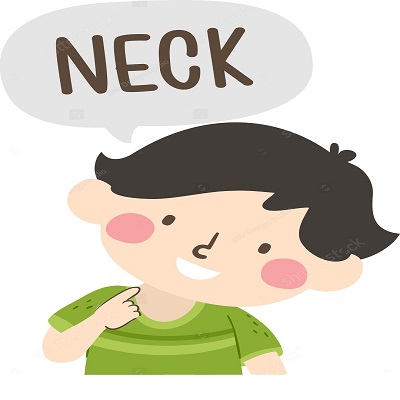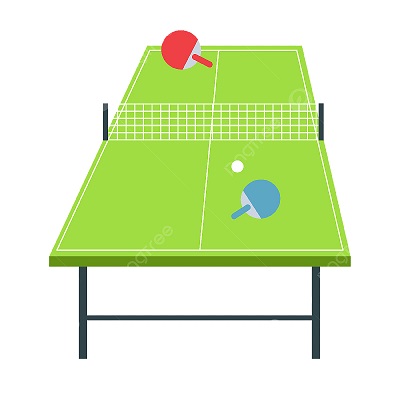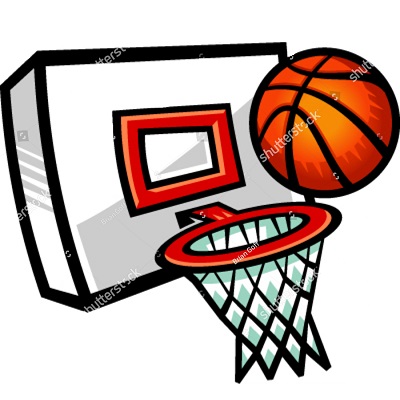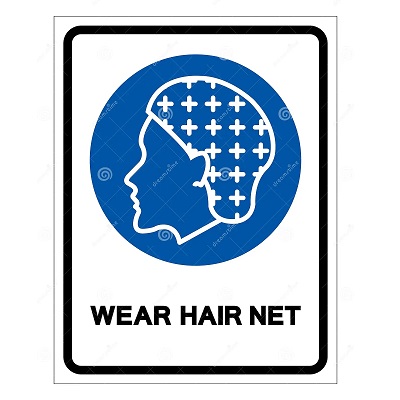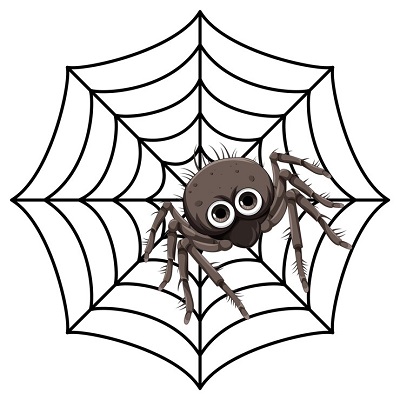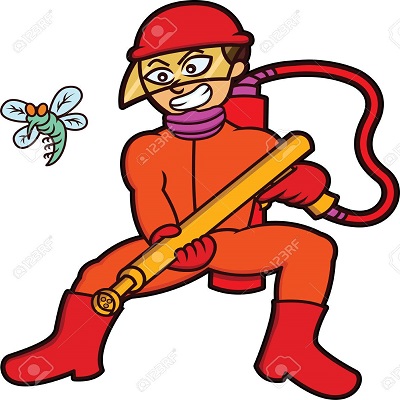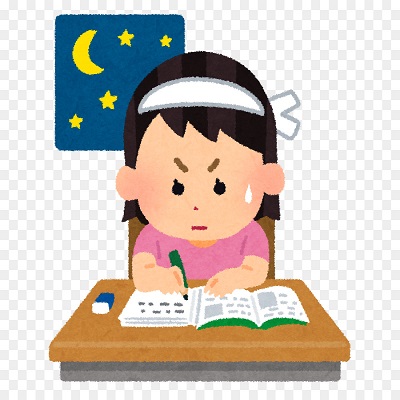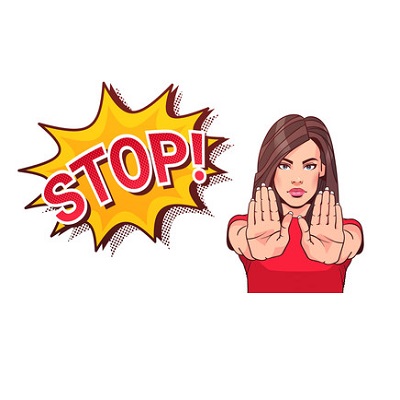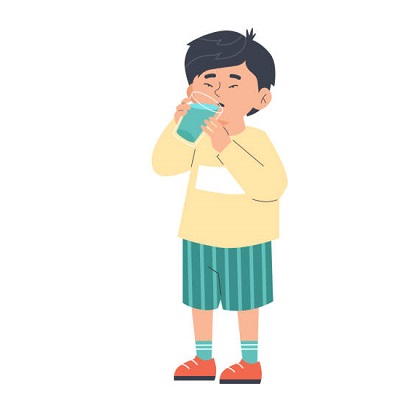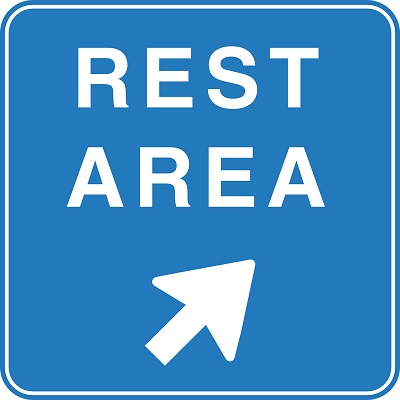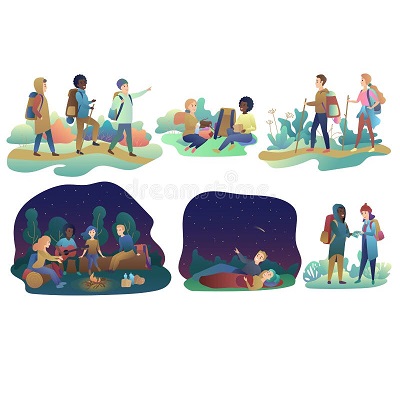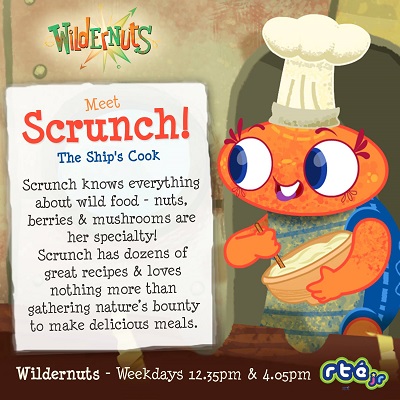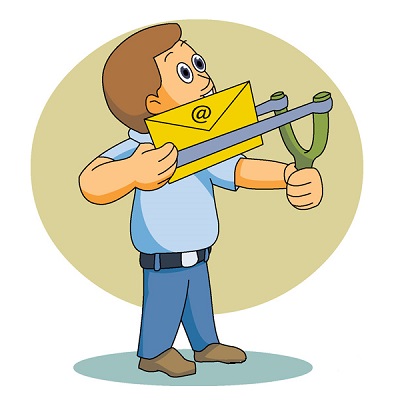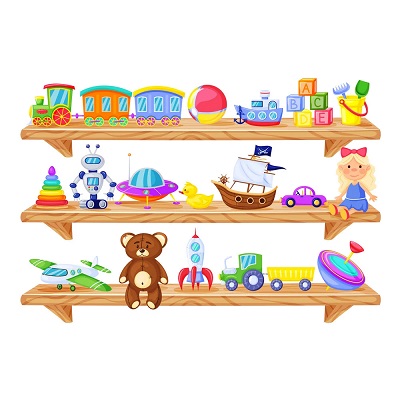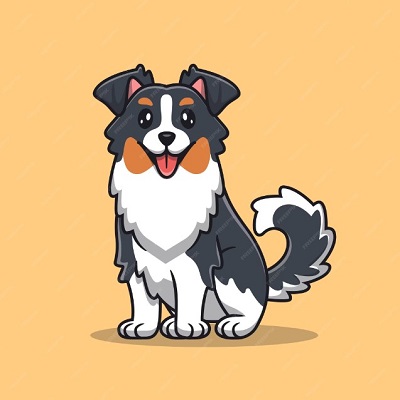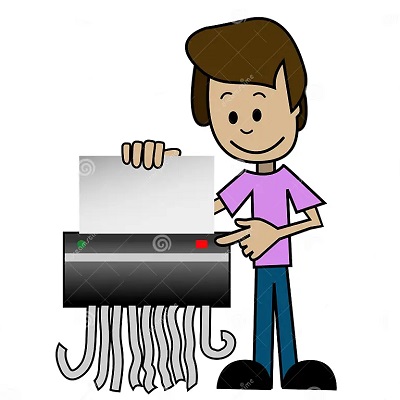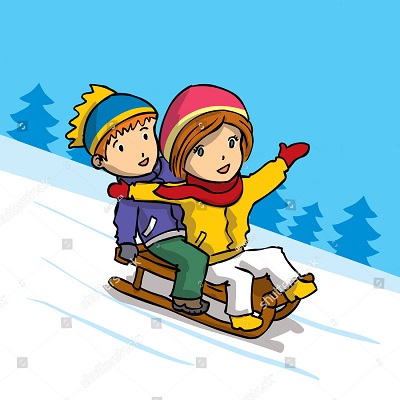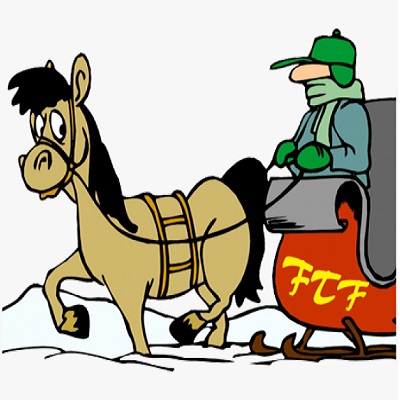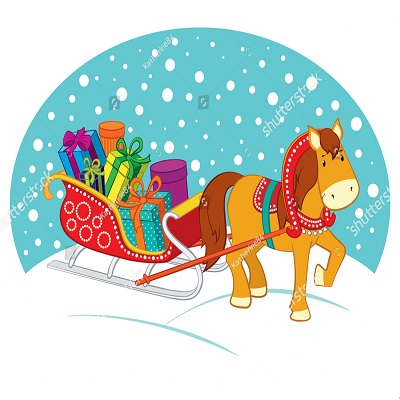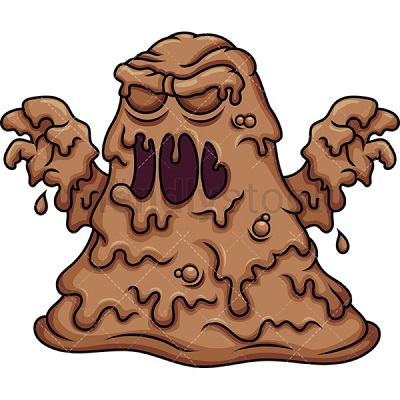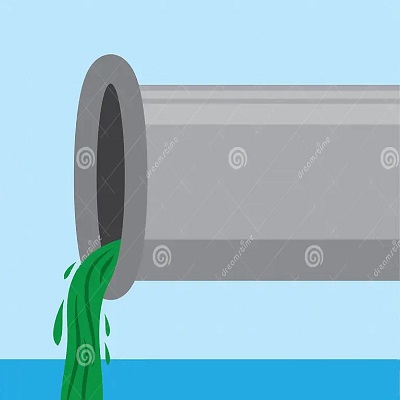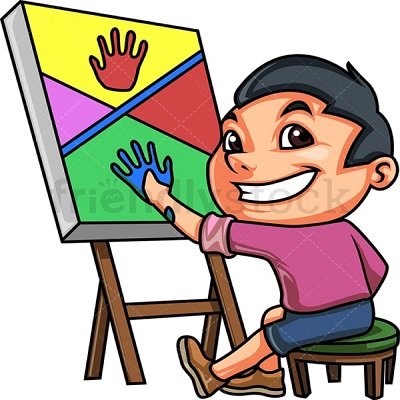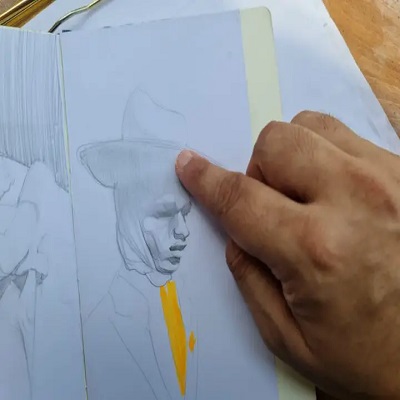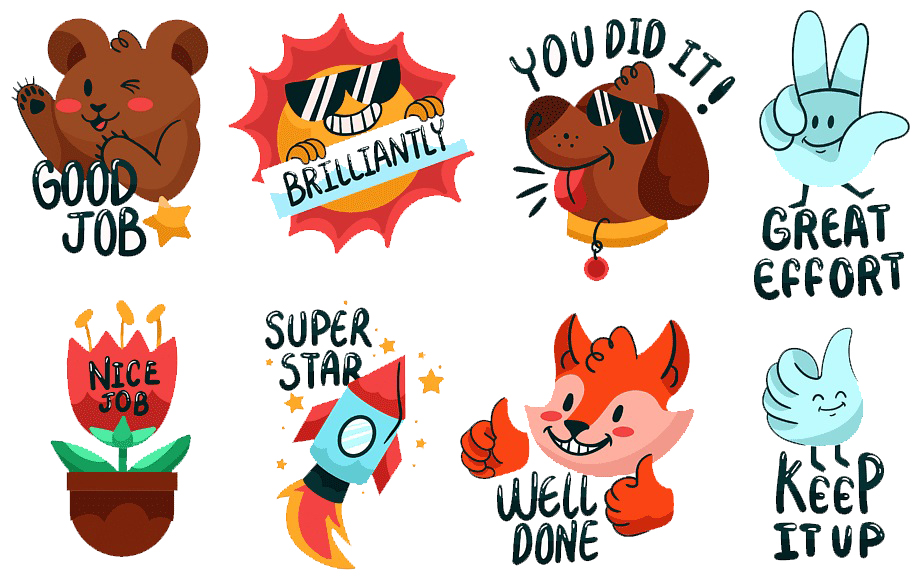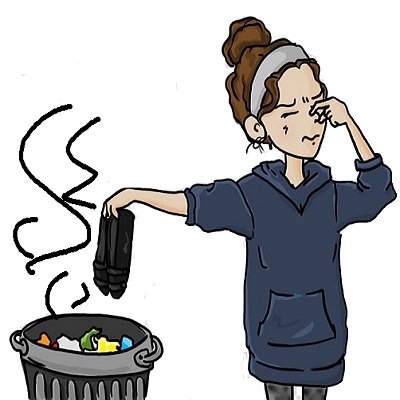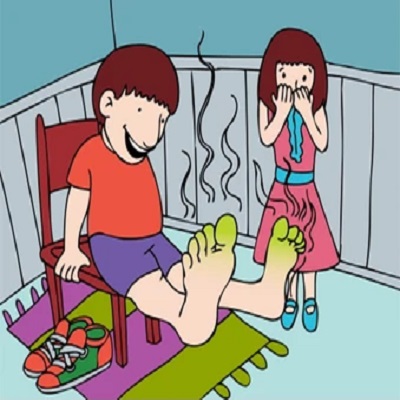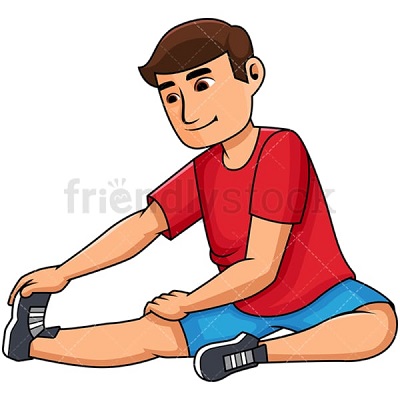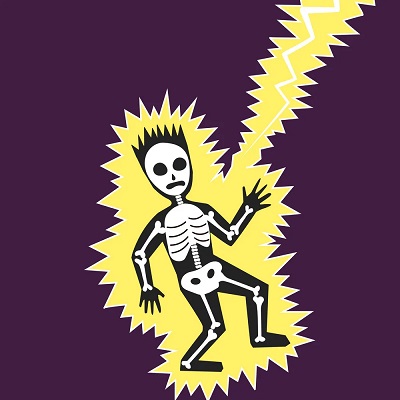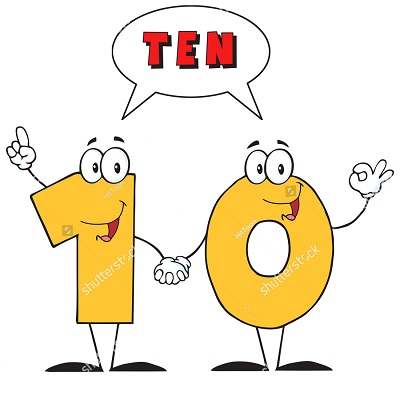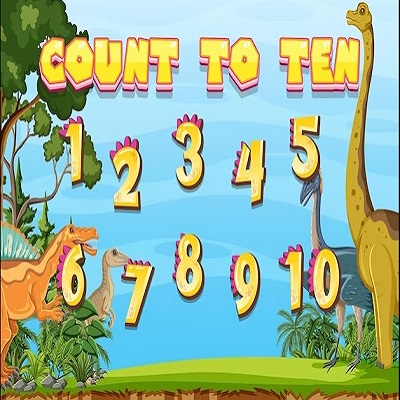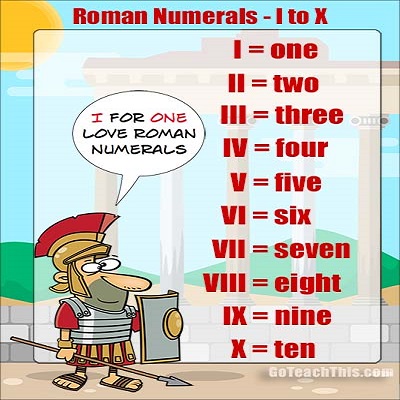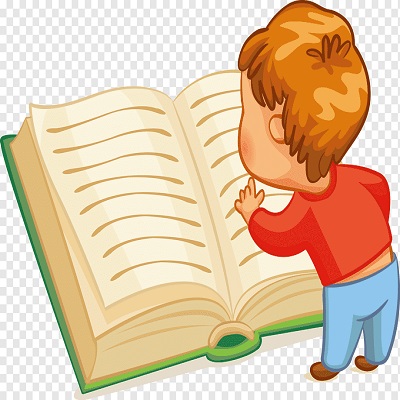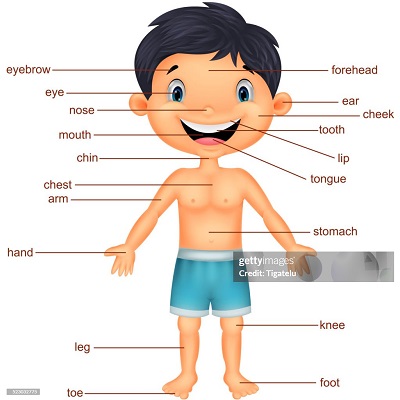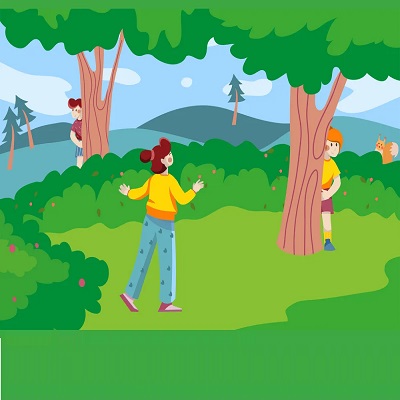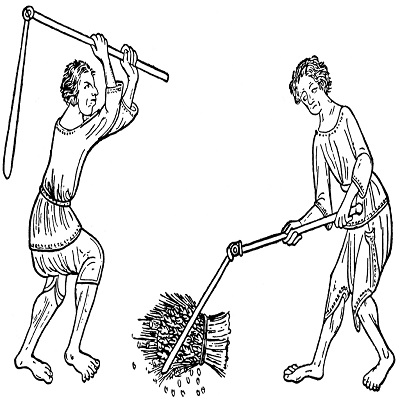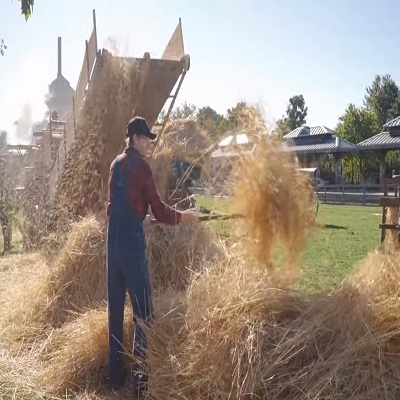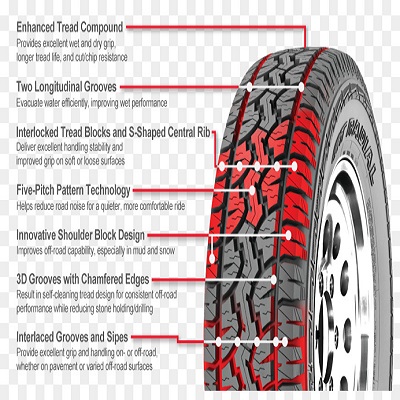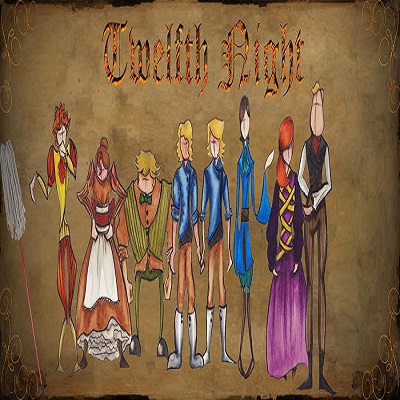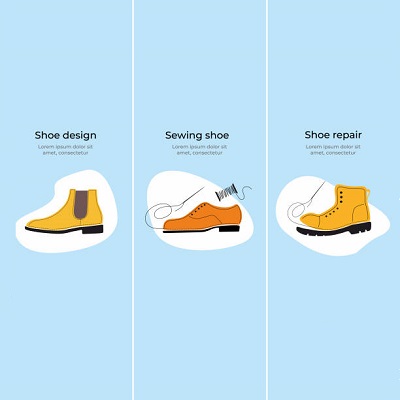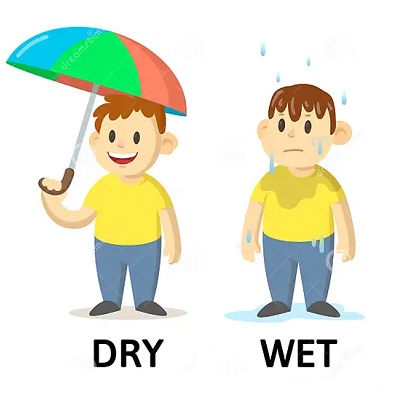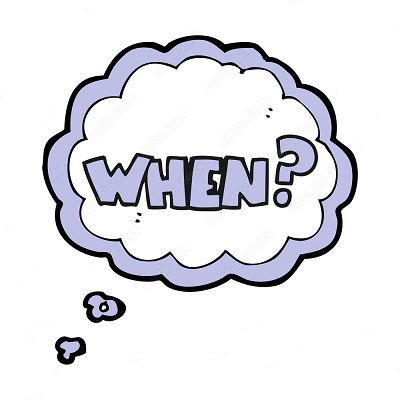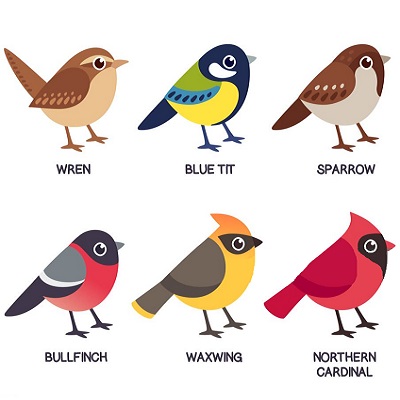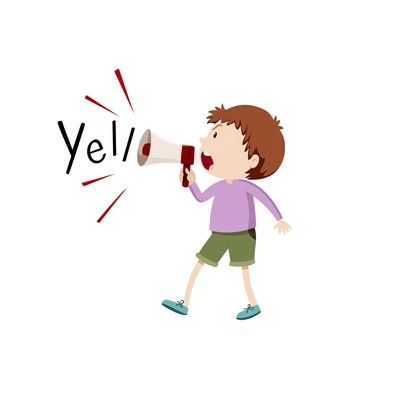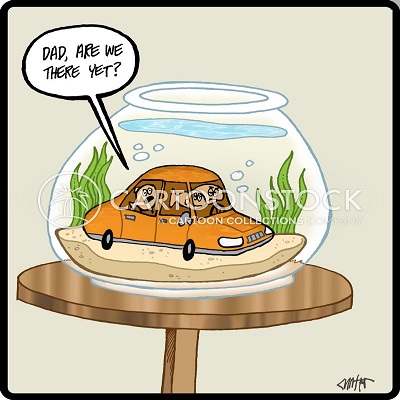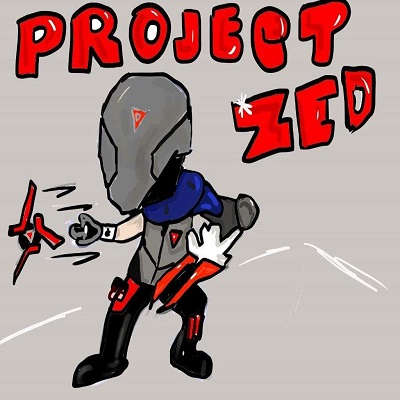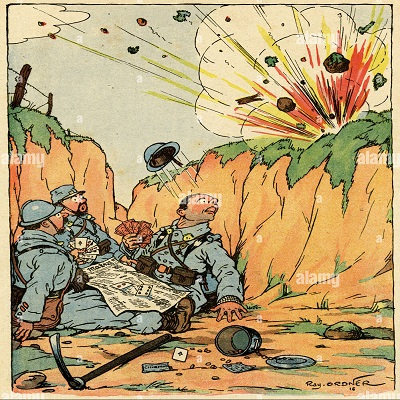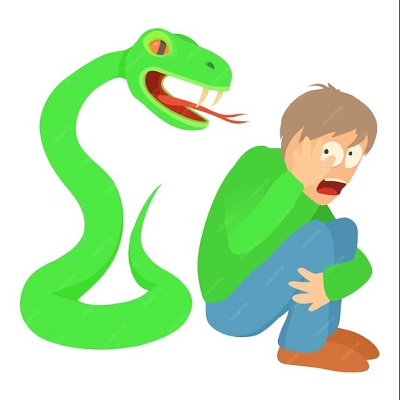Test Audio :
A Parent’s Guide to Help their Children to Learn to Read
Byron Thorne
Tell me and I forget,
Teach me and I may remember,
Involve me and I learn.
Benjamin Franklin.
(Parents: Read my introduction to know what it is that I expect from you)
If you are reading this, you probably have a child who is struggling to learn or there are no alternatives but to homeschool. Your first priority will be to discover the reasons why your child is struggling and where to begin to help your child to learn.
If your concern is not a remedial issue, I suggest that you click to Reading and Spelling Reviews (to come). It will be in your best interest to have your child take the same assessment profile (below) that I have provided for parents with children struggling to read. This assessment is a series of questions and commands that when summarized should indicate your child’s achievement levels and where to begin helping them to learn.
There are reasons for a child struggling to understand reading instruction. All children are capable of learning to read when their instruction is taught at their ability to understand. This assessment should provide you with sufficient clues as to why your child has been unable to understand their school’s current reading instruction.
Every learning concept in my parent’s guide is a cognitively designed program of systematic building blocks of learning skills that children must master if they are to understand and remember. If you are to help your child to learn how to read, this assessment will indicate where you need to begin and what you must do in order to help your child strengthen the skills that may be preventing them from making sense of what their teachers are explaining to them. I know the reasons why children struggle to understand reading instruction. If you wish to help your child achieve reading success, please follow my reading guide to the letter. I have only one condition that must be respected, everything that you teach your child must be learned to a level of automaticity.
The following assessment is for primary to middle school students who may find reading instruction too challenging. Children who struggle to learn do so because no one helped them to learn to attend in order to listen. Children who do not listen cannot remember what was taught. Children who can’t remember will not learn.
Let’s Discover the Skills Your Child Does Have
(This assessment is for struggling readers Grades One to Middle School)
TO BETTER UNDERSTAND THIS ASSESSMENT, FIRST SCROLL TO ‘WHAT I EXPECT’ BEFORE YOU ADMINISTER THE FOLLOWING ASSESSMENT TO YOUR CHILD.
- What is your age? How many years before you are 16 years old?
-
- Touch the inside of your right ankle with your left thumb.
- While balancing on your left leg, tap your chin three times with your right thumb.
- Touch your right eyebrow with the back of your left index finger.
- With the middle knuckle of your right hand, touch the inside of your left arch.
- Touch your right elbow with the back of the middle finger of your left hand and then pinch your nose with your left baby finger and thumb.
- With the baby finger of your right hand, tap the baby toe of your left foot three times, then cover the opposite ears with the palm of your left hand and the palm of the right hand.
-
- Balance on the preferred foot for ten seconds. Repeat with eyes closed. Repeat, but from the other side.
- Walk on tiptoes around the front room without losing balance. Repeat this activity backwards. Then ask your child to hop around the living room rug by holding the other leg at the ankle. Repeat from the opposite side.
- Walk forward carrying a full glass of water in the left hand while stepping over three pillows to the end of the room. Repeat, but with the opposite hand. Observe if there are any spillages.
- Skip forward around the living room without a rope. Skip laterally from left to right (observe if they understand left to right), then repeat right to left. Now ask your child to skip on the spot with a rope moving counterclockwise, then repeat with the rope swinging clockwise.
- Ask your child to walk heel to toe the length of the living room. Repeat backwards. Observe balance.
- Walk the rail using a length of string or wool as the rail. Try to observe whether your child’s foot is always centered in line with the rail.
- Ask your child to try to roll forward on the rug. Any kind of a forward roll (observe direction of the roll).
- Rolling like a log across the living room rug, head toward a designated wall. Observe whether they are able to roll in a straight line. Repeat but reverse head and feet. This is an important exercise that I want you to observe. Rolling off-line will be a clue to discovering your child’s spatial awareness.
It is extremely important for you to assess your child’s gross motor literacy level. How well your child performs these physical activities will be a clue toward helping to strengthen reading skills. I advise that you read the science behind learning how to read and gross motor function (see ‘Roots’ on my Learning Tree). Just read the first paragraph. This explains how gross motor function will enhance reading comprehension. I promise you that it will convince you to begin strengthening your child’s gross motor literacy. Without these skills, what and how you instruct your child will be less effective.
-
-
Pronounce the following consonant sounds (The letter F is fff not ef and M is mmm as in moo):
f m x z l r s b d p q c k g j h t y w n v -
Pronounce the following consonant blends:
bl br cl cr dr dw fl fr gl gr pl pr sc sk sl sw sp st tr tw qu scr spr squ str -
Pronounce the following digraph sounds:
Note that TH/TH is “voiced th” as in this, that, those and these; then unvoiced as in math, with, sloth, cloth, both, strength, length, eleventh, twelfth, tooth, teeth, health, death and sheath. I explain voiced and unvoiced th in the RULES—on the Learning Tree.ch sh ph phr wh th/th shr thr -
Pronounce the following consonant word endings:
ck ct ld rd lf ft lm lp nd nt ng pt mp mpt tch -
Sight Word Recognition Inventory:
This inventory will give you some idea of your child’s sight word recognition skills but few clues as to why they struggle to read.
Grade One of quit paid off cloth said on dwell twist one saw squid that was dumb these thrift quest when friend phone which laugh prompt Grade Two does space post goes pull cost once dull hear twice bull pear quite city pearl giant food ache chance flood cache ghost crook squelch Grade Three worry dwarf woman sorry quiet women flour sugar choice dough wolf clown cough warm blown cloud farm swam would crow swamp group crown dwindle
Grade Four (l) sew eager climate sue crawl machine sow money century bury dessert column soup beauty through scout enough drought courage special county country cloth thought bough clothes sausage brought quarrel straight Grade Four (2) enemy twirl fairy daughter quaint minor scissors usually beard surround burrow fruit persuade thrown onion character throne desert pleasant world surprise yesterday whirled scorch wilderness form taught breakfast worm Pinocchio
-
Pronounce the following consonant sounds (The letter F is fff not ef and M is mmm as in moo):
- How many hours in a day? How many days in a week? How many weeks in a month? What time is it?
- What is your favorite TV show? WHY?
-
Eye-tracking Skill Development.
- Toss a small soft pillow or Nerf ball to catch. Then ask to have it tossed back to you. Repeat this same routine but move arms-width farther away. Find your child’s comfortable eye-tracking distance and continue this reading development skill until your child has learned to catch a baseball.
- Using a rubber ball or tennis ball, ask your child to throw the ball onto a wall and catch the rebound either on the fly or on one bounce.
- Make a beanbag and have your child toss the beanbag into targets about an arm’s length farther away from one another. Observe the skill level from the opposite tossing side.
- Have your child roll or bowl a tennis ball into targets of different sizes. Bowl from both sides.
-
In a loud, clear voice, tell your child to repeat these numbers:
Repeat these words, last to first:8 2 16 12 4
pull fall jump laugh - See how long it will take to name 10 animals, birds, fish or insects that begin with letter B.
-
Pronounce the Short Vowel Sounds in alphabetical order.
For parents only: (Fat Ed is not up). - What animal is known as the king of the jungle? Spell the answer.
- What do they call a baby cow? What do they call a baby frog?
- On a piece of paper print the words island, thumb and doubt, then ask your child to circle the silent letters in each word.
- How many is a dozen? How many is two dozen? If you have two dozen eggs and use 5 for baking, give a half dozen to your neighbor and break four while taking the eggs from the carton, how many eggs do you have left for your own use?
- Name the seasons of the year. What season is it today?
-
Ask your child, “What do we call words that sound the same but have different spellings and different meanings? Have your child read the following words and provide the meaning of every word:
you/ewe/yew pear/pair/pare to/too/two do/due/dew - Has your child learned to tie their shoes or lace up a pair of runners or boots? Has your child learned to stack dishes in the dishwasher? Can your child thread a needle and sew a button? How well does your child maintain their bedroom?
- Ask your child what they had for supper yesterday.
- Print the letters squ and mpt on a piece of paper. Have your child produce the blend “squ” as in squid and the consonant ending mpt. Then ask your child to spell the words squelch and prompt. Ask your child if they know the meanings for the words squelch and prompt. I teach both words to grade ones.
-
Have your child read the following words and then explain the rule required to recognize those words having the Hard and Soft sounds of C and G. No need for word meaning at this time. Remember this is an assessment to reveal strengths and weaknesses. In the likelihood that a parent may have forgotten this reading rule, go to my Learning Tree and click "RULES".
cat center circle cycle circus change Lance Grace ceiling ginger gym grave page space gauge George -
Read the following words and provide a meaning for each word with the three different sounds of CH. These grade one words are often mispronounced or misread by middle school to high schoolers.
ache cache Christmas Chicago Michael Michelle machine -
How well does your child remember vowel sounds? Read the word list below. “Vowel sounds”, the bane of all good spellers and readers.
does/does most cost paid said quit quite quiet rush push pull dull pear pearl scar scare squelch - Write or print your full name, address and phone number.
If there is even the slightest problem with the pronouncing of any consonants, digraphs or basic vowel sounds, your child is not ready to begin my word decoding reading program.
THIS IS WHAT I EXPECT FROM THIS ASSESSMENT
- I want you to observe your child’s ability to answer questions with full, complete sentences. No shrugging of the shoulders, no one-word answers. Was there a hesitation for the problem solving included in this question? Keep this in mind for any assessments you feel necessary.
-
The results of this assessment should reveal what I believe to be the primary cause for children struggling to understand their schools’ reading instruction. I spent many years of failed trial and error reading instruction lessons until I changed my reading methods to the way my students learned best. Following many of the current reading strategies recommended by developmental psychologists, taught me where and how to strengthen reading skills to the level where my students could understand exactly what was required of them, if they were to learn to read.
Teach your child to listen to understand. This assessment should give you enough information to determine if not listening to understand may be what was preventing them from learning to read. Did your child have a problem with left and right, or reversals of the letters b d p q? How well was your child able to respond to identifying body parts such as: eyebrow, ankle, knuckle, scalp, palm and arch? If not, begin teaching all body parts. -
It is has always been a problem for me to convince parents of the value of strong gross motor skills and learning to read. Both use the same cognitive learning processes to help the brain create more and stronger learning pathways.
A child with weak balance ability tends not to play the 90% of games requiring strong balancing skills. Balancing is learned through games they play as children. It is a cognitively learned skill. Children who do not play with other children may miss out developing basic skills such as balancing, running, jumping, throwing and all the skills required to learn how to play. Children develop most of their social behavior while playing. A child who hasn’t been taught to play by the playground rules is not invited to play. Such children are easily identified by any trained teacher.
Play is never a part of a primary teachers’ learning objectives and current school officials are now discussing removing recess in order to provide more time to teach children to read. There is reason for you reading the above value of play. Read the first page of Gross Motor Skills in the Roots section on my Learning Tree and this may convince you of how children learn best.
My education background is physical education, the sciences of play and psychology. The reading content of my reading guide includes all three disciplines. From my years of experimenting with how children learn best, I found that children who had the strongest verbal expressive language skills and gross motor literacy development were my best readers. Both skills need to be strengthened if you expect your child’s brains to remember. If you don’t believe in my methods for teaching learning to read then maybe you should look elsewhere to help your child learn. BUT before you do, please read my overview of the “Grade One Reading Experiment”. Hopefully I can change your mind. Just keep scrolling. You will find it about a third of the way through. Those parents who ignore the value of gross motor literacy in learning to read will hinder their child’s access to the only path that I know to work.
I have witnessed from years of assessing children who struggled to read that almost every child that could not roll in a straight line to the end of a mat or rug had difficulty understanding reading instruction. Together we can take your child from the mat or from whatever is hindering their ability to understand reading instruction. -
The first four exercises will reveal your child’s ability to view, hear and produce the sounds of each consonant, consonant blend, all digraphs sounds and all consonant word endings. This is to be learned before your child begins to learn the various vowel combinations. Most public schools do not teach this method of phonological skill reading development. I do, and I will guide you through every essential reading skill that makes learning to read achievable. Dyslexic children and children with weak phonological reading skills often struggle to make sense of their school’s reading instruction. Together we won’t make that same mistake. If your child happens to be dyslexic, it will not matter because this parent’s guide has been written by a word-blind dyslexic author/teacher. Every lesson in my guide has been designed to address most reading disorders and specific comprehension deficits. All children learn differently, every lesson that you teach will address whatever learning deficit your child brings into learning how to read. Look upon each weak response as a clue as to why your child is struggling.
Each of these four basic assessment skills must be mastered before your child will have the skills to decode and spell words. The only value of the Sight Word Recognition Inventory is to find your child’s sight word recognition level. Pay little attention to what you discover. My grade one reading program should produce 100% success for reading all grade one to grade three sight words. - How would you evaluate your child’s verbal expressive language development? This assessment should reveal the language skills that your child uses to answer questions. I recommend that you begin by helping your child to strengthen their expressive language skills, especially the ability to listen.
- F is similar to E but requires a little more conversation. Many struggling readers have difficulty speaking in complete sentences. If this is the case, find ways to engage your child in conversation. Ask questions, this helps strengthen their ability to listen. Most struggling readers have weak listening skills. Until you help strengthen this essential learning skill, your child will have difficulty understanding exactly what it is that their teachers are trying to explain to them. There are no reading lessons required, all that is required of you is to talk and listen to what they have to say.
- Children unable to perform these skills are the same children sent to me for remediation. My training and research shows a direct correlation between gross motor literacy and learning to read. Please respect this and engage your child in every motor skill that I recommend. Playing a motor game like “Pick Up Sticks” will enhance your child’s reading performance, and besides, it’s fun. Any kind of cognitive activity is healthy for brain growth and will speed up the learning process. Playing a simple game of catch strengthens eye-tracking, a cognitive activity essential for learning to read and write. The same learning process helps the brain to learn to focus and to concentrate. These are the same skills that most struggling readers need, if they are to pay attention to what their teachers are explaining to them. Play cognitive activities such as ping pong, snooker, Chinese Checkers or a game of catch—all learning activities that require the ability to focus and to concentrate. The inability to focus and concentrate: the main reason that children struggle to learn to understand reading instruction. Fix this and your child will be ready to learn.
- This is an auditory memory skill evaluation. This assessment is meant to evaluate your child’s ability to listen to remember. If your child struggles in any way to remember the numbers or words, this may be a clue as to why they are experiencing difficulty with understanding reading instruction. There is an epidemic of children who don’t know how to listen. Could it be their digital devices? Just a thought....
- A good teacher/parent would take the time to show their child films of animals, fish and insects starting with the letter B: bear, beaver, baboon, bat, buffalo, boar, blackbird, badger, bass or butterfly.
- Was your child able to provide the short vowel sounds in alphabetical order? Most middle school students hesitate before answering or can’t answer correctly at all. Your child will—within three months of my decoding program.
- Most children have knowledge of the Lion King. Did your child spell lion correctly?
- This is a general knowledge assessment. Any wrong answer will provide you the opportunity to teach calf and tadpole.
- Correct answers means someone has taught your child the concept of silent letters. Silent letters are part of my decoding program.
- This is not a math quiz. It’s a word puzzle quiz. You will learn whether your child is able to make sense from written information. Most struggling readers will experience some difficulty with this word puzzle. There are arithmetic students who understand all four computational operations but fail arithmetic tests because of they can’t make sense from the words on the test. Remember this next report card time.
- This is a verbal expressive language assessment. Use this time to strengthen your child’s conversation skills. Discuss topics such as seasons of the year and where animals go during the winter season. Your responsibility is to help strengthen your child’s conversational skills. What kind of activities does your child enjoy during their favorite season? Do you know your child’s favorite season? Does your child know your favorite season?
- Has your child been taught homonyms? Until your child is taught the concept, they will struggle with reading and understanding how they are used in prose and their use in conversation. Homonyms follow a metrical structure that children must learn. Spend extra time helping your child to identify, spell and explain their meanings. Few, if any of my adult friends were able to provide meanings for all three homonyms in this evaluation of YOU, as in: ewe, a female sheep, yew, a kind of tree and you as a personal pronoun. This concept can be learned by grade one students. I teach it as part of the decoding program for any ‘grade one’ reading students.
- How easily does your child tie shoelaces, thread a needle? Is your child able to sew a button? Have they been taught to clear the dinner table of dishes and silverware, stack dishes in the dishwasher or organize their bedroom? Children who have been taught similar skills as listed above seldom have difficulty learning to read.
-
This is recall, memory skill. Make sure that you can recall yesterday’s menu before you ask the question. Children who struggle to answer this kind of question need help to strengthen their short term memory skills, the same skills needed to remember the spelling lesson they learned today.
A good place to start would be asking questions from their bedtime stories, such as, “Where were we in the story last time?”, “What do you think will happen next?” Try asking your child what clothing they wore to school yesterday and the day before. Ask your child what clothes they plan to wear for school tomorrow. All good teachers ask questions that will end up helping their students learn. Learn to ask good questions. -
Children who have been taught to identify both the initial blends and consonant endings in their phonological studies will answer both parts of this assessment. They will be able to spell and provide word meaning for both words. I will be telling you Brianna’s story, I only hope that everyone will still be reading that far into why and how children learn best.
I can guarantee that there are middle school students who will be unable to produce the blend ‘squ’, let alone the correct spellings and word meanings. My grade ones, Brianna being one of them, were taught these skills shortly after Christmas break. - Has your child learned to recognize Hard and Soft Sounds of C and G? This concept will be taught as part of your child’s decoding to learn to read instructions program. There are middle school readers who haven’t grasped this grade one phonics skill. How well was your child able to read the wordlist and identify all Hard and Soft Sounds of C and D? If you need a refresher lesson, go to Learning Tree and click to RULES.
- This assessment is to discover any weaknesses your child may have with understanding the phonological concept of the of CH: CH as in church; CH as in ache, school and Christmas; and CH as in cache, chute, machine.
- How well was your child prepared to discriminate all the vowel sounds? This assessment is to help you to evaluate whether your child understands vowels that follow rules and vowel sounds that are irregular and need to be memorized. I already know the answer because all struggling readers sent to me for remediation had almost no understanding of basic grade one vowels. Children experiencing spelling difficulties will need help with strengthening this important phonological skill. Few middle school students pass this assessment. This assessment is for all children, regardless their grade level. It is designed to reveal one more reason why they struggle.
- I have always taught my early grade one students to be able to both verbalize and write their name, addresses and phone number.
If your child was able to show you positive results for all questions, it may be OK to begin my articulation program. You can find this program in the main body of this guide or go to my Learning Tree and click to start Articulation.
Please note, I still wish you to continue reading my explanations from the main body that will help you to understand how to help children understand.
Now for Brianna’s story.
Brianna and Her Grade Six Neighbor
My Superintendent of Instruction asked if I would use the same learning to read methodologies used to help my remedial students acquire reading levels to graduate into regular education grade six and teach one of the two grade regular education grade one classes for one hour each day. Their homeroom teacher would take my class for music and arts and crafts for the hour. I accepted the challenge, even though I had never taught grade one reading to a regular education class.
One recess, about four months into my grade one reading program, I was out on the playground doing yard duty. Brianna, one of the students from my grade one reading class, was hugging my arm as I walked around the playground. Her grade six neighbor approached us and began gently knocking on Brianna’s forehead and said, “Hello is there anyone in there? I asked him why he did this, he said, “Oh, Brianna’s so dumb, she doesn’t know anything.” I knew that Brianna was quite smart. I asked him if he would mind answering a couple of reading and spelling questions. He was OK with this. I ask him the meaning of prompt. He didn’t know. Without hesitation Brianna said, “It means to be on time.” Then I asked him to spell the word prompt. He misspell the mpt part of the word but got the vowel sound correct. I asked Brianna to spell the word, she spelled the prompt the way she learned to spell it during a prior reading lesson. I then asked the grade six student the meaning of squelch. His reply, “There’s no such word as squelch.” Brianna simply told him, “It means to put out a fire by smothering it with sand or by saying ‘hah, hah to their weak joke.” When I asked him to spell squelch, there was no way for him to recall squ, if he had ever learned it in the first place. He missed spelling the short e vowel sound and had no concept of digraphs. Brianna spelled squelch because she had learned every basic skill needed to visualize the words and spell them correctly.
I would send reading exercises home periodically to inform parents what their child was learning in my reading class. Parents were asked to review this wordlist with their child and ask questions as to the meaning of each word and how to spell every word correctly.
Later that year, during our school’s Spring Carnival, one of the parents who had been working with his child on my reading homework lessons, approached me and informed me that he was illiterate. He then told me that he was learning to read simply by learning from the homework I was sending home with his child. Certainly one of the highlights of my teaching career. I will be explaining the Grade One Reading Experiment later on. Realize that grade one children are capable of learning years above their age and only need to be able to understand.
There are too many middle school to grade six reading students like Brianna’s neighbor. Students lacking basic reading skills that their reading teachers left unlearned before moving to the next reading skill lesson. The only justification I have to support the fact that the decoding reading program you are teaching is failure proof is, “I won’t let any student fail.” If the grade six neighbor’s reading teacher used this undeniable strategy, my playground questions would have been correctly answered. These are the same grade 6, 7, and grade 8 children sent to me for remediation with primary school reading ability. Sean was one of these children. I would like you to hear his story.
Sean’s story
One early morning Sean’s mother came to inform me that Sean was not feeling well. Sean was in regular education grade five and struggling to learn. He was sent to me for remediation. I found his learning level and taught him to learn how he learned best. I told his mother that it was OK to keep him home. She agreed that Sean should stay home but Sean insisted that he attend school today. He told his mother, “Today is when I see Mr. Thorne. It’s the only time that I feel smart.” This brought tears to my eyes. I realized that Sean spent almost 95 percent of school time, feeling less than smart. When I approached his reading teacher, his reply was, “See those readers, I teach grade five.” He should have been arrested for taking money under false pretenses, he was paid to help all his students to learn. Teachers who promote students unable to achieve at their current grade level into a learning environment even more impossible to understand need a swift kick in their flawed thinking. I wonder how many of Sean’s classmates were also struggling to understand?
My solution to Sean’s problem was to design a reading program at Sean’s learning level that he would work at during grade five reading lessons but without his teacher’s guidance. This was OK with Sean’s teacher but I would be responsible for evaluating his work. I continued this reading program but I needed Sean’s parents to help me help Sean to learn for the rest of the school year. By school’s end, Sean had reached grade level reading, higher than some of classmates. I love a story with a happy ending.
Let’s not let that happen to your child. You must be absolutely sure that where you start is at the learning level that was revealed by the assessment exercises I provided. Your child’s ‘sight word recognition’ inventory is of little consequence. Its value is to inform you of their ability to decode words. A more accurate assessment would be to ask your child to explain the meaning of the sentences they just read. If they can’t explain what they just read, they might be ‘word readers’. These are children who read words but are unable to make sense of what they are reading. My reading program never produces word readers.
I have tried to make this reading guide a conversation between you, the parent and myself. If you are to achieve success, you are expected to read my extensively long explanations in order to gain some expertise before beginning each lesson. When there is a difficulty, I will be the resource person helping you to help your child to understand and remember. The way I write is the same way I speak, and I teach the way I speak. This program would be much more effective if there was audio support. I advise parents to avoid making their child’s learning environment look anything like a classroom. Make sure where you teach is free of all distractions. Make sure that what you teach is easily understood and both informative and relevant. It’s when your child sees the light at the end of the tunnel that you will know that you have chosen the right path toward helping your child to learn. You’ll know if you’re on the right path by your child’s positive response and interaction when what you are teaching them begins to make sense. How well you are able to provide successful learning experiences will result in your child’s feelings of self-worth and boost their self-esteem. Sean felt smart and knew that he was smart. Children enjoy being smart. Let your child know that what they just learned is a topic taught in grades a lot higher than your child’s present grade. For example, your child will be asked to learn the word sloth. Sloths live in jungles in South America. Take your child on a trip to South America, by way of video and pictures of the jungles and the predators of the sloth. You have a responsibility to make your kid feel smart.
This is not a cookbook. I will help you to make decisions that will affect your child’s ability to understand. These assessment results should provide you with enough information as to where to begin teaching your child to learn. It will give you an idea of your child’s learning level. The reason my learning methods are successful is that I’ve made everything I teach at the child’s ability to understand. My psychology background is my resource for making sure that no concept is left unlearned. Most successful grade one readers come into their school learning environment with strong gross motor and verbal expressive language skills; your goal will be to provide your child with activities that help them achieve these same learning skills. My physical education and recreation background is the foundation for strengthening every essential learning skill. My research has helped me to understand how children learn. Knowing how to bring these skills into your child’s learning environment will make what you teach that much more effective toward your child’s understanding of what it is they are expected to learn and remember.
Teaching the Brain to Learn and Remember
If I am to help you help your child to understand, you need to know the ‘why’ of what I’m asking you to teach. That is why I mentioned the long introductions. Humor me and trust that I know what I am doing. Understanding how your child’s brain can be helped to remember will be the reason that your lessons will be effective. Knowing how to reinforce what your child needs to learn to remember is the basis of how each lesson should be taught. In order to accomplish this, I’m giving you a quick lesson in psychology that will explain why I keep referring parents to my Learning Tree. Parents that chose to help strengthen their child’s learning skills will be that much further ahead by helping their child to learn. It is pointless to continue with the same ineffective learning methods that caused your child to struggle in the first place. By the time you are reading this explanation of how children learn, you will have visited my Learning Tree several times. By now, you helped your child to strengthen every skill they will need if they are to make sense of what you are about to teach. I suggested that, when going over the assessment and my recommendations. By now your child will be able to focus and concentrate to a level where they will be able to listen to follow instructions. When your child has reached this level, every learning experience will bring them that much closer toward learning how to read. This is why I mentioned there are ‘consequences’ for children expected to learn at achievement levels beyond their ability to understand.
I will try to make my psychology background make sense. It’s really not that confusing. Learning isn’t the goal. Learning to remember is the goal. My lessons will help you to train your child’s brain to build a multitude of learning pathways that will enhance your child’s ability to learn to remember. To remember, the brain must be fed information. Every event that is processed by the brain builds pathways. Building pathways is easy to accomplish.
Your child’s brain contains billions of brain cells called neurons. Learning occurs when these neurons communicate with each other. Every event is stored in your child’s memory bank. Each deposit strengthens the pathways to help make sense of what is being taught. Frequently traveled pathways build stronger memory skills. By feeding the brain with cognitive activities, it stimulates the neurons to create new connections with each other. The more communications of traveled pathways results with your child remembering what was learned. Your job is to be sure that each lesson that I ask you to teach has learning pathways so well traveled that what your child learns is at the level of automaticity. Automaticity means your child’s brain has built multiple pathways to make problem solving faster and correct. This is accomplished the same way anything is learned. You repeat a learning skill, over and over, for as many times as it takes to master it. Explain to your child that every time they practice a learning skill, even though it may seem unachievable, that their brain will remember enough to make the next attempt that much closer to learning it. This may take several lessons of hard work, but it’s the only way for their brains to create pathways so well traveled that they will learn to remember.
Remember when your infant child was struggling to learn how to feed themselves? Every trial and error repetition of spoon to mouth attempts failed until their brain built pathways that resulted in their brain remembering how to control the spoon and feed themselves. Learning to read is exactly the same process, it only requires your child to be hungry enough to learn.
Think of these connections between neurons as building blocks that will help your child to remember. The more your child repeats each performance the more it strengthens these connections, and as the neurons communicate with one another, they build stronger pathways that transmit information faster and make remembering more effective. Remember the saying, “If at first you don’t succeed, try and try again?” No truer words were spoken.
Your child may not wish to ’try and try again’ but I know of no other way than to rehearse each learning concept until mastered. This is how each new learning activity must be taught. Practice makes perfect! If practiced to conclusion, you as a parent will have created a ’failure proof’ learning environment. Whether the learner is a golfer, chess player or a musician, they all need to go through this same process that you now understand. I must caution you that your child achieving success will depend upon their ability to persevere. My reading program will be only as achievable as your child’s willingness to persevere and never give up.
There is a process that makes learning to read less difficult to understand. There are guidelines and strategies that make learning to read more easily understood, if only their reading teachers would take the time to learn them. Any public school reading teacher who fails to follow guidelines of the Science of Reading and Writing is setting up the student for failure. Readiness skills will determine how well a child is to achieve. All that is required is an assessment similar to the one you read in my introduction. A study of children with a deprived childhood learning history made by Dr. Fraser Brown in 2003 states:
“The cognitive aspects of the brain are not fully switched on until around the age of six or seven. The brain takes in and processes new material in their sensory and visual memory.”
Neuropsychologists have released studies that indicate non-readers require specific reading strategies to help the brain remember their reading instruction. The process of learning is complex and the path toward understanding something as difficult to understand as learning to read requires the parent to maintain certain disciplines if their reading lessons are to be successful. Achieving successful learning outcomes requires that you follow proven learning strategies.
The Grade One Reading Experiment
Soon after my reading methodology had been defined, my Superintendent of Instruction noticed my 100% success rate of graduating every remedial student into regular education grade six after two years of my learning methodology. There were five other remedial classes of failed grade three students the same age and learning levels as my class. These were students who experienced at least four to five years of failing to learn to read who were identified as needing remediation. In my case, those children in my district came to me from various schools with early grade one reading skills. After an assessment, I divided my class into two groups. The class that remained were to continue their lessons, whether they be reading, spelling, math, social studies or geography. Those students coming to me for their first lessons started with the same programs that are offered in my parent's guide.
I graduated 100 percent of my second year students into regular grade six, one year ahead of their former grade three classmates, the other five remedial classes graduated one student between them. That’s less than 2%. It crossed my mind that she wasn’t concerned about the five classes that I might share some of my learning strategies. What she asked was, if I would teach one of the two grade one regular education reading classes using the same reading methodologies that helped my remedial students learn. While I taught the regular education grade ones, their teacher taught my remedial class music and arts and crafts.
I tested both grade one classes for basic reading skill levels. They both tested at the same skill levels. The class that I was asked to teach had a teacher that was unhappy with some Special Ed. guy working with her students. To quote her, “I guess you can’t do too much harm.” I knew there would be problems when she asked to keep her class back for September in order to get to know her students. During October she requested to keep her class back to work on Halloween projects. November was OK but December was Christmas concert time and she needed several days to rehearse with her class. By the end of May she terminated the Reading Experiment. I retested both classes.
The control group tested at a high grade one level for reading and a mid-grade one for spelling and vocabulary skills. They were prepared for grade two. The “Experimental Class”, my students, tested at an early grade three. They had skipped a grade in reading and had mid-grade three spelling skills and mid-grade four vocabulary skills. To my utter disappointment, everyone of my grade one students was graduated into a grade two learning environment the following year. I’m sure some would become bored. I may have done them a disservice. By year end, every student was capable of reading every word from from one to grade three and most of the grade four words I provided in the assessment questions.
The committee overseeing The Grade One Experiment dismissed what my grade ones’ had accomplished with, “We don’t teach reading and spelling this way in our language programs.” Sad to say, learning methodologies have remained stagnant in the thirty years since retiring from teaching. Parents adopting my Parent’s Guide won’t be denied any of the new science of reading strategies I acquired from educational learning theorists. These are the learning strategies rejected by reading teachers who truly believe that their teaching methods are effective and do not require even the slightest modification.
My reading guide follows the same guidelines that helped my grade ones to achieve successful learning outcomes. Guidelines that follow the Sciences of Reading and Writing being used by less than half of today’s reading teachers.
My Eureka Moment
Several years after starting my teaching career, with only average student reading outcomes, I unexpectedly was introduced to Fat Ed. This introduction happened during a reading conference when three young students presented our group with what was to become my ‘Eureka Moment”. They gave our group their concept of the value of children learning short vowels and introduced us to Fat Ed. To help children remember the sounds of short vowels they provide a picture of a fat man lying on his back, his name, Fat Ed, thus an easy way for children to remember: Fat Ed is not up. They also informed our group of the easiest sound for the human voice to produce. I promise to share with you what was to become the foundation for “Toward A Failure Proof Methodology for Learning to Read.” (It’s on the Learning Tree). I recently had a close encounter with death and while I was listening to the doctor asking me if I wanted to be resuscitated, my fear of dying was never an issue, my immediate concern was that everything I knew about helping children learn may die on the operating table without ever being recorded. On behalf of my doctors, I offer parents my reading guide that has been recorded and is only a click away.
Articulation
(Do this correctly and there will be no reading problems)
My learning to read methodology begins with both recognizing and producing the sounds of the letters of the alphabet. As the program progresses to learning how to produce the sound of initial and final blends and digraphs, your child’s mastery of initial and final consonant blends and digraphs will determine how successfully your child will be able to manage ‘Learning to Decode’.
Read what I have to say about how to produce the sound of each letter. Never leave the pronunciation of any letter until your child can produce the sound automatically.
Producing the Sounds of Consonants
b) - b is a breath sound. Listen for the sound of the b at the end of the name Bob. There is no after sound. Just a slight ‘b’. Listen for it and remember it. Listen for the final b sound:
| Bob | baby | maybe | sob | cab | lab | tab | bib | fib | rib | crib | club | flub | slab |
The lips touch and you puff the sound as though you were blowing out a candle flame.
Silent letters - b is silent in words such as:
| doubt | bomb | numb | crumb | lamb |
| comb | climb | limb | thumb | plumb |
c/k) - The letters c and k will remain hard for this lesson. To produce the (c and k) sound, the jaw is slightly opened, the lips open and the back of the back of the tongue pushes on the back part of the roof of the mouth and the c/k sound is pushed out, as in words such as:
| cat | calf | cow | cub | cut | cob | cop | carry | canoe | cute | crib |
| kid | kind | kick | keep | key | king | kong | kiss | kitten | kitchen |
Silent letters:
| c: | science | scene | scissors | scent | ascent | descent | ||
| k: | knee | knock | knit | knob | knight | knot | know | knowledge |
There will be times that your child will be required to learn and produce the digraph sound of ch as in the words:
| cache | school | Christmas | choir | chorus | chaos | character |
d) - To produce the sound of d, place the tongue on the front of the roof of your mouth, lips slightly open, press and quickly release the tongue and push the sound you hear in words such as:
| dud | mud | bud | hood | could | should | cold |
Silent letters:
| bridge | ledge | fridge | fudge | judge | edge | hedge | wedge |
f) - Place the bottom of the top front teeth on the lower lip and blow air making the fff sound over the bottom lip, as in words such as:
| fan | fast | fish | find | fond | fun | funny | fool | foolish | food | Frank |
Silent letters (some people do pronounce these silent letters):
| fifth | twelfth |
g) - Open the jaw, place the tip of the tongue on the floor of the mouth and the middle of the tongue on the roof of the mouth and kind of grunt the sound you hear in words such as:
| dog | Doug | mug | slug | hug | bug | big | bug | beg | leg | pig | wig | fig |
Silent letters:
| gnat | gnaw | sign | gnash | gnome | foreign | feign | reign |
h) - h is a breath sound made by a quick breath of air with the mouth opened wide and the tongue placed on the floor of the mouth. It’s the same sound that is made to breathe air on to a mirror. The sound that is used to say the words:
| horse | house | home | his | hid | hide | had | have | how | Howard |
Silent letters:
| hour | herb | heir | honest | honor |
j) - To produce this sound, tighten and purse the lips as you would by saying shh! to someone, then move the jaw slightly forward and push the top part of the tongue with its tip below the bottom gum line and bring a tightened middle of the tongue to the roof of the mouth and breath out a ju sound as in:
| just | jam | jest | jet | jot | jut | James | Jerry | Joyce | Jane |
l) - To produce this sound requires a great deal of effort, especially if the child produces a w sound for an l sound, 'widdo' for little, 'wong' for long and 'wick' for lick, etc.
To produce l ( o͝o as in book) place the bottom of the tongue to the roof of the mouth, open the lips slightly and start with o͝o (as in book) and the sound you hear in words such as:
| o͝o/look | o͝o/like | o͝o/lip | o͝o/Larry | o͝o/little | o͝o/lamp | o͝o/light |
Silent letters:
| walk | talk | chalk | half | calf | could | should | would |
m) - This is the first consonant of the alphabet that a child produces. When vocalizing Short ŏ, the baby closes the lips and produces the mmm sound. The first word uttered is ah/mm/ah/mmahmm, mom. Say these words:
| mom | Tom | sum | hum | gum | from | glum | gym | Jim |
n) - To produce nnn sound, place the tip of the tongue above the top front teeth, open the lips and produce a nasal sound in words such as:
| nuts | not | nag | nothing |
Silent letters:
| Autumn | column | solemn | hymn |
p) - p is another breath sound. Press the lips together and make the p sound as if you are blowing out a match as in words such as:
| pear | pair | pare | peach | plum | prune |
Silent letters:
| psalm | psychology | pseudonym | pneumonia |
q) - To produce this sound, tighten the lips and start q with a slight k followed by the o͝o (as in book) sound, then practice with words like:
| k/o͝o/queen | k/o͝o/quick | k/o͝o/quit | k/o͝o/quite | k/o͝o/quiet |
r) - The last letter to master for children who cannot articulate the sound of r and who say wabbit for rabbit and wheelie for really. My program will correct this articulation problem. Practice with control words ending in er/ ũr (as in her). Words such as:
| butter | winter | summer | faster | swimmer |
Go back to this exercise anytime you hear: wabbit or wheelie.
When the ũr (as in her) has been completely mastered, say ũr (as in her), then practice words such as:
| ũr/rat | ũr/run | ũr/runner | ũr/race | ũr/racer | ũr/rubber | ũr/read | ũr/referee | ũr/rabbit |
s) - s is usually a sss sound as in sissy, silly and sister but can also say zzz as in words like:
| was (wuz) | nose | cheese | cars | dogs | toys | candies | parties | girls | boys | coins | fries |
To produce s as in salt, make a tunnel with your tongue touching the gum line above the front teeth so air can flow past the tongue and out the open lips and produce words such as:
| sun | sub | sob | sister | Sally | sings | silly | songs |
To produce the zzz sound as in 'as', clench the teeth gently together and instead of blowing, feel a vibration between the teeth as in words such as:
| busy | noisy | nosey | tubes | clothes | beaches | logs | beds |
Silent letters:
| island | aisle | viscount | debris |
t) - This is another breathless sound. Place the tip of your tongue at the front of the roof of the mouth just above the top gum line. With a slight push of the tongue, quickly release the tongue and produce a t’ sound as in:
| tip | top | tap | tat | sat | brat | slat | type | strip | stripe | pipe |
Your child must listen carefully to hear the ‘t’ sound in words like:
| watch | patch | catch | hatch | match | clutch |
Silent letters:
| ballet | ricochet | buffet | mortgage | asthma | listen |
v) - To pronounce the sound of v, place the top front teeth on the bottom lip as you did with f, instead of blowing, feel a vibration on the lip as you say words such as:
| velvet | vice | very | vegetables | volcano | violin | Violet |
w) - Purse the lips as to kiss, the lips should feel as though by blowing air you could produce a whistling sound. Start with the o͝o sound and add a slight Short ŭ sound as in words such as:
| wow | how | cow | wish | wash | water | winter | world | wind |
Silent letters:
| two | wrench | wrestle | wrap | write | wren | wrong | wrist |
x) - x is fairly easy to produce. Sound out k and add an s (ks-x). As in:
| box (bok/s) | fox (fok/s) | axe | mix | tax | wax | etc |
y) - To produce the y sound, simply put a long ē sound in front of Short ŭ as in:
| ē/yŭ | ē/yŭ/yes | ē/yŭ/you | ē/yŭ/yellow |
z) - Place the middle part of the tongue along the roof of the mouth but keep the tip away from the upper teeth. Feel a vibrating feeling on the tip of the tongue sound as you say:
| zed | zebra | freezer | sneeze | sneezing | quiz | fuzz |
Your child has learned to recognize and produce all the consonants. They are ready to begin learning to decode. But first they must learn to recognize and produce basic initial and final consonant blends, triple blends, as well as, initial and final digraphs and consonant word endings.
Single to Triple Consonant Blends
If your child is to learn to read, they must learn to recognize and spell all basic blends to a level of automaticity. My entire methodology depends upon the student being able to produce each blend or triple blend automatically. Read each blend and ask your child if they can remember any words with these blends. There will be no need for word meaning. The objective is to help your child to see and listen in order to produce all single to triple blends. If your child is to learn to read, every reading concept depends upon your child remembering the sounds of letters, blends and digraphs. Rehearse until every blend, digraph and consonant sound can be produced automatically. They will need to master each lesson. Demand automaticity from now on, accept nothing else.
| bl | black | blue | blot | bleed | blaze | blow | blast | blood | blank | |
| br | brat | bran | brand | branch | brain | break | broke | brow | brown | |
| cl | cloud | clam | clot | club | clothes | clean | clam | clamp | class | |
| cr | crop | cross | craft | crush | crow | crowd | cream | cram | crank | |
| dr | drop | drag | draft | drink | drank | drain | dream | draw | drank | |
| dw | dwell | dwarf | dwindle | |||||||
| fl | flat | flow | flower | fleet | float | floss | flush | flesh | flash | |
| fr | frog | freak | free | frill | frost | freeze | friend | fresh | Frank | |
| gl | glum | glow | glide | glob | globe | glad | glaze | glance | glass | |
| gr | grin | gray | grip | gripe | grad | grade | graze | green | grass | |
| pl | plop | plum | plan | plane | please | plot | plead | place | plank | |
| pr | pram | prom | prompt | pray | prim | prime | price | proud | prank | |
| qu | quiz | question | quick | quiet | quest | quarrel | quite | quote | queen | |
| sc | scam | scum | scurry | scan | scold | scab | scar | scare | scalp | |
| scr | scram | scrap | scrape | screen | scream | scrabble | scratch | Scrooge | ||
| sk | skin | sketch | skunk | skip | skeleton | skim | skate | skill | skull | |
| sl | slot | slug | sled | sleep | slid | slide | slam | slow | slash | |
| sm | smog | smoke | small | smack | smell | smile | smudge | smooth | ||
| sn | snob | snap | snore | snort | snub | snug | snuggle | sneeze | ||
| sp | spot | spin | spun | spit | spoon | sports | speech | speak | ||
| spl | splay | splice | splish | splash | split | splat | spleen | splendid | ||
| spr | sprout | sprain | sprinkle | sprint | spring | sprang | sprung | spread | ||
| squ | squid | squint | squeeze | squat | squeak | squeal | squirrel | squelch | ||
| st | stop | study | stir | staff | steep | stag | stage | store | story | |
| str | strong | strength | strain | strip | stripe | strap | straw | string | ||
| sw | sweet | swish | swing | sweep | swan | swamp | swift | swim | ||
| tr | tree | trip | trap | tram | tramp | trash | trunk | true | truth | trail |
| thr | throng | three | thrifty | thrash | thrush | thrall | thread | threat | thrift | throw |
| tw | twelve | twenty | tweet | twinge | twist | twirl | tweak | twice | twig | twin |
Consonant Digraphs
Consonant digraphs are two consecutive letters that work together to produce one sound. Unless your child masters this easy to learn reading skill to a level of automaticity, it will interfere with their learning of the next skill that is more complex to understand. It may be helpful to review some of the Rules in the Learning Tree in order to completely understand the concept of the ‘three sounds’ of CH.
ch - To produce the digraph ch, purse the lips with the teeth slightly apart. The middle of the tongue is pressed against the roof of the mouth and is released immediately after beginning the sound you’d make if you were saying the words ‘choo choo’. Listen for this sound in the words:
| church | chip | chop | chomp | chain | cheese | cherry | child | children |
| chess | chum | chat | chase | chick | chicken | choke | chin | chimp |
| inch | rich | itch | hitch | pitch | peach | pooch | bunch | crunch |
| arch | March | etch | ouch | pouch | slouch | brooch | match | batch |
th - The digraph TH has two sounds Voiced and Unvoiced.
Voiced Digraph Sounds
th - Voiced digraphs sounds are produced in the vocal cords in the larynx. You can feel a slight vibration at the tip of the tongue when producing th. Read each th digraph to your child, read them with your child and then have your child read the voiced digraphs th. Ask your child. Do they feel the ticklish sensation at the tip of the tongue?
| the | they | this | that | those | these | then | there | though |
| lathe | breathe | other | mother | father | either | neither | gather | lather |
Unvoiced Digraphs
th - The unvoiced th is easily produced. There is no vibration because the tongue pushes past the front teeth and the th sound is produced by pushing air around the tongue as you did with the letter S. Make the sss sound. To produce this sound, the tongue is held back and when you say a ‘th’ word, you thrust the tongue past the front and blow out “th” similar to when you learned the sound of S.
To practice the unvoiced sound of TH, read the words as usual, then have your child read to practice ‘unvoiced’ words. Listen for the way the words are read and the production of TH.
| Thursday | thank | thanks | thick | thwart | three | thirty |
| thirteen | thumb | think | thistle | thread | thwack | threw |
| health | healthy | breath | earth | tooth | teeth | cloth |
| fourth | athlete | sixth | booth | truth | death | thirsty |
sh - This is an easy digraph to remember, You produce the sh sound when you shh! someone to be quiet. Purse the lips as though you were to kiss, with the tongue held at the back of the mouth and slightly curled. Blow out the Sh sound in words like:
| hush | push | rush | mush | crush | blush | slush | trash | crash | flash |
| ship | shut | shore | short | shop | shoe | shine | shark | sharp | shirt |
ph - The digraph ph will be easy to learn since you have already learned the consonant sound for ‘f’. The digraph ph is pronounced the same as the consonant ‘f’, as in words such as:
| phone | phono | photograph | phonics | phonetic | phony | prophet |
| gopher | orphan | alphabet | geography | elephant | nephew | dolphin |
ng - While ng is considered a digraph, it does say nnn/g. I consider ng to be a consonant blend but for this lesson, it will be a digraph. To produce the ‘ng’ sound, produce a slight o͝o sound, then nnn, followed by g, as in words such as:
| sing | song | sung | bing | bang | bung | bring | king | zing | spring |
gh - gh is often silent in words like:
| eighteen | dough | fight | taught | sight | weigh | high | sigh | daughter |
gh can also produce the sound of ‘f’ as in:
| cough | rough | tough | laugh | trough |
Notice that the ‘F’ sound can be heard in words like:
| laugh | cough | tough | rough | trough | enough |
wh - wh is another breath sound. To produce this sound, purse the lips to say o͝o (as in book) followed with a short ŭ.
As in: o͝o/ŭ. Like you hear in the sound of words such as:
| when | where | why | while | whistle | white | whiff |
| whip | whim | whisk | whiz | white | whale | wheel |
There are words spelled ‘wh’ but the sound is a huh sound as in words such as:
| huh/ o͞o (as in boo) | who | whole | wholly |
Consonant Endings
The same thing applies for recognizing consonant endings. Help your child to pronounce the endings. No need to spell or provide word meanings. Consonant endings sound as they look. Say the sound of the first letter and blend it with the second or third sound.
| ck | Jack | lock | clock | back | chick | thick | crack | pack | rack | stack | pick | stick | trick |
| ct | duct | conduct | expect | erect | select | extinct | |||||||
| ft | left | raft | cleft | deft | draft | craft | shaft | shift | thrift | ||||
| ht | borscht | klepht | |||||||||||
| it | fruit | admit | orbit | submit | omit | remit | habit | ||||||
| ld | cold | fold | gold | held | meld | field | shield | ||||||
| lf | elf | alf | wolf | golf | self | loft | gift | thrift | |||||
| lm | balm | embalm | calm | realm | psalm | ||||||||
| lp | help | yelp | scalp | pulp | gulp | ||||||||
| lt | salt | fault | insult | consult | result | felt | belt | melt | spilt | fault | |||
| mp | clomp | stomp | whomp | shrimp | limp | clump | stump | ||||||
| mpt | prompt | kempt | tempt | attempt | contempt | ||||||||
| nd | bond | pond | fond | find | blind | blond | |||||||
| pt | opt | apt | ept | lept | wept | kept | slept | script | |||||
| sk | desk | risk | task | basket | busk | tusk | |||||||
| st | cost | lost | last | past | pest | rest | chest | ||||||
| tch | catch | match | latch | patch | |||||||||
| gh | cough | rough | tough | trough | enough | laugh | |||||||
Children must learn to recognize that ‘gh’ is silent in words such as:
| eight | right | weigh | light | might | fight | high | sigh |
mb - the letter b is often silent as in the words:
| mb | limb | lamb | bomb | dumb | thumb (but not in Dumbo or Bambi) |
“We must prepare the child for the path, not the path for the child.” (Tim Elmore)
The ‘Secret’ Sound that Makes Reading Easy for Children to Understand
What is the easiest sound for the human voice to produce? This sound is made by babies the world over. It's the short sound of ŏ, as in Mom. I begin my reading program with this sound and continue with it until at the conclusion of that unit your child will be able to read, spell and define the meanings of the hundreds of words they were taught to remember to a level of automaticity. If you wish your child to achieve reading success use ‘tough love’, but be patient in your approach to help your child learn.
With the thousands of reading programs and strategies offered to teachers over the past few decades, I believe that my reading method may be the only one that starts learning to read using this as its starting point.
The Secret Sound. The Short Sound of Ŏ
I am unaware of any reading program that dares to begin reading instruction in the middle of short vowel sounds. To begin my word attack decoding program, your child must be taught to understand Short Vowel Patterns; the concept of “vowel, consonant / vowel, consonant, consonant" (vc/vcc). Irregular vowels are introduced when the student has learned all regular pattern vowel sounds. My decoding reading program has been designed to teach phonological skills that are presented systematically and to take the confusion out of learning to read.
Learning How to Decode Words
Your first reading lesson begins with teaching the blending of learned sounds of letters of the alphabet with Short ŏ. Your child is never confused with the changing of vowels, they stay with Short ŏ until they are ready to learn new Short ĭ words. You will stay with the same vowel sound until every single, double and triple blend, digraphs and all final consonant word endings have been mastered before moving to the next vowel sound, Short ĭ. I suggest that you use a picture dictionary, comic book pictures or Google cartoon pictures to teach word meanings. Words are of no value unless the child understands their meanings. Let’s begin learning how to read, spell and learning the meanings of new words.
![]() I have provided pictures illustrating many of the words in the following word lists. These can help a child to understand the meaning of words. Click on a word to see the picture.
I have provided pictures illustrating many of the words in the following word lists. These can help a child to understand the meaning of words. Click on a word to see the picture.
Lesson # One—The Short Sound of Ŏ
Be sure to have your child read and hand write all the words. Words are of little value until you help your child to learn at least one word meaning for every word on the wordlist. Show pictures of each word and better still show them videos of words they are expected to remember. Use a ‘pictionary’ to teach the difficult word meanings.
Ex.# a)
| mom | ox | lot | jot | job |
| tot | of (v) | rot | lob | box |
| pop | off | rob | pot | Ron |
| bob | cod | rod | top | Tom |
| pod | cob | cot | mop | cop |
When teaching word meanings, eg, the word lot can be a parking lot or I got a lot of candy on Halloween and cats are a happy lot. Bob can bob for apples. Pop can be a soft drink, the sound of corn popping in the microwave or an affectionate name for a father. The more words your child commits to memory, the better educated the child will become. Teach ‘cop’ as Constable On Patrol.
I recommend you introduce the concepts of suffixes ed and ing. They will need 100% understanding of every vowel when learning why you need to double the final consonant for words like pop (popped, popping) and dot (dotted, dotting). Leave words ending X for later lessons. If your child is still working toward the learning of cursive writing skills, keep encouraging them to write legibly.
Initial Blends and Digraphs with Short Ŏ
Ex.# b)
| blot | drop | trot | from | shot |
| prom | knob | knot | clot | plod |
| plot | clop | shod | slot | blob |
| chop | frog | blog | clog | spot |
| shop | prop | stop | flop | smog |
Begin sharpening your child’s listening skills by asking questions such as, “What is the fourth word in column three?" Then ask, “What is the meaning of the word above the word stop?” Continue with listening skills by asking questions such as: “What word in column three means to put a shoe on a horse?” “What is smog?” “Spell the word slob. What does it mean?” "What word in column five means to work hard when walking in the snow?" Try making this a game that you play at the end of each lesson. One Smartie for each time they read the entire wordlist correctly.
You may wish to teach plurals with words ending ch, sh, ft, ck and nk, and words ending double ss. Words such as toss (tossed, tossing and tosses), josh (joshed, joshing), mock (mocked, mocked), honk (honked, honking). It is up to you.
Consonant and Digraph Endings
Ex.# c)
| cost | mock | loss | long | fond |
| pond | boss | sock | doll | gosh |
| loft | song | lost | moth | dodge |
| toss | bond | honk | moss | lodge |
| josh | soft | konk | dock | conch |
This will be your child’s introduction to the Hard and Soft Sound of G. Explain why G now says J. See my Learning Tree under Rules.
Consonant Blends and Digraphs
Ex.# d)
| cloth | knock | smock | sloth | chomp |
| clock | cross | froth | strong | tromp |
| stock | blotch | blond | frock | thong |
| slosh | flock | broth | stomp | throng |
| chock | shock | gloss | frost | prompt |
Repeat as in Ex.# b). Must be able to read, spell and provide at least one meaning for each word. Ask, “What is a conch?” Spell the word conch. Did you know that in some parts of the world conch is pronounced "consh," and in other places it is pronounced 'conk'?
Same procedure for every lesson, except that I suggest you review exercises #a, #b and #c by asking questions such as, “When do you wear a smock?” "Spell the word chomp." In Ex.# c, ask, “What does the word ‘sloth’ mean?” When I taught words like sloth, I might use a video or use maps and photos to show when a sloth lives and what they look like. You’d be surprised how well children enjoy learning words and their meanings. Go to Google and look up a cartoon picture of a sloth, then teach a geography lesson so your child can tell others where the sloth lives and some of the countries with jungles where they are found. Remember that you are not only teaching your child to decode, you are expanding their vocabulary and thinking skills. Then ask, “What does it mean to be prompt?”
Lesson # Two—The Short Sound of Ĭ
Same as the Short Sound ŏ, except the vowel sound will be Short ĭ.
Ex.# a)
| pip | is | rip | pit | jig |
| bib | his | gyp | tip | fit |
| bid | sis | rid | fig | fix |
| big | imp | dim | sit | gym |
| dig | pin | fin | kid | gin |
Explain "'aeiou' and sometimes Y" as in gym (see Basic Rules on The Learning Tree).
Keep encouraging their development of cursive writing skills.
Ex.# b)
| quit | shin | skit | flip | slim |
| quip | chip | trip | grin | skip |
| whiz | skin | ship | grim | spin |
| knit | thin | trim | grip | whip |
| snip | this (voiced) | split | skim | slid |
Ask your child to make a sentence using the words knit and grip. Then ask, what is the silent letter in the word knit?
Ex.# c)
| inch | lift | sing | lick | sick |
| pill | pick | till | lynx | pith |
| wish | list | with | tick | jinx |
| zinc | lisp | fish | ring | myth |
| pink | sink | kiss | rich | binge |
Ex.# d)
| which | shill | think | squid | splint |
| trick | shrill | twink | strict | flinch |
| sting | stink | script | swing | shrimp |
| string | quilt | whisk | swish | squint |
| quick | guilt | thrift | switch | sprint |
| still | spring | shrink | glitch | grinch |
If your child hasn’t had the story of “The Grinch who Stole Christmas” read to them (watching it on TV doesn’t count), this might be a good time to do so. If they know the story, ask them to tell you the story. This will improve their verbal expressive language skills. Explain the concept of the soft sound of g as in binge. The letter g is hard when followed by a, o and u.
Lesson # Three—The Short Sound of Ă
Same as before but keep asking your child to spell words from Short ŏ and Short ĭ.
Ex.# a)
| mam | aft | fad | jam | had |
| gag | add | tag | tap | ham |
| dad | ash | mat | pat | tax |
| bad | axe | bat | lag | mad |
| wax | act | wag | gal | dam |
There may be no good reason for your child to know the meaning of aft but your child can learn its meaning.
Ex.# b)
| chat | slab | flap | brat | span |
| than | tram | slat | trap | slab |
| sham | flag | crab | scat | slag |
| chap | snap | that | clam | flax |
| wham | cram | swam | scan | gnat |
Ask your child to show you a word with a silent letter and which word in column three explains what a flag does.
Ex.# c)
| math | fact | camp | pant | past |
| hack | sang | lash | cash | mash |
| ramp | fast | rasp | pack | cast |
| mast | tack | gash | pact | gang |
| sash | sass | gnash | back | rang |
The meaning of fast can be: your ability to run quickly, we are fast (close) friends, and this glue sticks fast and fast by abstaining from food. I have had years of experience to realize that children as young as two can learn words of children in grade one; all they need to achieve this, is to hear the word over and over. Similar to your review lessons.
Ex.# d)
| quack | slash | cramp | trash | clank |
| brass | shack | scrap | shall | scalp |
| glass | smash | chant | craft | trance |
| swank | grasp | flash | hash | chance |
| champ | whack | clamp | scratch | glance |
Lesson # Four—The Short Sound of Ŭ
Ex.# a)
| pup | ump | cut | mug | sun |
| nun | sum | gun | gum | hug |
| mum | bun | lug | hut | rub |
| bub | sub | gut | tub | fun |
| dud | bus | tug | but | nut |
Ex.# b)
| chum | plus | slug | snug | drug |
| chump | stub | stun | flub | shun |
| plum | spun | glut | crud | thug |
| plump | shut | slump | plug | stump |
| smug | spud | grub | glum | clump |
As a change of pace, try asking your child to find the small words hidden in previous reading wordlists or in the short sound of ŭ.
Pun in spun, mug in smug, hug in thug, etc.
Ex.# c)
| much | rush | jump | sung | junk |
| such | luck | lung | duck | mush |
| must | hunt | buck | runt | puff |
| lush | tuck | bunt | rust | pump |
| lump | hump | tusk | fund | dumb |
Dumb should be as a person having “dumb” luck, never stupid.
Ex.# d)
| skunk | scrub | clump | bunch | struck |
| stunk | flush | stump | lunch | crutch |
| slush | shucks | brush | brunch | clutch |
| blush | skull | thumb | crunch | sludge |
| crush | flunk | thump | scrunch | smudge |
Lesson # Five—The Short Sound of Ĕ
Over the years I have found that the short sound of ĕ was difficult when remembering to recognize and spell previously learned words. For example, not hearing the ĕ sound in a word such as squelch.
Ex.# a)
| elf | set | wet | hen | hem |
| elm | den | ten | beg | yet |
| zed | leg | net | met | gel |
| yen | hex | web | fez | gem |
| yes | bed | wed | bet | jet |
Ex.# b)
| them | bret | trek | stem | sted |
| then | fred | whet | bred | bled |
| when | chet | sled | shed | prep |
| stem | shep | wren | flem | step |
| fled | glen | fret | tred | shred |
Ex.# c)
| went | help | helm | sent | yell |
| west | rent | rest | send | yelp |
| well | left | desk | neck | bell |
| test | bent | lend | jest | welt |
| text | bend | sell | pest | gent |
Ex.# d)
| france | bread | dwell | crept | dread |
| strength | flesh | cleft | chest | quest |
| quench | stretch | whelp | swept | dwelt |
| wretch | twelve | quell | sledge | shelf |
| squelch | twelfth | thresh | trench | stench |
Help out your child’s math teacher by teaching ordinal numbers—numbers such as: first, second, third, twelfth to twentieth.
You will notice that there are many words that your child will need help with learning. By now, your child should be able to recognize dw, tw and qu as blends and be able to sound them out. Many of these words are not taught until late spring. The word meanings for many of these words are above grade one level for most grade ones but not for my grade ones. I will be happy with your child being able to decode each word. Come story time they will learn them all. When it is time for me to introduce stories for your child to read, your child will have thousands of new words they have learned that they can teach to an older sibling. I have written stories that include many of the words included in the program of Short Vowel Words that Follow Rules. My stories will sometimes include words that break rules. It is the irregularities of vowel sounds that cause so many spelling errors. But for now let’s stick to words that follow rules.
This completes the Short Vowel Sounds lessons.
Long Vowels that Follow Rules
My method of moving from Short Vowels to Long Vowels Final E is seldom used by teachers to help their students easily comprehend moving from regular pattern short vowels, which by now must be automatically recognized, to Long Vowels Final E. It only made sense to help children learn from what they have been taught to understand to learn the next step in decoding words.
Lesson # One—Regular pattern Short to Long Final E (VCV words)
| - | - | - | - | - |
| - | rob - | - | - | - |
| - | - | - | - | - |
| - | - | - | - | - |
| - | - | - | - | - |
| - | - | - | - | - |
| - | - | - | - | - |
Lesson # Two—Same as above but with blends and digraphs
| - | - | - | - | - |
| - | - | - | - | - |
| - | - | - | - | - |
| - | - | - | - | - |
Here are some words with VCV ‘final e’ that break the rules. These words must be memorized. Words that don’t follow rules are more challenging for children to learn. You may have to spend extra time handwriting and spelling words such as:
I know that I am asking a great deal for word meanings but words like scat can be easily explained with phrases such as, “I have to scat now.” I had to go to Google to come up with a meaning that made sense for scat. Use whatever resources that are available to you. It would be too confusing for you, if I were to provide all word meanings. The good news is that the next lesson of Long Vowel Sounds “Two Vowels Together” has always been the easiest vowel lesson I taught.
The Two Vowels Together (TVT) Rule
When two vowels are together as in words such as: eat, meat, heat, oat, boat, float or aim, claim, pain or paint; the first vowel is long and the second vowel is silent. Here are some consonant vowel digraphs that your child must identify and provide meanings for.
Vowels Together Combinations
| ai | oa | oe | ee | ea | ie | |
Homonyms
Homonyms are words that sound the same but have different spellings and meanings. For example, I taught you the rule that a VCV should produce a long vowel sound, and the TVT (two vowels together) rule where the first vowel is long and the second vowel is silent. Both the words made and maid have long vowel sounds and they sound exactly the same, but they are not the same. Read this sentence and try to understand which spellings go where. “The māid, māde the bed.” Below I will list a great many words that are homonyms. This can be a fun lesson.
How many names do you know that are ‘homonyms’?
| // | // | // |
| // | // | // |
| // | / | / |
| / | / | / |
| / | / | Jean/Gene |
More Homonyms
| so/sew/sow | // | or/oar/ore | / |
| bear/bare | / | do/dew/due | // |
| //dough | you/yew/ewe | / | // |
| write/right/wright | not/knot/naught | / | // |
| way/whey/weigh | tot/taut/taught | / | / |
| threw/thru/through | peel/peal | / | / |
| ant/aunt | guys/guise | / | / |
| / | pray/prey | / | / |
| / | fair/fare | / | / |
| / | knee/nee | / | / |
| / | tail/tale | / | / |
| // | for/fore/four | / | / |
| / | toad/towed | ||
The most difficult part of teaching HOMONYMS is explaining word meanings. Without discouraging your child, try and make this a game. Offer one Smartie for every correct match. This is where your child will be able to outperform children from upper grades. I told you earlier that a word is only valuable if you understand its meaning. I have found that my students enjoyed learning homonyms as though playing a game.
As a reminder that many words they read do not follow rules so sounding them out doesn’t work. As an introduction to the vowel patterns that are to follow, I have provided a small example of what to expect. These are words that both follow and break the rules at the same time such as: live/live dove/dove and my favorite, does/does.
The student needs to realize that there are many words that break the rules. The word break, breaks the TVT rule. Here are words that must be memorized. Words such as:
| ă (as in fat) | ĕ (as in Ed) | ĭ (as in is) | ŏ (as in not) | ŭ (as in up) | ||||
|---|---|---|---|---|---|---|---|---|
| /līve | all | salt | the | some | ||||
| wind/wīnd | fall | walk | one | once | ||||
| give | busy | call | talk | was | none | |||
| been | women | what | fault | come | money | |||
| father | water | flood | blood | |||||
| yacht | color | honey | ||||||
| mother | brother | |||||||
How Understanding the VCV/TVT Rules Makes You A Better Speller
These words need no protection to keep them long because vcv/tvt words have long vowel sounds. Adding ed or ing to words like:
No need to add a consonant, simply add ed or ing to the end of the word to correctly spell:
Word Endings That Keep the Vowel Short
There is no problem with keeping the vowel short if the word has multiple consonant endings, as in:
If a word ends with a single consonant and the word's suffix begins with a vowel, like ed, er, ing or est, then you must "double" the consonant before you add the ending. If you do not double the consonant, the word becomes a VCV pattern and is spelled incorrectly. If the rule is to keep the vowel sound short, then the consonant must be doubled to make the vowel sound VCC:
If the word has a long vowel sound just add: ed, en, er, est, ful, ing; as in words such as:
When it comes to words with open ended vowels such as: do, go, ho, no, so, hi, pi, the vowels are often long vowel sounds. Notice that this doesn’t work with words such as do and to. Look for this rule when decoding multi-syllable words such as: to-day, go-ril-la, ho-ly, no-ble, no-tice, no-tion, so-ber, so-da, hi-jack, pi-lot, and pi-rate.
Finally, words spelled with a double consonant such as: bul-ly, pul-ly, sil-ly, bub-bly, and words ending in: -ful, -ly, -ble, -ple, -ment in words such as: play-ful, Bil-ly, sta-ble, mul-ti-ple, and en-joy-ment.
This is why students must be made aware where you syl-lab-i-cate the spelling of the word.
Basic Concept of Pluralization
You may have been helping your child with understanding plurals from the word meanings of vowel concepts that I expect your child to have mastered. I keep reminding you how important verbal expressive language skills are for conversation, but how well your child converses will show up in their ability to express themselves in written form. It is time for you to provide a basic overview of pluralization.
Let’s start with words that end in ch, sh, ss and x.
Words ending ch, sh, ss, x: add es. Words like:
bush(es), push(es), lash(es), smash(es), crash(es), brush(es).
boss(es), cross(es), pass(es), hiss(es), kiss(es), guess(es).
coax(es), hoax(es), flex(es), ax(es), fix(es), fox(es), box(es).
Then there are words like ox that don’t seem to follow any pattern that are simply taught as ox (oxen).
Teach your child plurals for words like:
child (children), person (people), goose (geese), mouse (mice).
Sea animals and mammals that have no plurals. Words such as:
Words ending Z: double the Z (if necessary) and add either y, ed or ing. As in:
Words ending lf: the rule is to drop the F and add ves, as in:
Pluralizing words ending O. Some words like tomato, add es.
Some words like radio or piano, add S:
The Concept of Syllabication and Suffixes
(See Rules on the Learning Tree)
As words become more complex I introduce the concept of Syllabication and Suffixes. By now the student has command of regular Short and Long Vowels rules and a level of automaticity for all initial and final blends, digraphs and consonant endings. Children speak using words with more than one syllable, so it makes sense to teach them how to read and spell words with more than one syllable. I try to leave words with ‘verb tense’ from the lessons until later. Learning the tense of a vowel is part of the child’s verbal expressive language skills. So take the time to spot words that have a verb tense and start with past, present and future.
Consonant Sounds of C and G
By now you have already begun teaching this phonological skill. When the consonants C and G are followed by an E or an I, the consonant sound changes from a hard sound of C and G to a Soft Sound of C and G. Many of these words are beyond primary word meaning but they are to be recognized as Consonant Sounds of C and G.
Some examples of Hard Sounds of C:
Some examples of Soft Sounds of C:
| juice |
Some examples of the Hard Sounds of G:
Some examples of Soft Sounds G:
| gene | gibe | geography | urge | giraffe | gin | gigantic |
| gist | gym | porridge | energy | cabbage | large | gorgeous |
Practice Exercise Hard and Soft Sounds of C and G:
| cigar | ginger | Cecil | cabbage | gentle | circus | giraffe |
| magic | cereal | Grace | lettuce | college | recess | camel |
| grave | choice | George | carrots | courage | balance | raccoon |
| gentle | castle | Lawrence | bicycle | gigantic | once | twice |
| grave | concern | gymnasium | princess | citizen | circuit | circle |
| sponge | science | cement | graphics | religion | energy |
There are two duplicated words in the list above. Did you find them?
You may recall during the ‘articulation’ lessons for learning to produce consonant sounds, I introduced silent letters, letters that are found in various words. Consider this exercise a review. As with all exercises, you will need to continue repeating words until they are memorized, and observe the spelling of each word. Continue showing pictures to help you to explain word meanings.
Silent Letters
There are many words that have letters that make no sound. These are called Silent Letters. All the words in the chart below either have silent letters (in red) or the digraphs gh and ph (in fuchsia).
Can you find a word which is listed twice?
| Silent Letters (k w gh b h l n p s t) | ph & gh=f | ||||
|---|---|---|---|---|---|
| knife | wrangle | sight | island | hymn | phonics |
| knives | wrangling | fight | doubt | honest | phone |
| know | wrap | light | comb | honor | phony |
| knew | wrapper | might | receipt | ghost | phantom |
| kneed | wreck | high | debt | gnu | pharmacy |
| knack | wren | higher | numb | bough | photo |
| knap | wrench | sigh | thumb | dough | physical |
| knapsack | wrest | sign | climb | though | elephant |
| knight | wrestle | design | plumber | thought | alphabet |
| knighthood | wriggle | resign | tomb | through | laugh |
| knit | wright | eight | bomb | straight | laughter |
| knot | right | weight | dumb | naughty | enough |
| knock | wrong | freight | lamb | caught | cough |
| knuckle | wrist | straight | calve | fought | rough |
| knowledge | wringer | straighten | castle | daughter | tough |
The Vowel lessons that follow will require 100% attention and memory skills.
Vowel Digraphs and Vowel Diphthongs
Up until now, I have been teaching vowels that were to be learned by following rules. Since your child has mastered all initial and final blends, digraphs and consonant endings, all that will be required is to keep reviewing the series of vowel combinations until their recognition will become automatic. The goal from now on will be to memorize a multiplicity of vowel combinations. This is why my method of mastering all initial and final sounds will leave only the particular vowel digraph or vowel diphthongs for your child to remember. If you accomplish this vowel control skill, your child will have stronger reading and spelling skills than half the students in middle school. As President Obama once quipped, “Hard is hard.” If you follow my rules and teaching methods, the following lessons do not have to be hard.
The Vowel Diphthong Sounds of OW
The Vowel Digraph OW has two sounds. OW says Long ō as in bow but OU as in cow. Both these diphthongs can change vowel sounds by adding an extra letter. This concept can be confusing. Ask questions like: why isn’t crow pronounced croon when we add the letter n? Make your child prove to you that they understand what is being taught. This lesson should explain what I want you to help your child learn. For example:
grow (ō) becomes growl (ou) by adding the letter l.
flow (ō) becomes flower (ou) by adding the letters er.
Following, ow is colored red in words where it has an ouch vowel sound and ow is colored fuchsia in words containing a Long ō such as:
In the word coward, I colored the ar to indicate that ar says er as in fur (ũr).
| ow says Long Ō | ||
|---|---|---|
| bow | low | mow |
| bowl | slow | sow |
| snow | glow | tow |
| stow | owe | own |
| know | blow | flow |
| blown | shown | show |
| thrown | pillow | row |
| strown | shallow | crow |
| lowly | known | flown |
| grow | growth | grown |
| shadow | willow | mellow |
| ow says ou (as in ouch) | ||
|---|---|---|
| bow | cow | coward |
| sow | how | Howard |
| town | drowsy | howl |
| dowel | vowel | cowl |
| flower | owl | towel |
| shower | brow | brown |
| crown | clown | frown |
| crowd | howdy | drown |
| power | powerful | fowl |
| growl | prowl | scowl |
| pow-wow | chow | plow |
The next lesson explains two diphthongs that sound the same but one is spelled with an oi as in oil and the other with an oy (as in boy).
The Vowel Diphthongs OI and OY
As these vowel digraphs and diphthongs get more complex, you will need to spend extra time explaining “why”. When you come to the word ‘android’, show your child a picture of an android and be sure that you have explained its meaning and that your child will be able to spell it. Ask the question, "what’s the difference between an android and an asteroid?" Lessons are getting harder.
| oi (as in oil) | ||
|---|---|---|
| oil | oink | coin |
| boil | droid | roil |
| toil | android | foil |
| coil | asteroid | soil |
| coiling | voiced | unvoiced |
| soil | choice | joint |
| soiled | noise | point |
| spoiled | noisy | moist |
| foiled | poison | poisonous |
| toiled | toilet | avoid |
| lawyer | sawyer | |
| oy (as in boy) | ||
|---|---|---|
| boy | boyish | boyhood |
| buoy | buoyant | flamboyant |
| coy | coyness | decoy |
| soy | employ | employee |
| Roy | royal | royalty |
| Joy | loyal | loyalty |
| Joyce | oyster | voyage |
| busboy | cowboy | voyager |
| destroy | convoy | ahoy |
| Y (as ī) | ||
| coyote | ||
(Lawyer, Sawyer, Coyote: these don’t make phonic sense)
I do not make up these nonsense rules, I only teach them.
It is of the greatest importance that you keep reviewing and testing your child’s memory for every word they struggle with. By the time your child completes these vowel combinations, I will expect them to understand the sound of the vowel symbols upon request. You will understand why, when I introduce them to reading and spelling exercises. A child who hasn’t learned to recognize them will be handicapped.
The next exercise is a lesson of diphthongs that say three Vowel Sounds: o͞o (as in boo), o͝o (as in book) plus the two words with an oo spelling that say Short Sounds of ŭ. I recommend that you begin helping your child to recognize the symbols as these lessons progress. Be careful, these are tricky words and will fool you unless you work hard to help your child to work hard to remember them. Included in this exercise are words with o͞o (as in boo) sound and words spelled different but have o͝o (as in book) sound. There are some words that follow rules and words that only look like they follow rules. They only look the same. I’ve included words such as; cost/mōst/cold and rush/push as examples of why you need to spend extra time helping your child to build a bigger memory bank. It’s words similar to the words below that struggling readers fail to learn to read and spell.
Don’t make the same mistake this time around!
| o͞o (as in boo) | o͝o (as in book) | ŭ | |||
|---|---|---|---|---|---|
| cool | school | sure | put | wool | blood (ŭ) |
| fool | schooner | bruise | look | wolf | flood |
| pool | shoe | group | took | full | dull |
| tool | shoeshine | troop | cook | bush | rush |
| spool | zoo | loot | crook | push | crush |
| stool | new | boot | book | bull | blush |
| loose | knew | booty | brook | bully | |
| goose | crew | lute | hood | pull | |
| juice | blue | flute | stood | sugar | |
| sluice | truth | choose | should | cushy | |
| Bruce | booth | news | foot | football | |
| spruce | shrewd | mood | wood | would | |
| suit | ruin | food | good | goodness | |
| fruit | bruin | lose | shook | hook | |
| soup | pully | woman | |||
I am amazed by how many teachers mispronounce the word woman and women (short i)!
In the next exercise your child will recognize that these lesson's rules are becoming harder to remember. Use the same learning strategy as always: learn to read, spell and know at least one word meaning. Notice that words with AU spellings have several different vowel sounds. Some are Short ŏ, as well as, ôr (as in 4), ou (as in book) and ă. Point out that tion spellings at the end of words such as auction and caution, should be pronounced shun. Remember the letters gh and ph can be both silent and sounded as fff.
Words With AU Spellings but Sound Ŏ Ă ÔR OU
| Short ŏ (as in mom) | ôr (as in 4) | |||
|---|---|---|---|---|
| auk | cause | auto | auction | Laura |
| aught | causeway | automobile | auctioneer | Laurel |
| caught | because | automatic | launch | Laurence |
| naught | authentic | sausage | paunch | Maurice |
| naughty | applause | squat | staunch | Maureen |
| haughty | clause | audience | sauce | Laurentian |
| daughter | pause | Autumn | saucer | laureate |
| slaughter | laud | Auckland | saucy | Taurus |
| audio | applaud | Austria | sauna | |
| authorize | applause | Australia | saunter | ou (as in ouch) |
| authority | vault | autograph | fraud | Audi |
| auklet | vaunt | autopsy | trauma | Faust |
| assault | daunt | Aubrey | traumatic | Mauser |
| gauze | daunting | Audrey | traumatize | Schnauzer |
| gaudy | haunt | Paul | cauterize | Maui |
| taut | gauntlet | Pauline | nausea | |
| taught | taunt | Saul | nautical | |
| fault | taunting | haul | laundry | ŏ |
| faulty | bauble | maul | plausible | audio |
| auburn | pauper | faucet | caution | auditory |
| auger | August | aura | auditorium | |
| auxiliary | Augusta | audit | ||
You have learned so many new words that have silent letters or gh silent and gh and ph saying (fff).The next few lessons will contain words requiring you to recognize the different sounds from similar looking words, especially homonyms. Watch out for words like wound (says o͞o as in boo) and wound (ou, as in ouch).
The Vowel Diphthong OU Spellings
Learn to remember the vowel sound symbols for later Reading Reviews
| ou (says ŏ) | ou (ō) | ou (ŭ) | ou (o͝o as in book) | ou (o͞o in boo!) | ||
|---|---|---|---|---|---|---|
| thought | soul | cousin | would | could | soup | coupon |
| sought | boulder | couple | should | shouldn’t | loup | ghoul |
| fought | shoulder | double | wound | goulash | ||
| cough | dough | rough | group | cougar | ||
| ought | you | troupe | ||||
| trough | ||||||
| bought | ||||||
| brought | ||||||
| wrought | ||||||
| our (says or) | our (says ouch) | ou (says ouch) | ||||
|---|---|---|---|---|---|---|
| four | our | hour | flour | noun | wound | count |
| pour | bout | foul | county | |||
| court | loud | shout | slouch | |||
| course | proud | cloud | doubt | |||
| source | bounty | pouch | crouch | |||
| mourn | sprout | snout | couch | |||
| trout | scout | grouse | ||||
| house | mouse | south | ||||
A Review of Words That Both Follow and Break Vowel Rules
| ă | ĕ | ē | ā | ī | ĭ | ō | ŭ | ă | ŏ |
|---|---|---|---|---|---|---|---|---|---|
| plăid | said | chiēf | eight | wīnd | wĭnd | dōes | does | clăm | calm |
| have | lĕad | griēf | weight | high | busy | none | gone | ||
| laugh | rĕad | shiēld | breāk | līve | lĭve | dōve | dove | want | |
| friĕnd | thiēf | greāt | mild | gĭve | mōst | love | wash | ||
| hĕalth | yiēld | reign | wild | women | cōve | shove | salt | ||
| says | child | chĭldren | was | ||||||
| forĕign | pretty | pōst | one | ||||||
| brĕath | once | broad | |||||||
Vowels With R
A lesson with probably the most varied vowel sounds
I saved this last lesson of the diphthongs of vowels with ‘R’ to reinforce the fact that learning to read is hard. By now your child will be learning to recognize a great many words that struggling grade eight readers will never be able to decode.
| ũr (as in her) | ôr (as in 4) | är (as in art) | âr (as in air) | ||||
|---|---|---|---|---|---|---|---|
| her | sir | wore | war | art | arc | pair | pear |
| fir | fur | swore | warn | hart | jar | ware | dare |
| firm | birth | forth | warren | March | guard | where | wear |
| worm | turn | dwarf | quarter | garage | armor | dairy | fairy |
| germ | learn | swarm | quartet | sharp | target | Cary | carry |
| worth | search | boar | bore | arrest | harsh | Mary | merry |
| circus | circle | course | horse | garlic | party | square | fair |
| worst | word | sword | board | market | scar | scare | teâr |
| furnace | worry | sorry | warm | barge | star | stare | stair |
| world | whirled | sports | shore | charge | cigar | arrow | narrow |
| earth | color | gorilla | forge | garnet | garter | bury | berry |
| giraffe | orchard | orchard | forĕign | scarf | heart | Barry | scary |
| wizard | warrior | warrior | quarrel | dark | smart | barrel | Carol |
| solar | scholar | ||||||
| pillar | liar | ||||||
| purple | courage | ||||||
Note: ‘tēar’can be pronounced long ē or âr tear (air) (I had a tear in my eye because of the tear in my pants).
Before we start to read stories that I have provided for parents at the end of the formal reading program, your child must have learned every lesson to a level of “automaticity”.
Let’s have some fun with HOMOGRAMS. Just when you thought you had all the vowel sounds figured out, here are a few words that depending upon how you syllabicate the word, have two pronunciations and word meanings.
Homograms
Homograms are words that look exactly the same but are pronounced differently according to how they are syllabized. Here are a few examples of sentences containing homographs.
- I re/fuse to take out the ref/use.
- I will not de/sert my friends in the hot des/ert.
- Does do not eat meat but a bear does.
- The dove dōve straight at me.
- He wound the bandage around the wound on my sore knee.
- He will lead you to the lead mine.
- Farmers pro/duce their own prod/uce.
- I bought a pre/sent to pres/ent to my mother.
- Use Po/lish pol/ish to shine my shoes.
- I shed a tēar when I found a tear in my new pants.
- The wind may wīnd the kite around the tree.
NB. Pay close attention to homograms, since I have included them in the reading exercises that are to follow.)
This completes the formal teaching part of teaching word recognition, spelling and word meaning.
I have provided parents with several spelling review exercises and Learning to Read exercises to test your child’s vowel recognition skills, vocabulary and Reading Comprehension Levels. See below.


